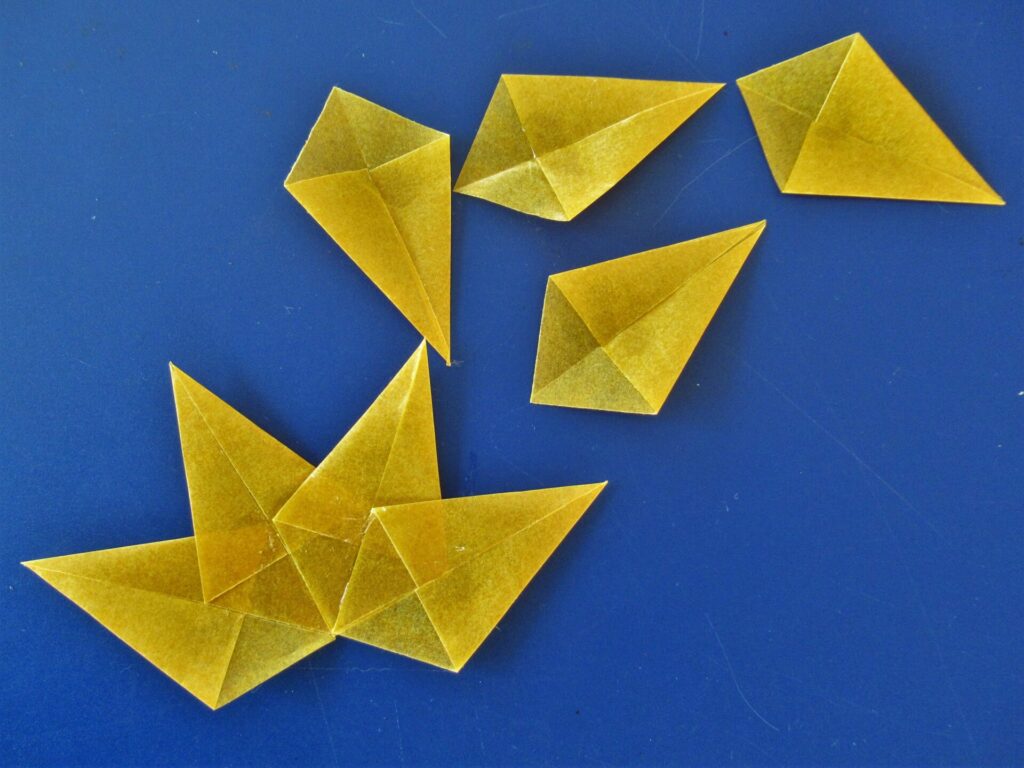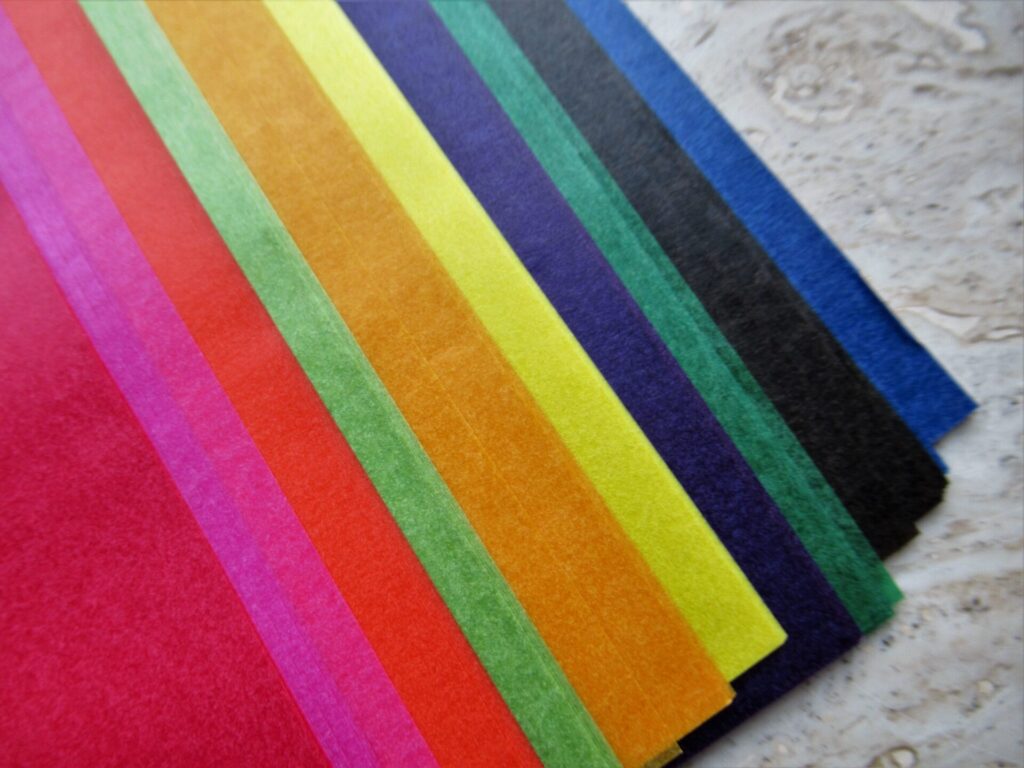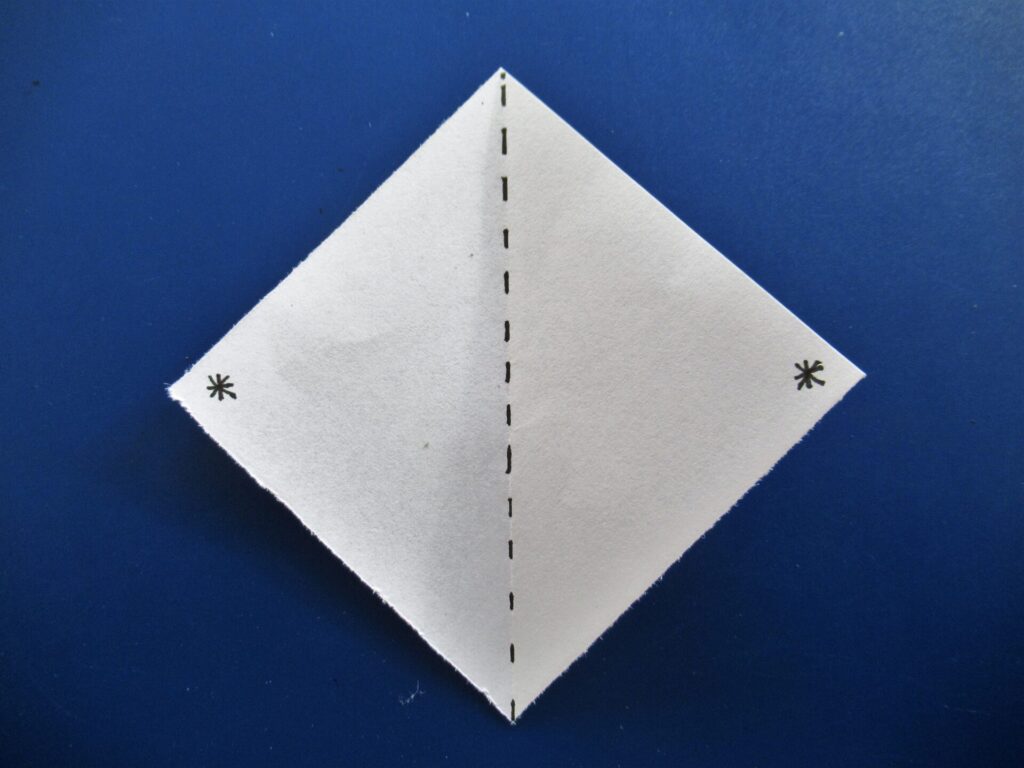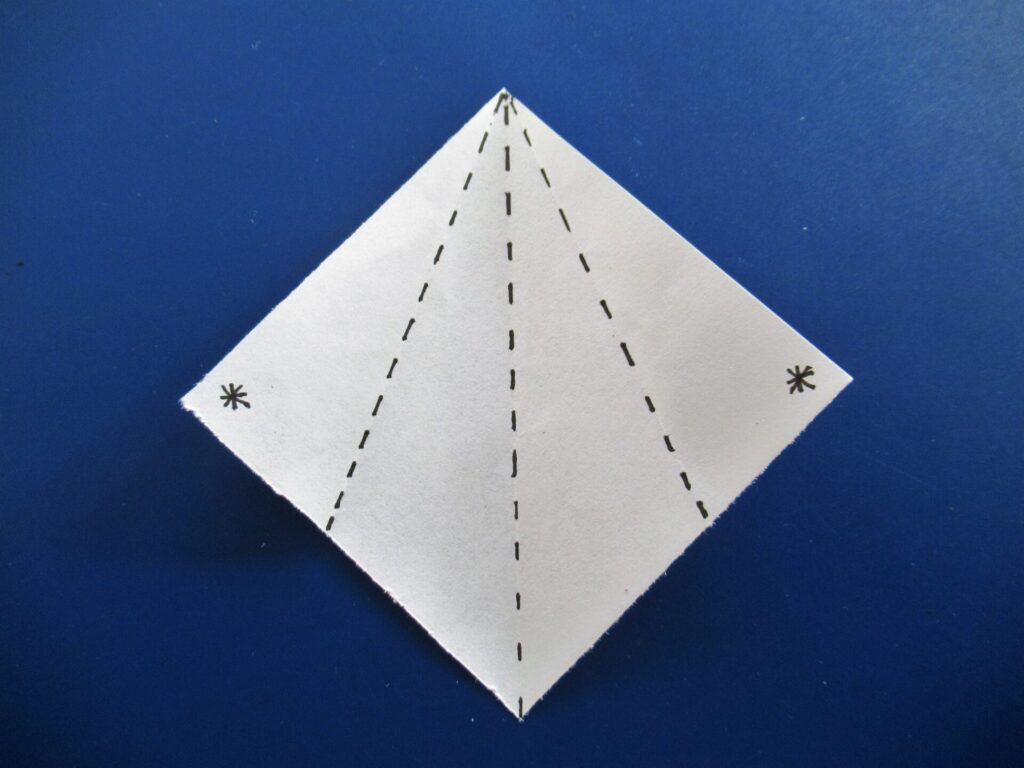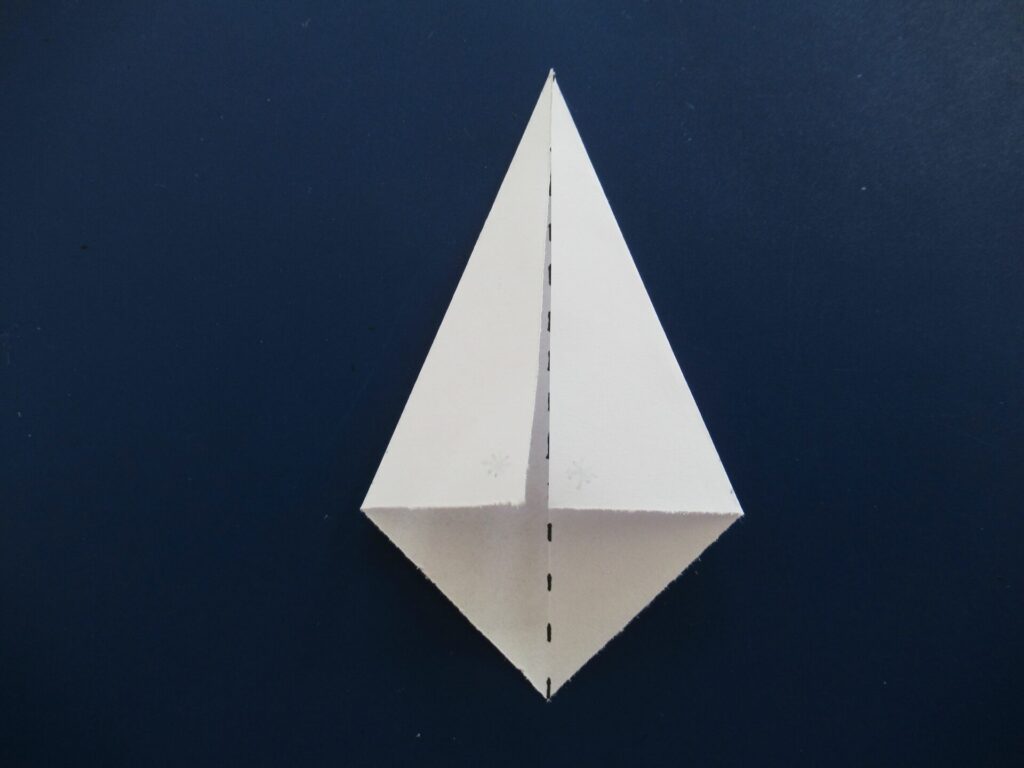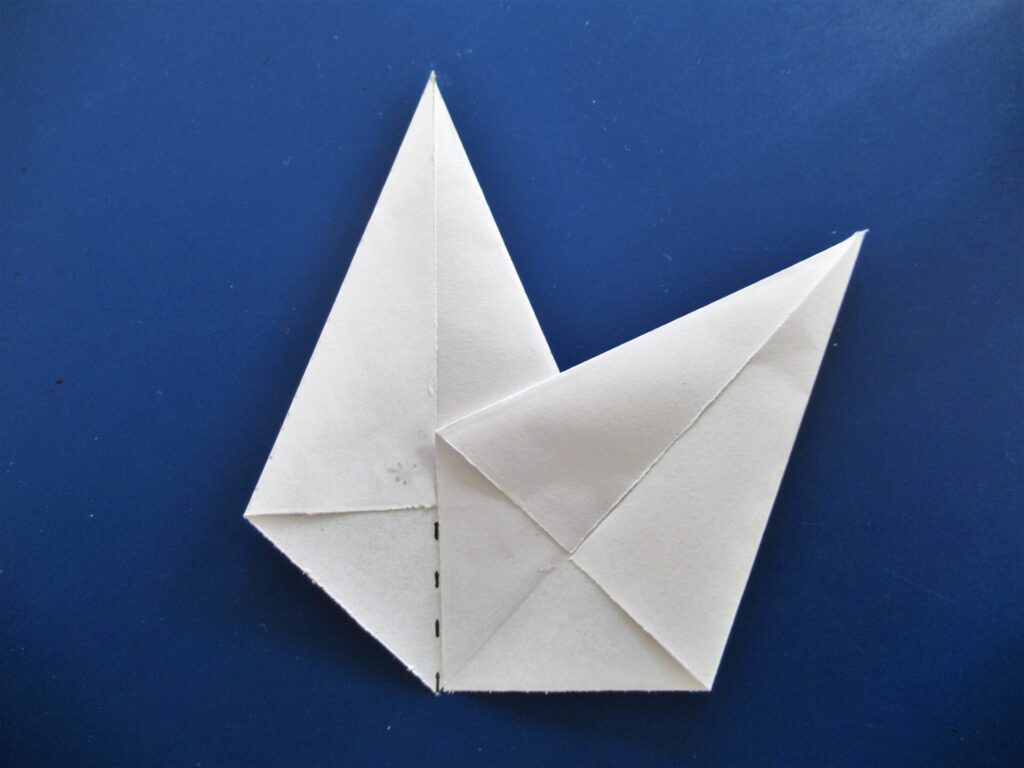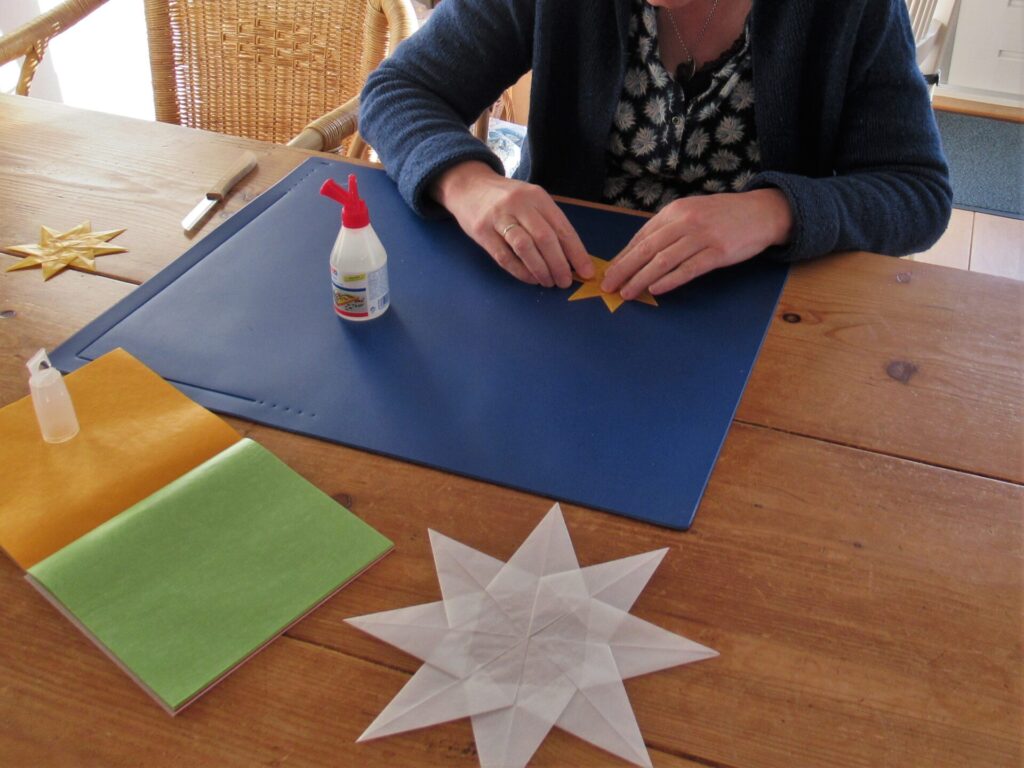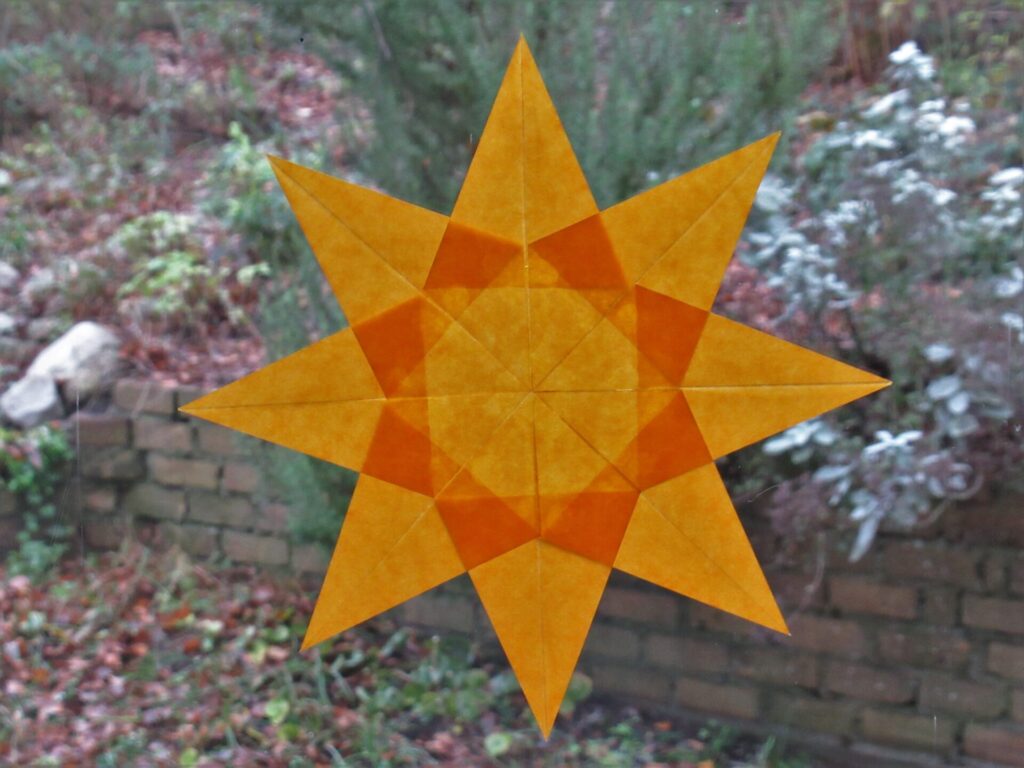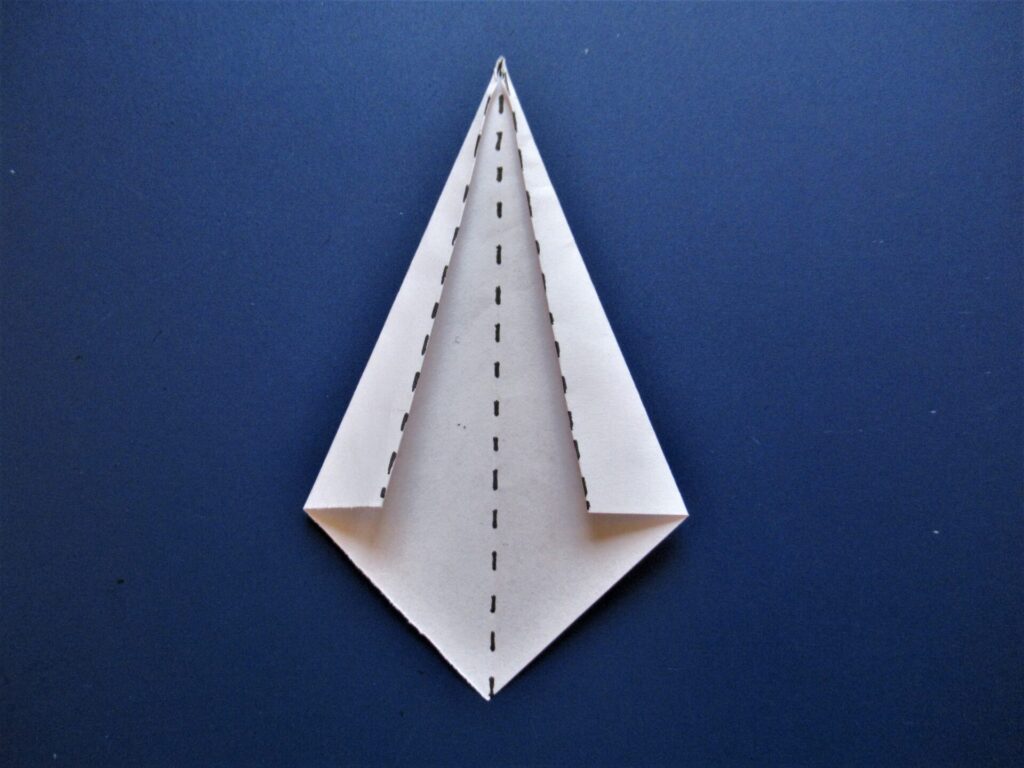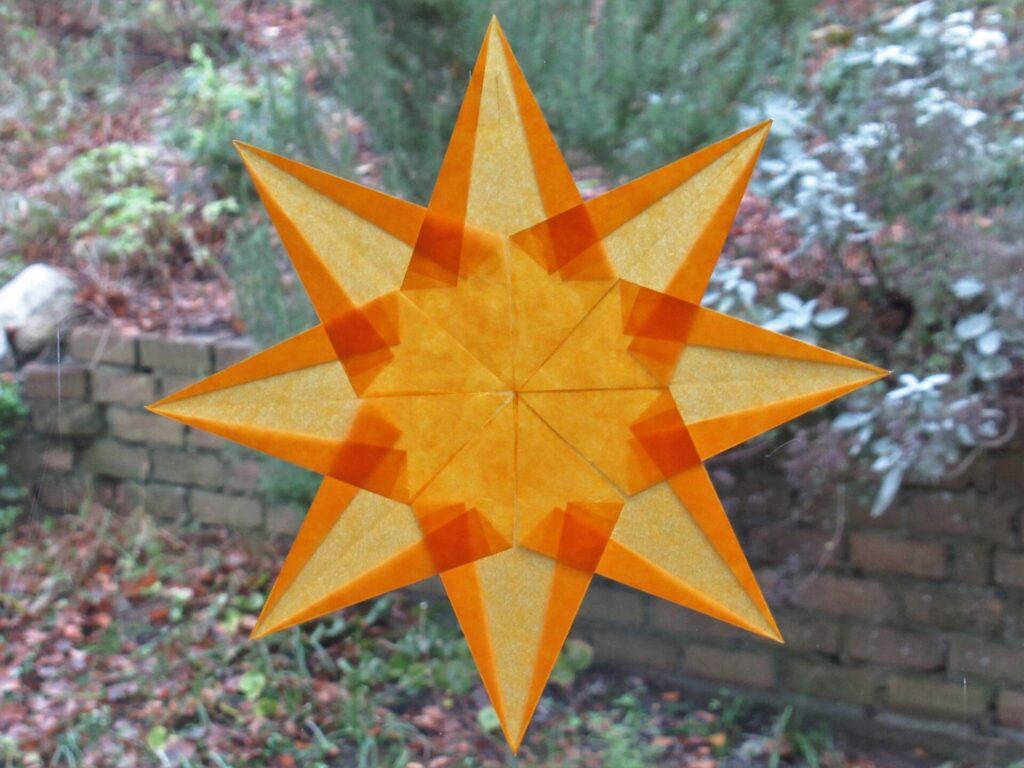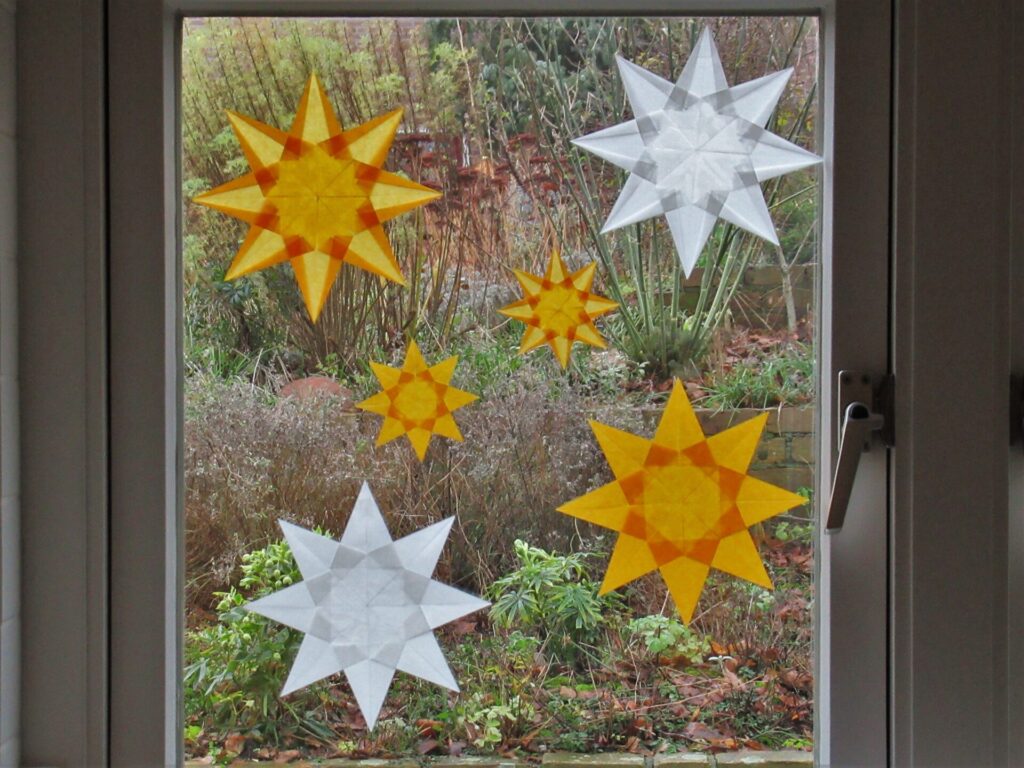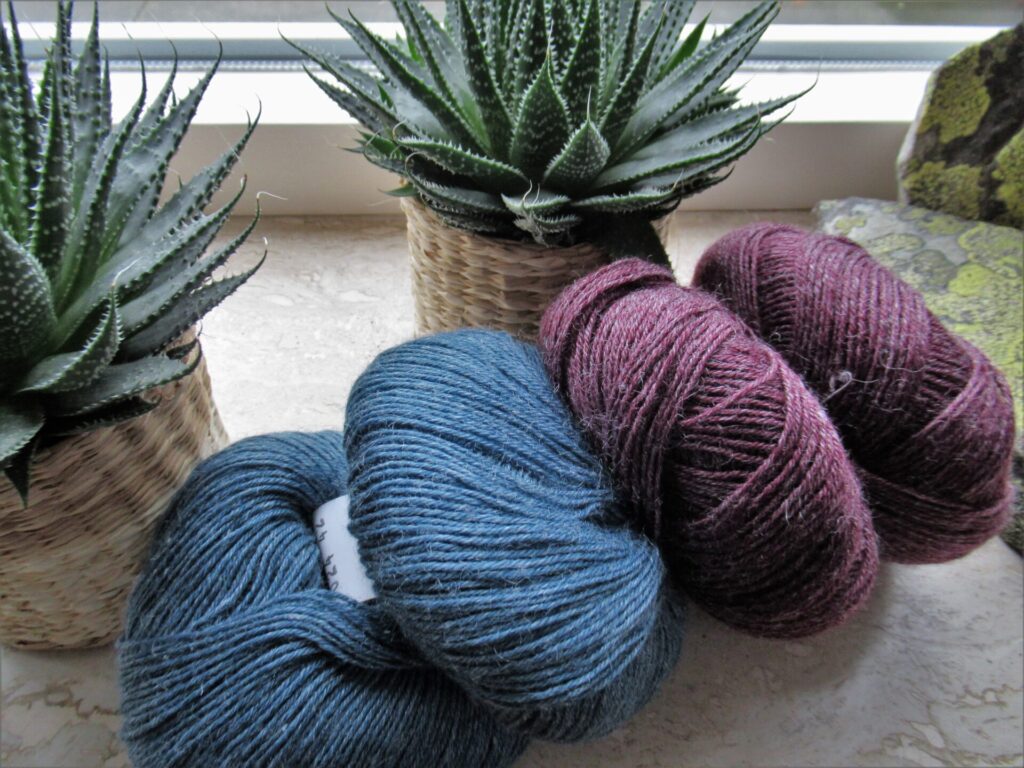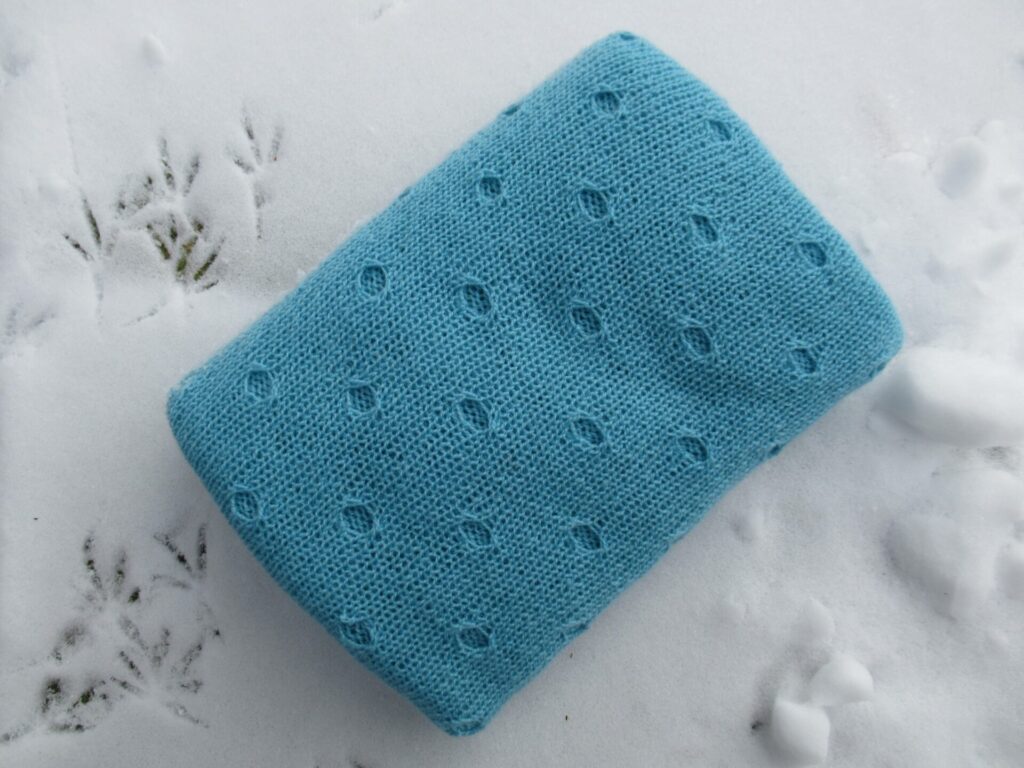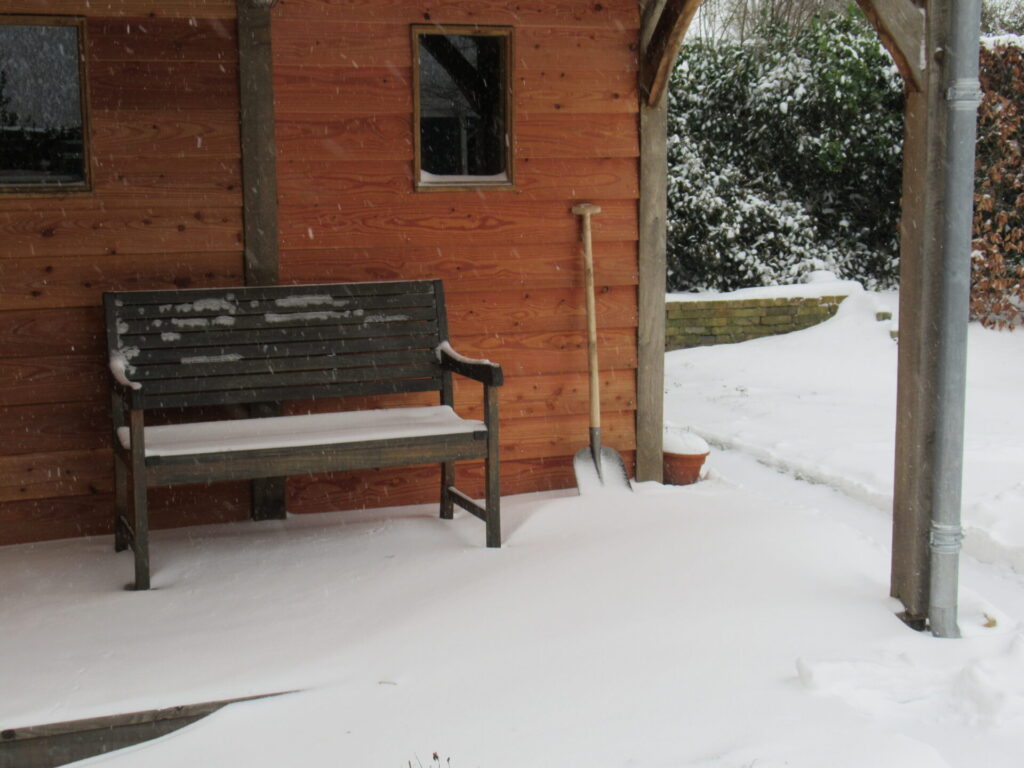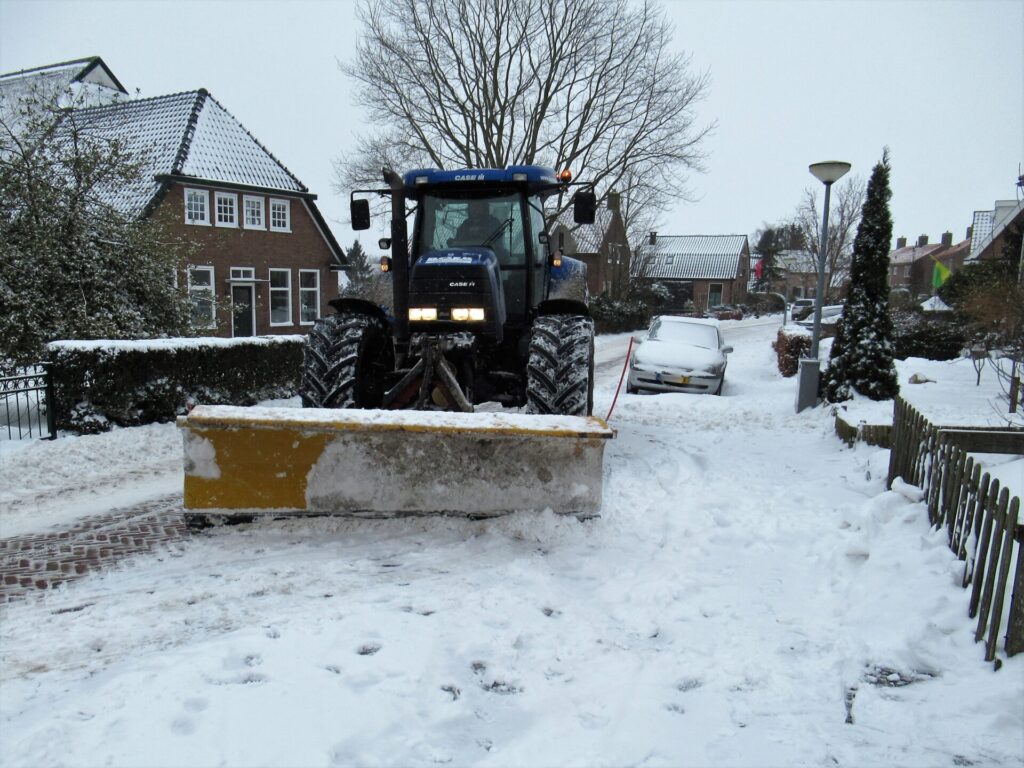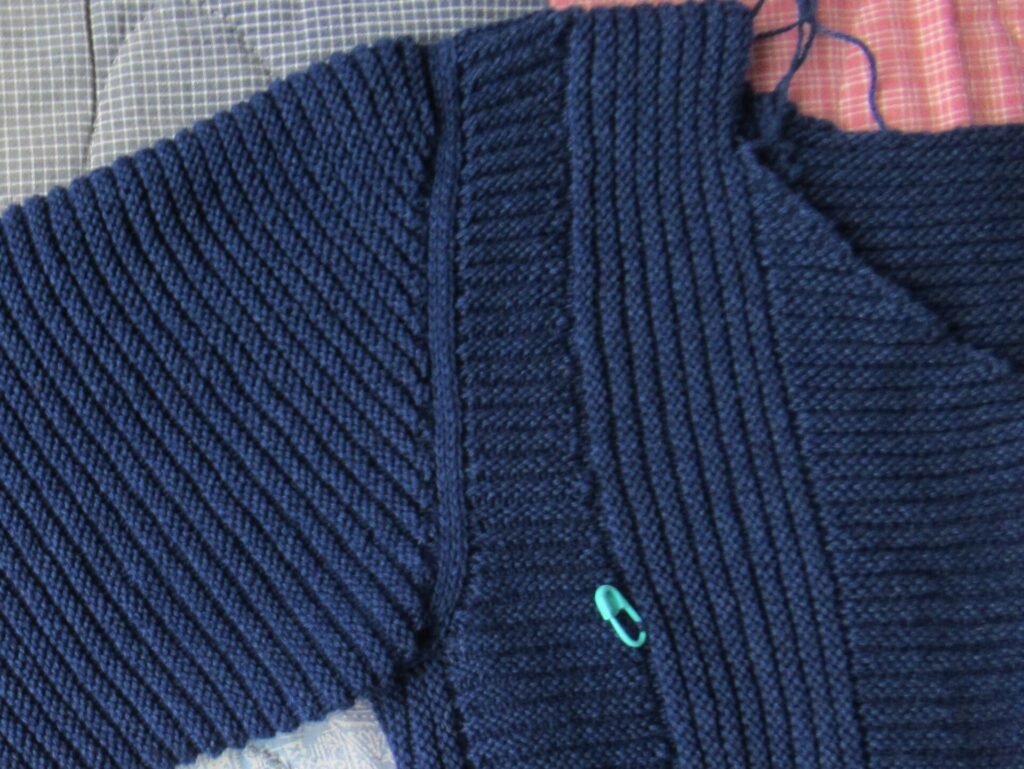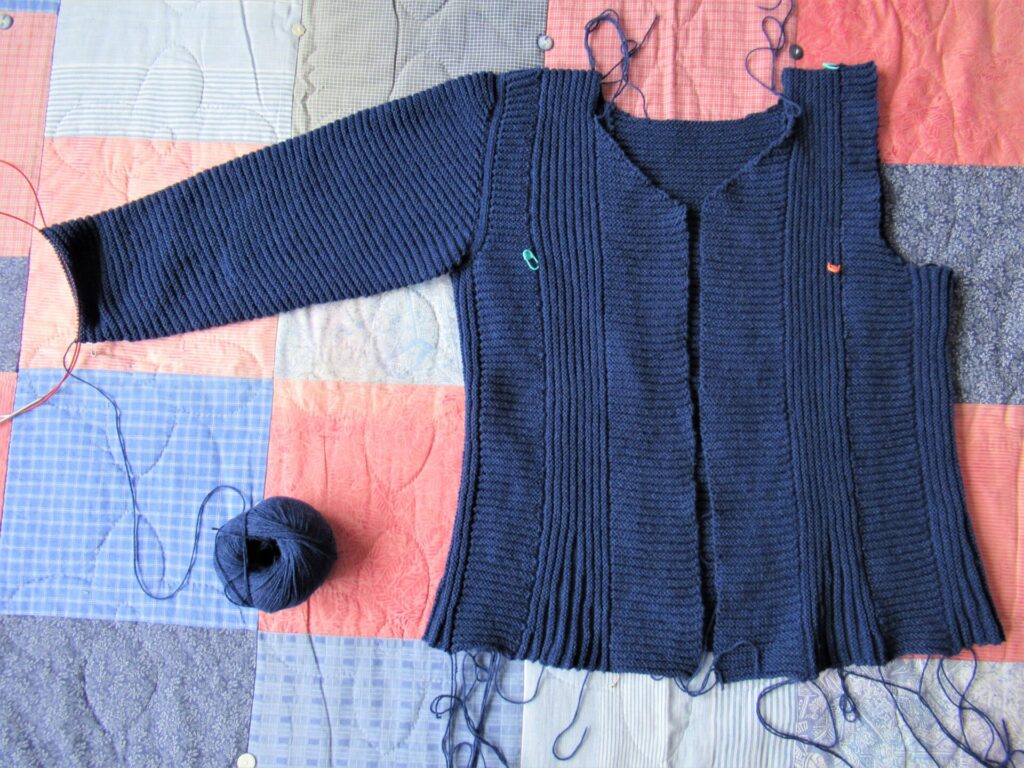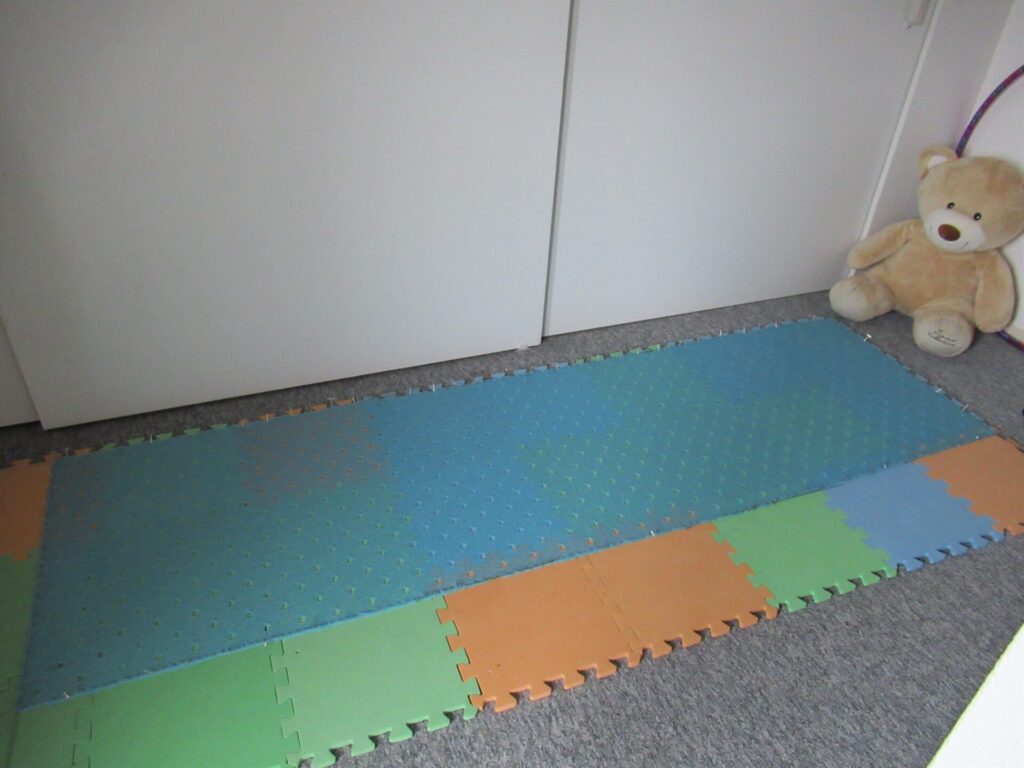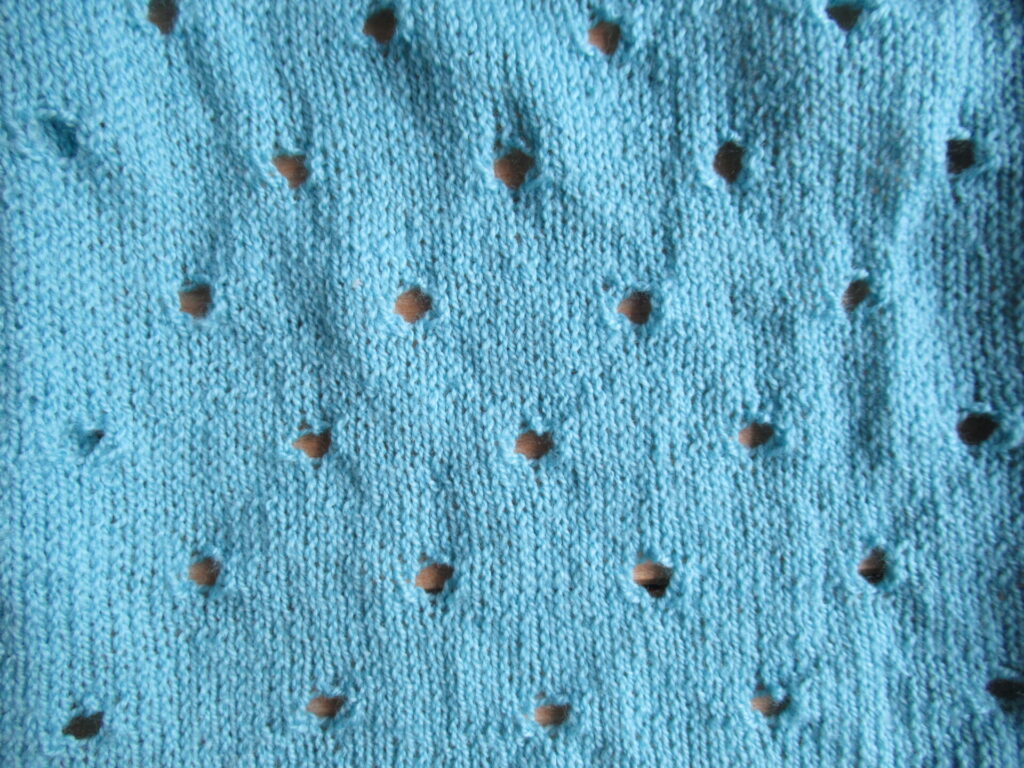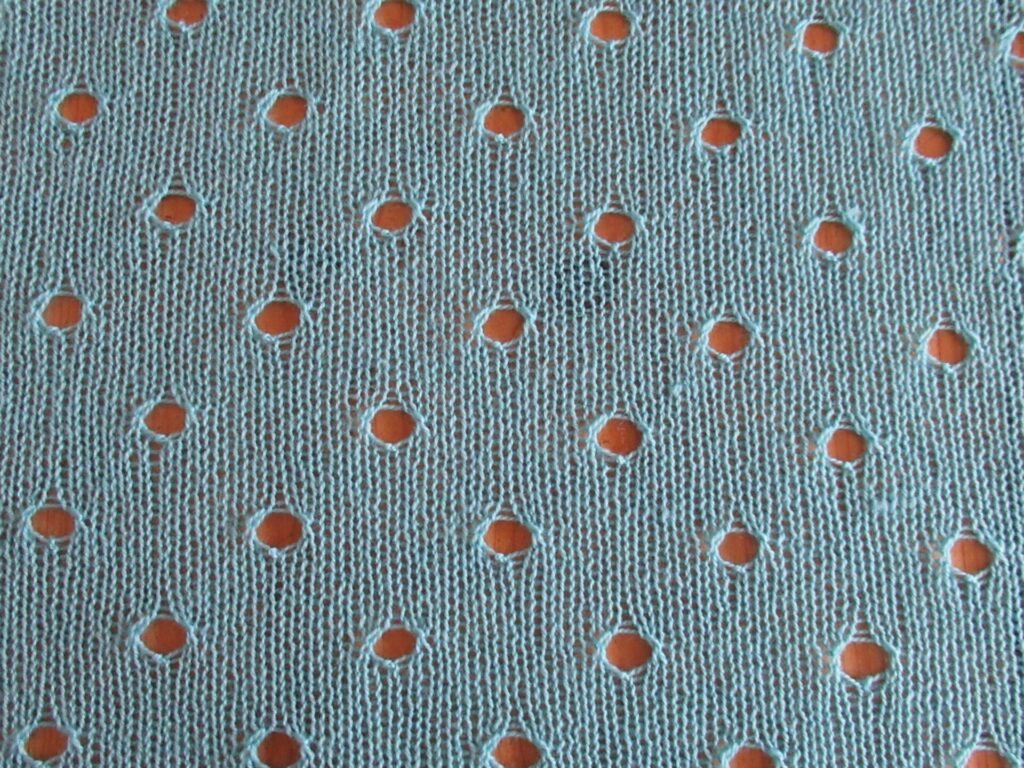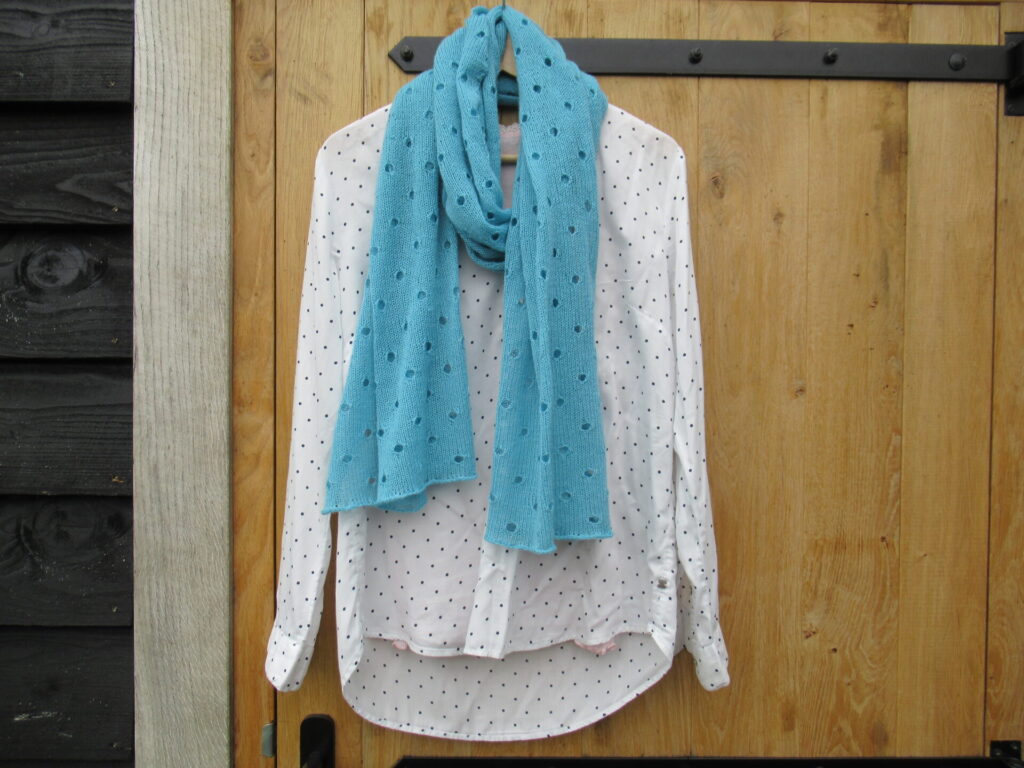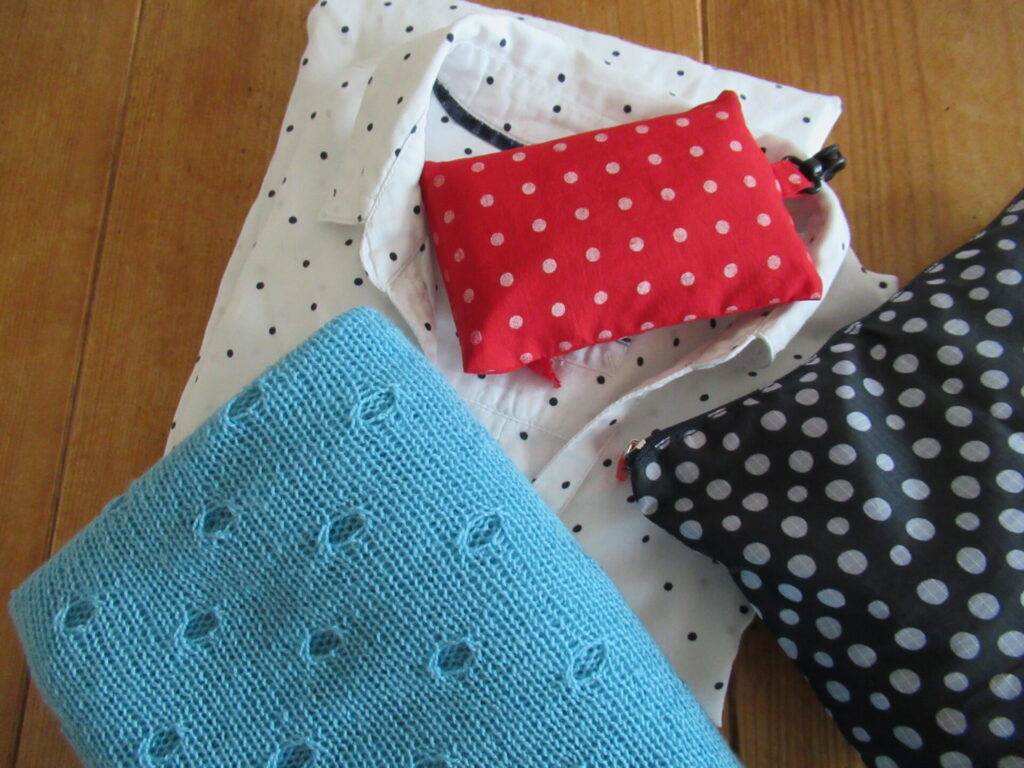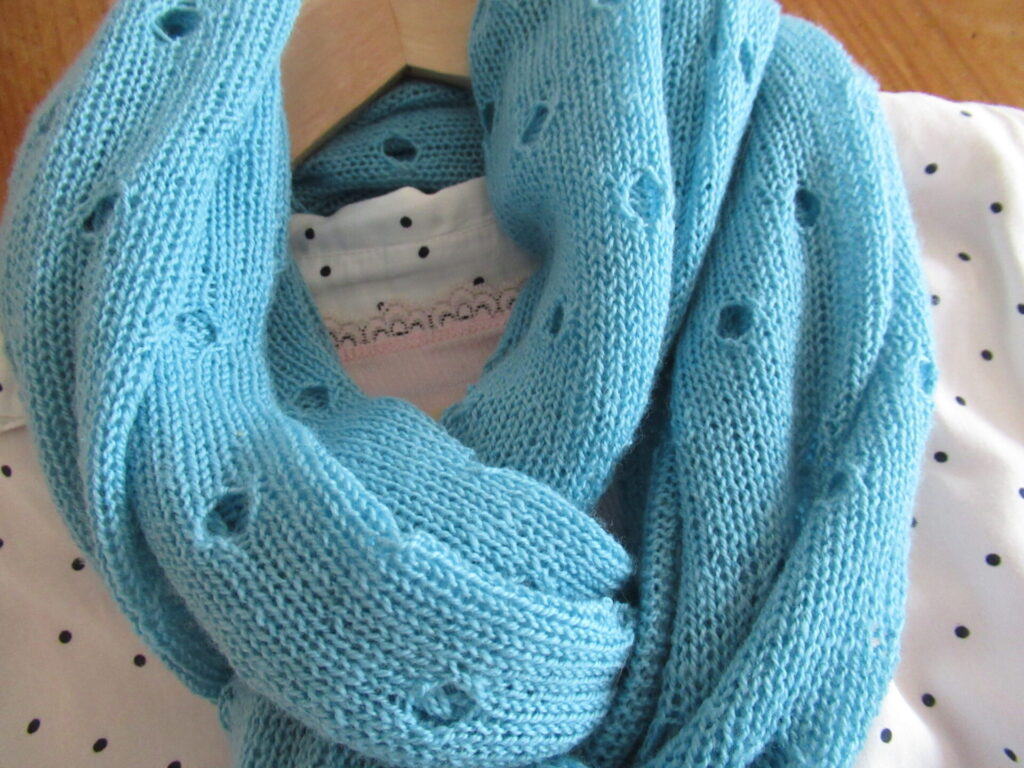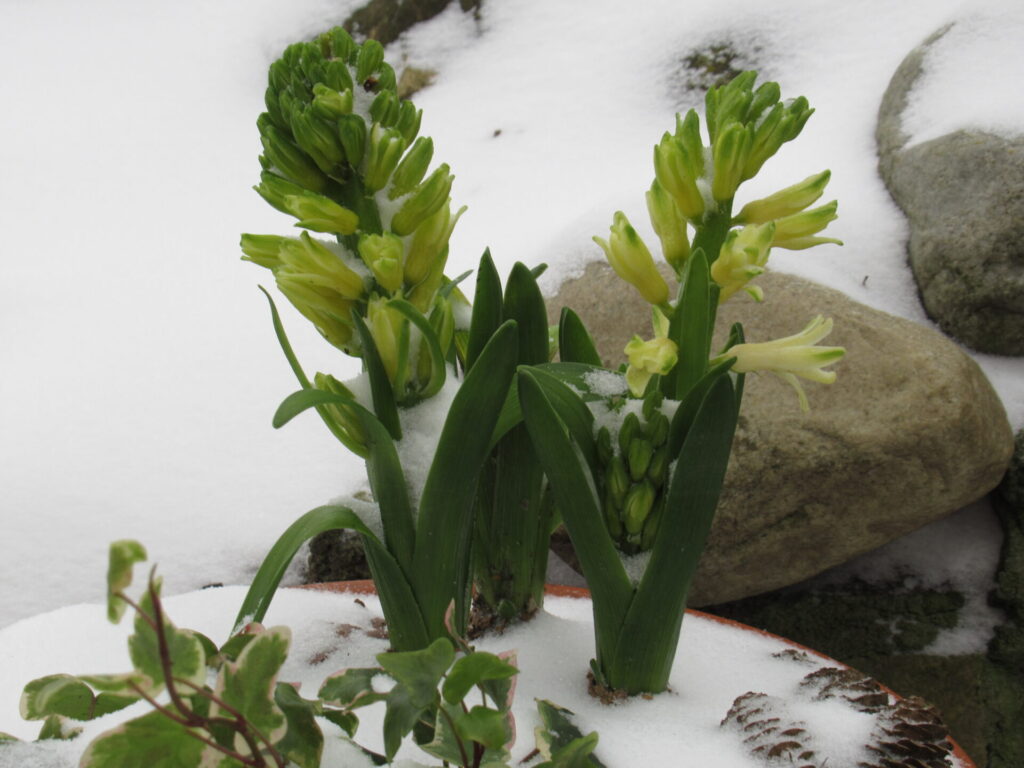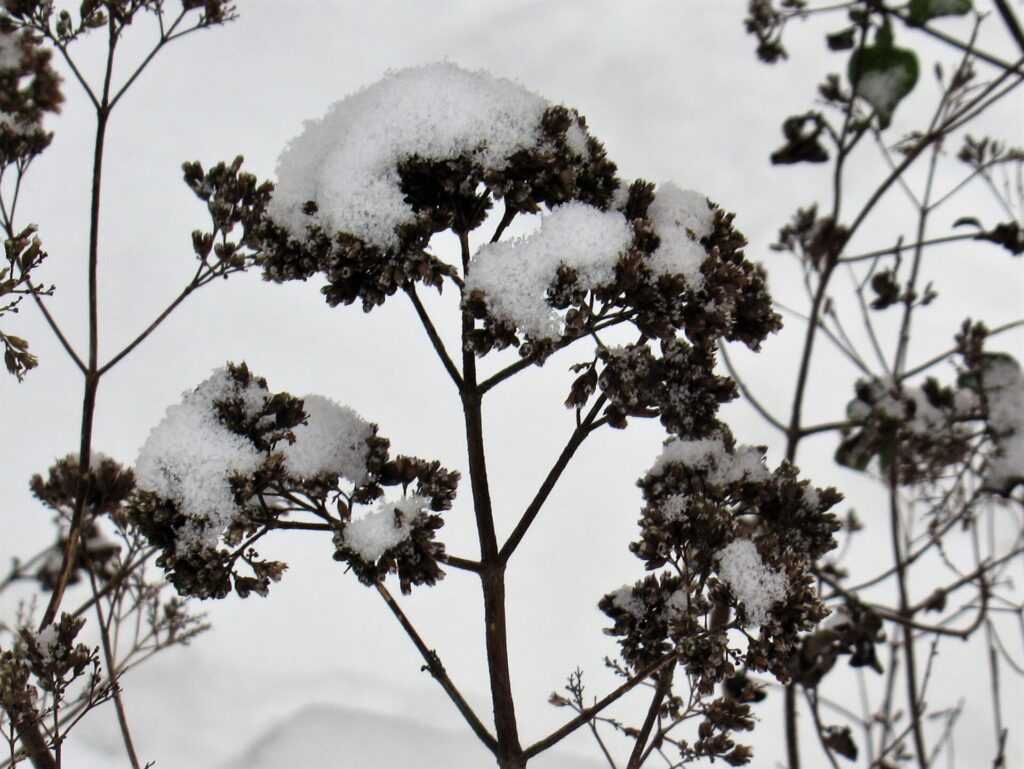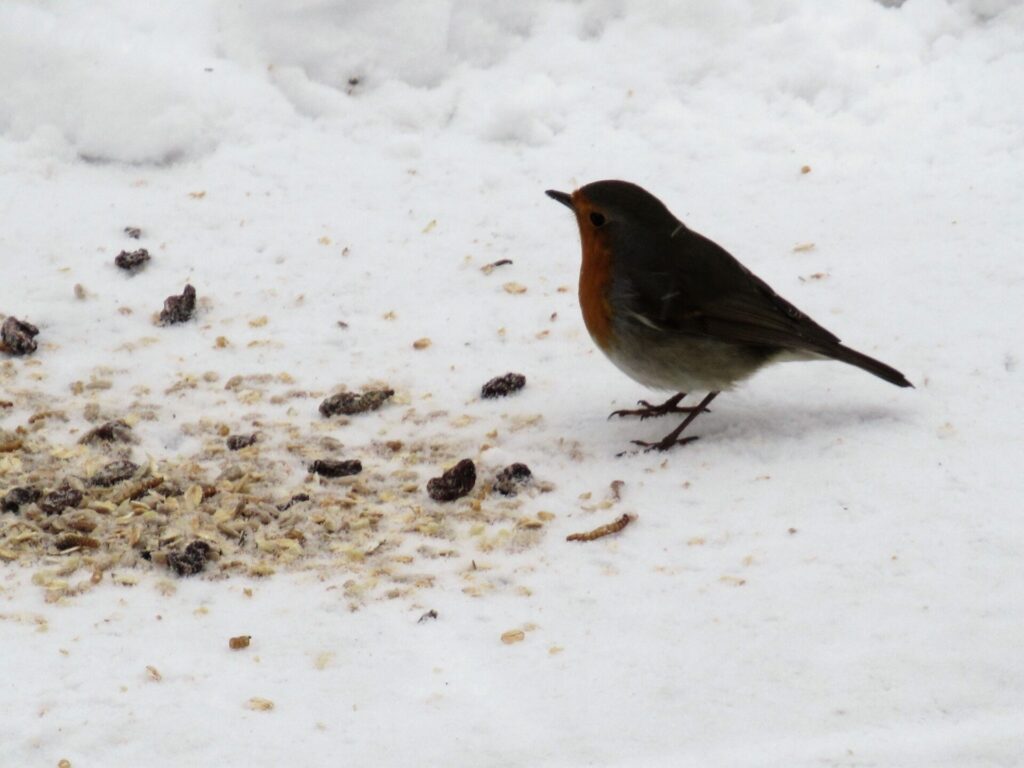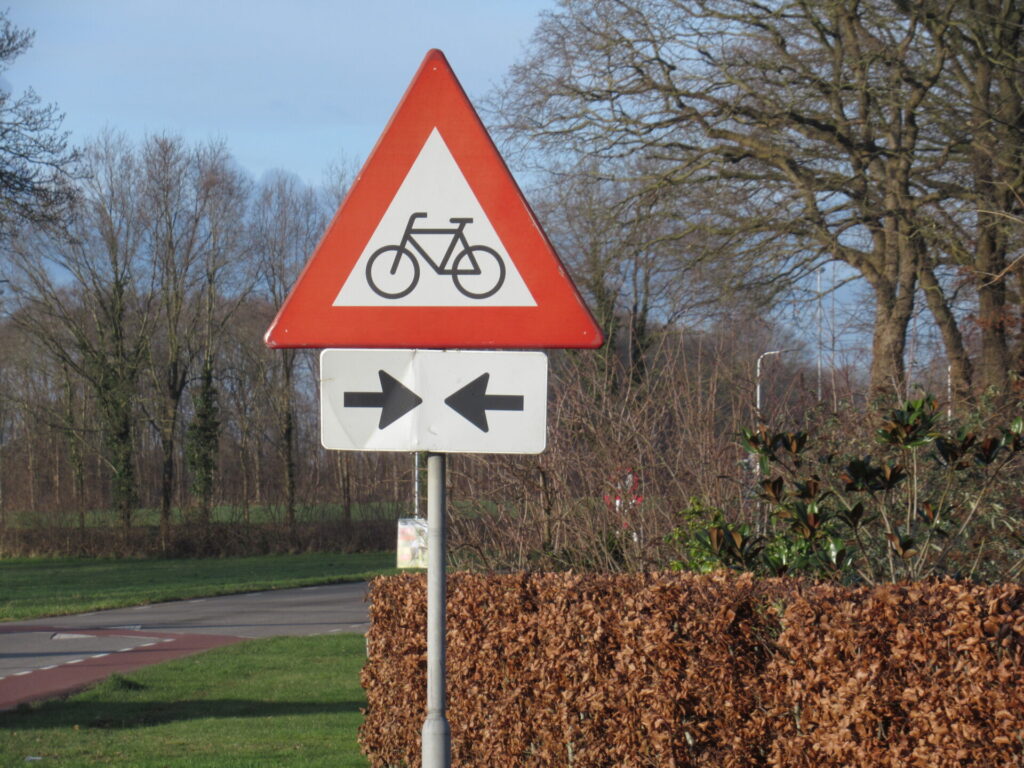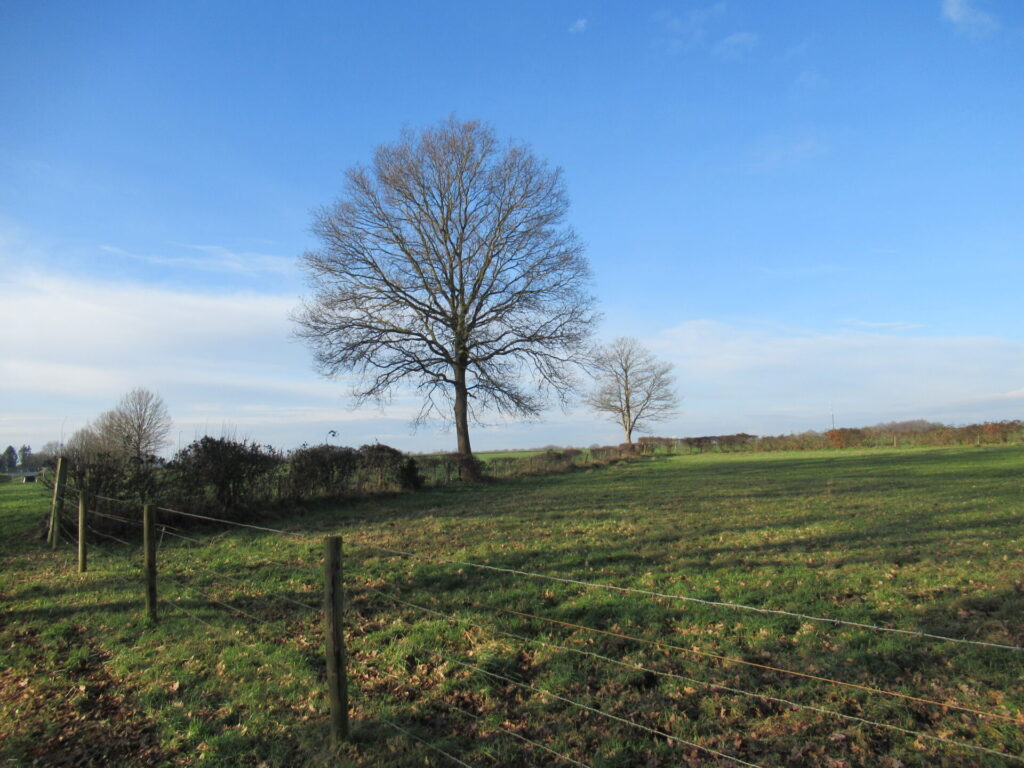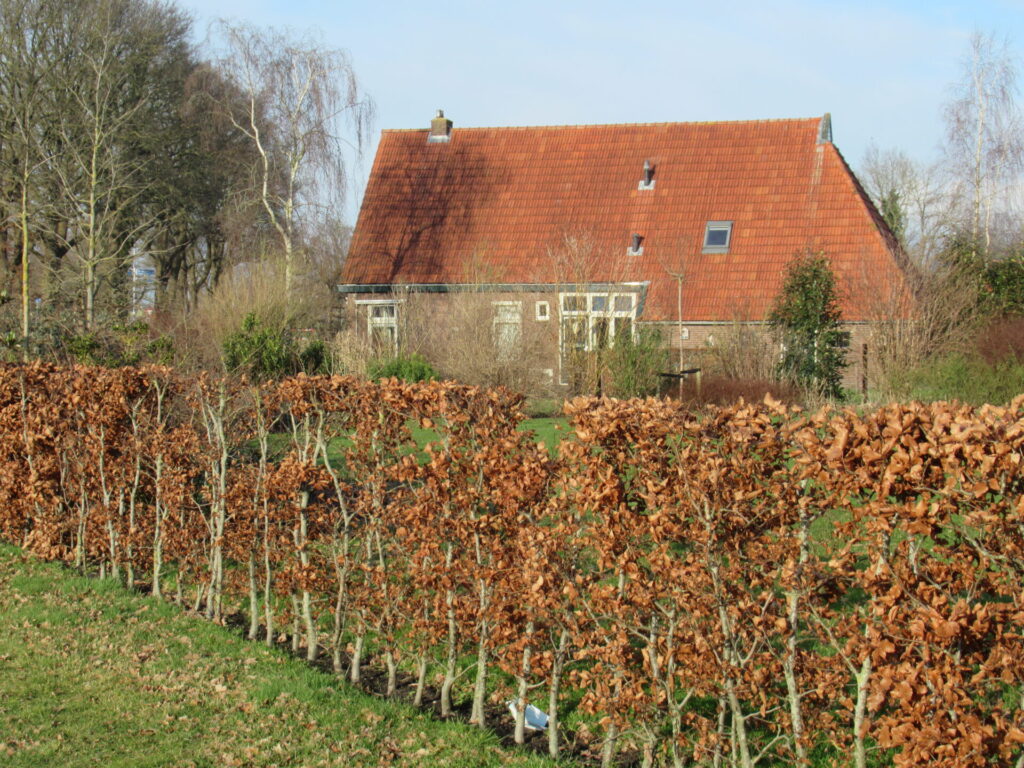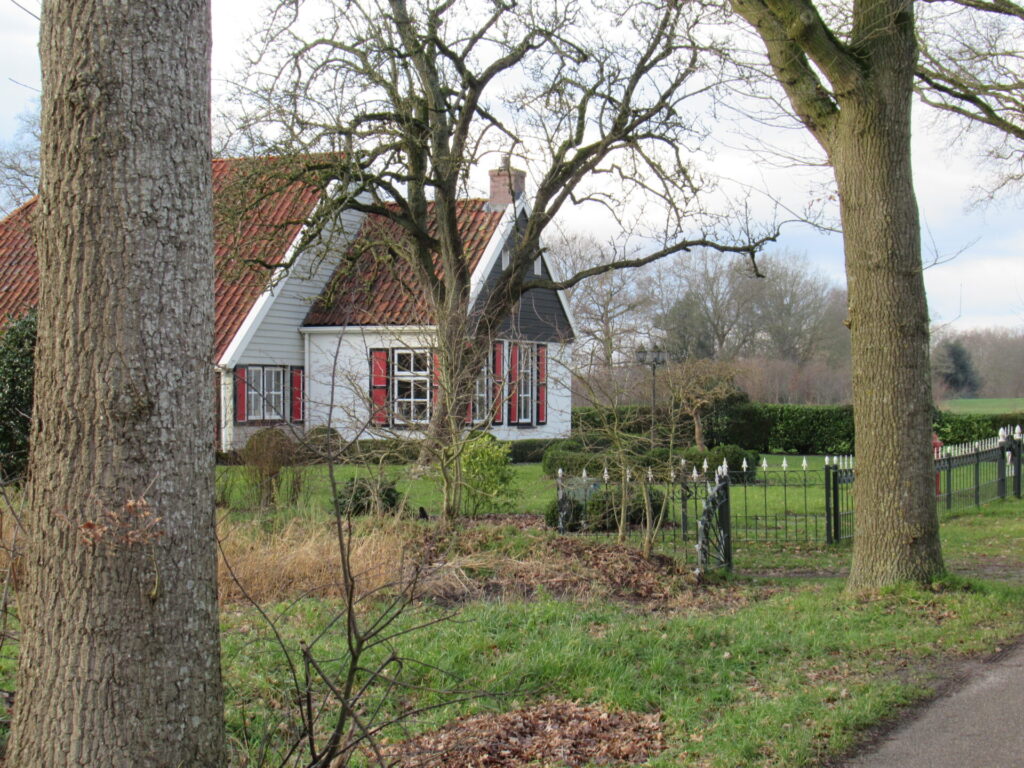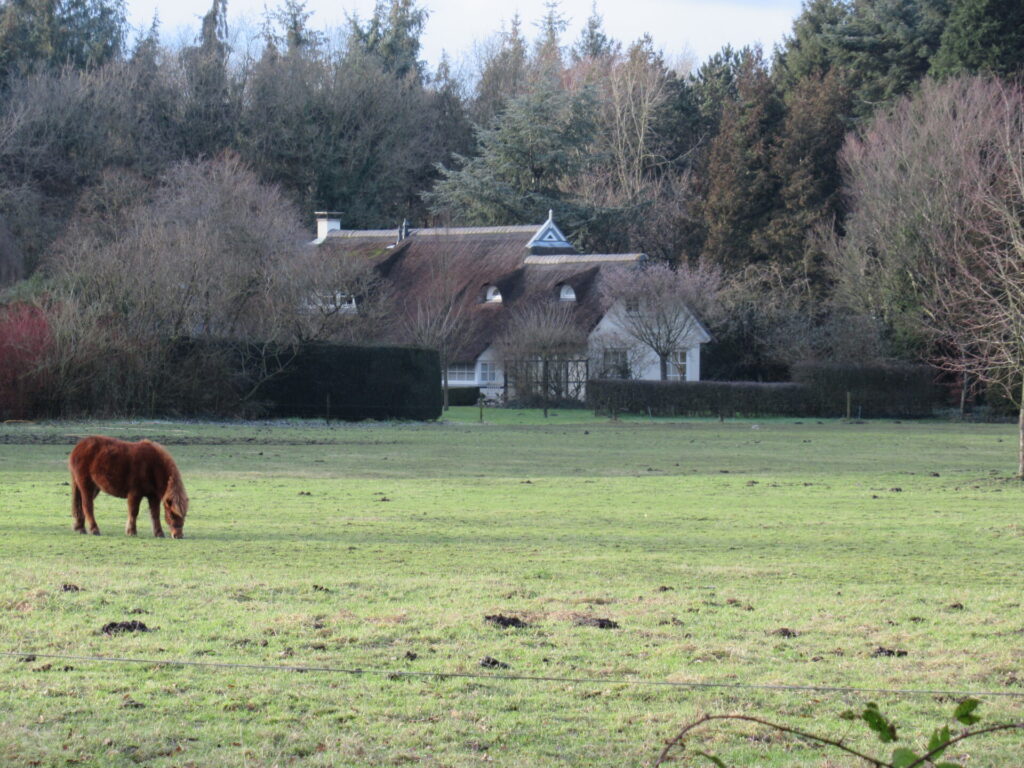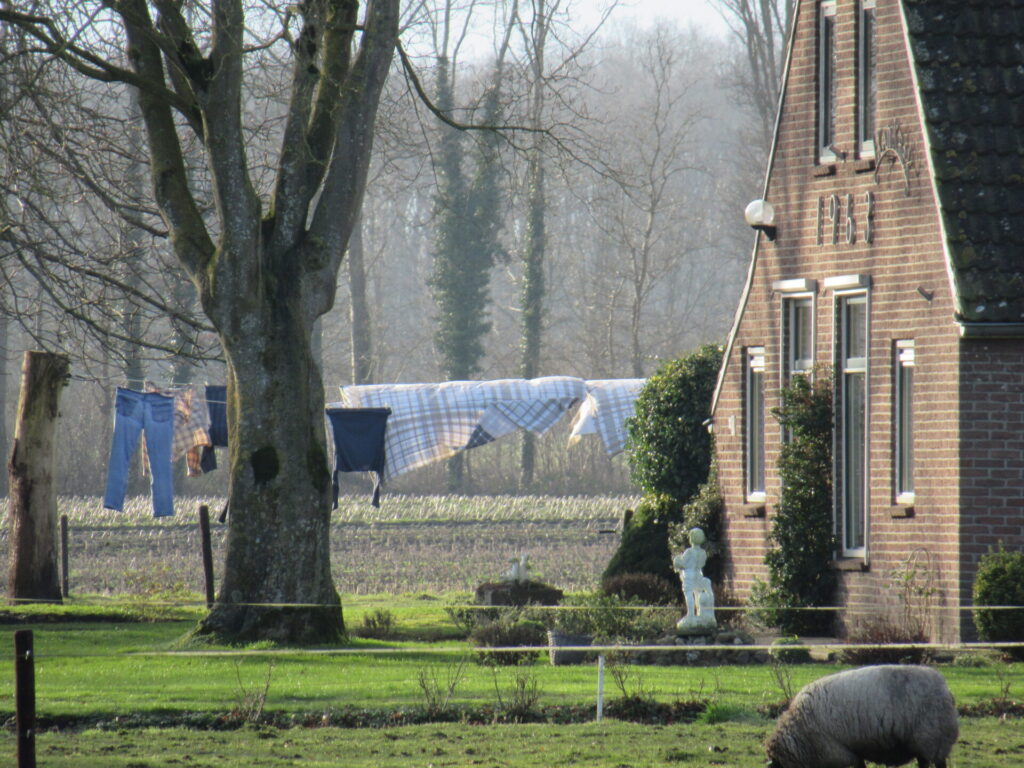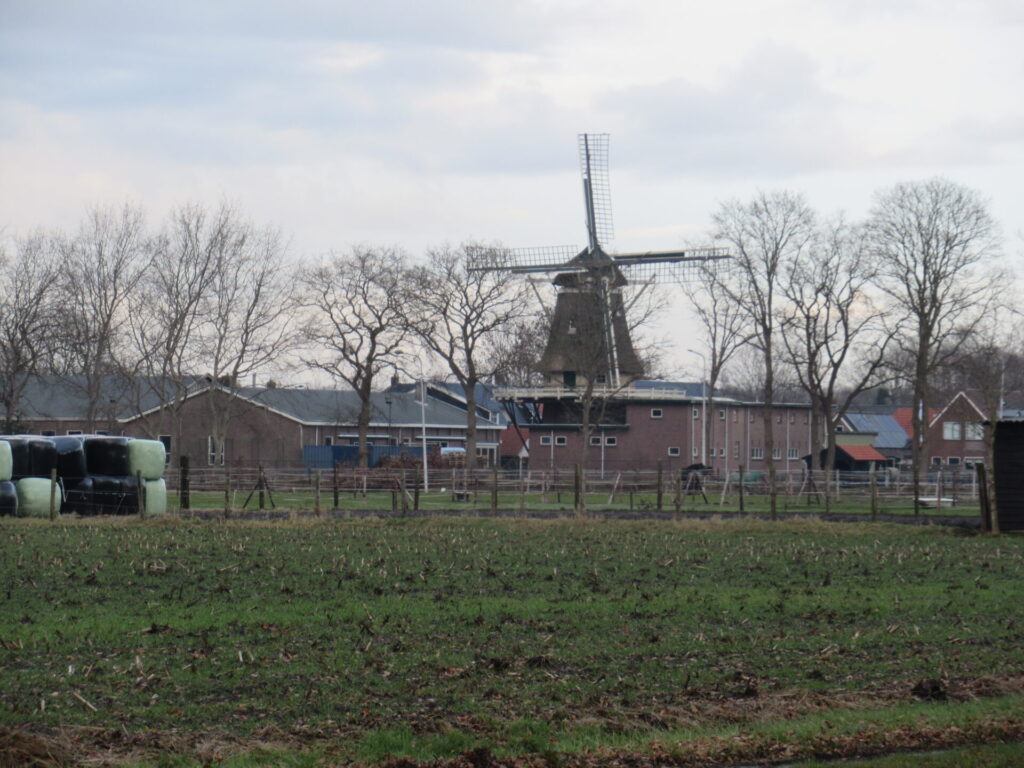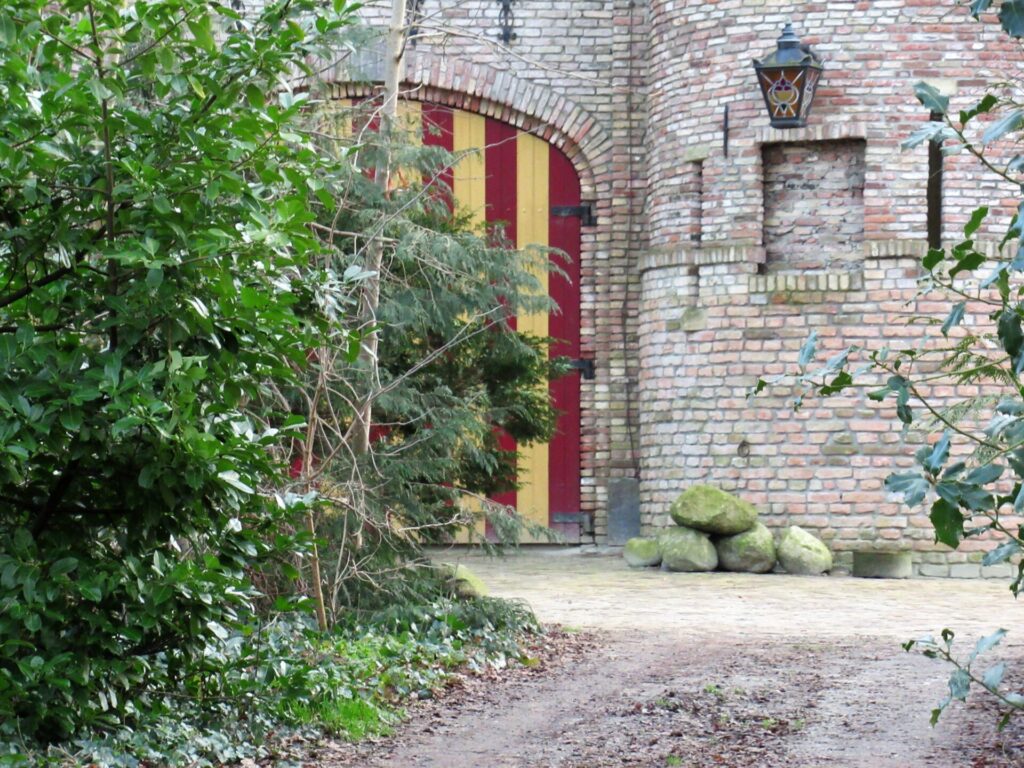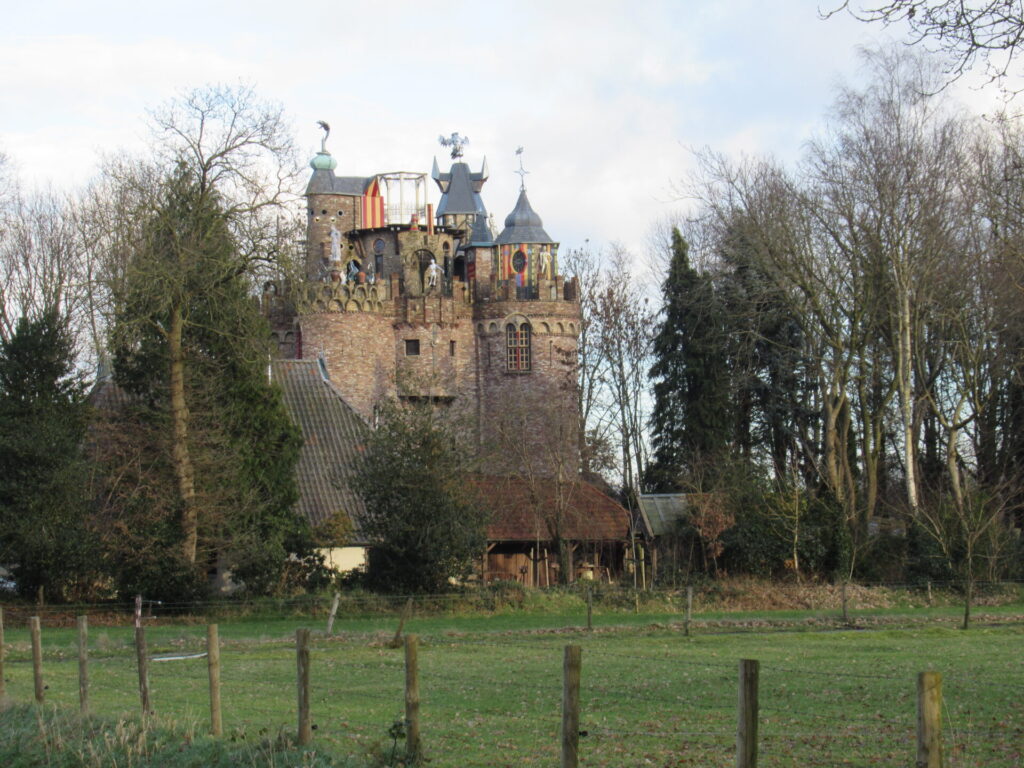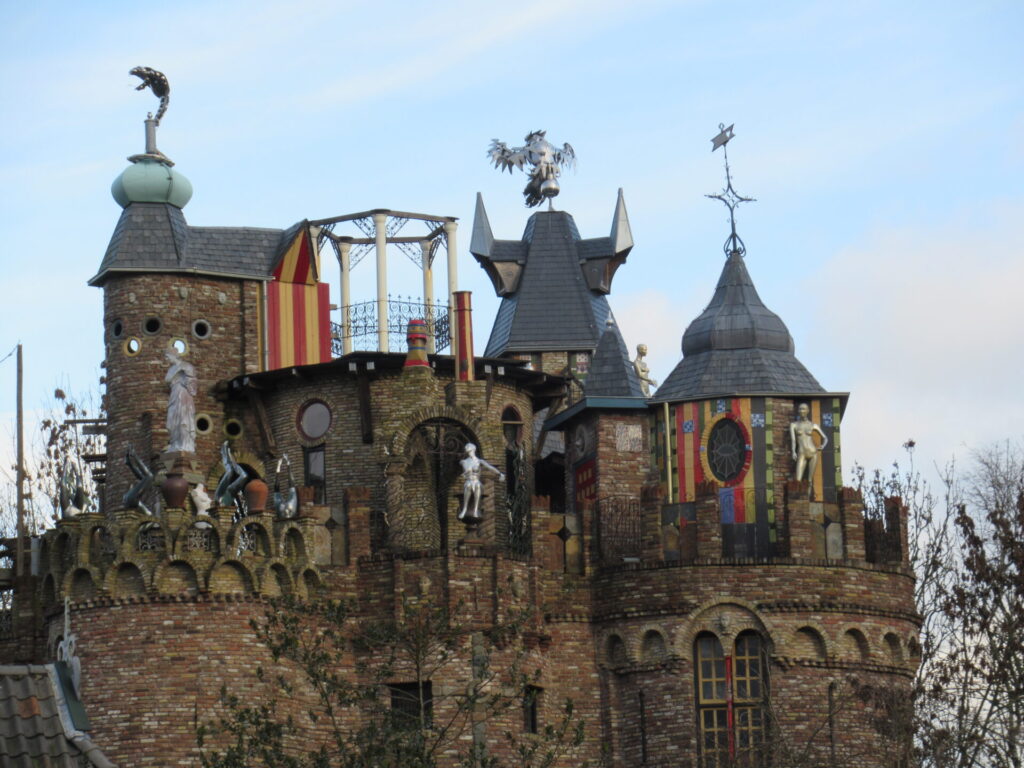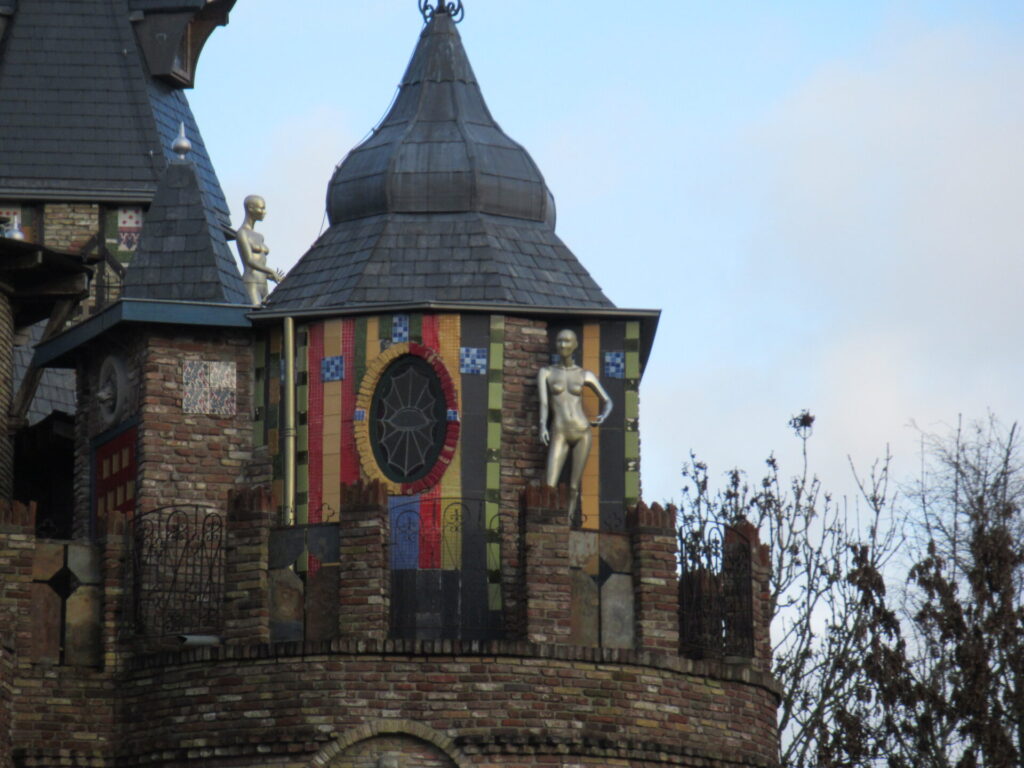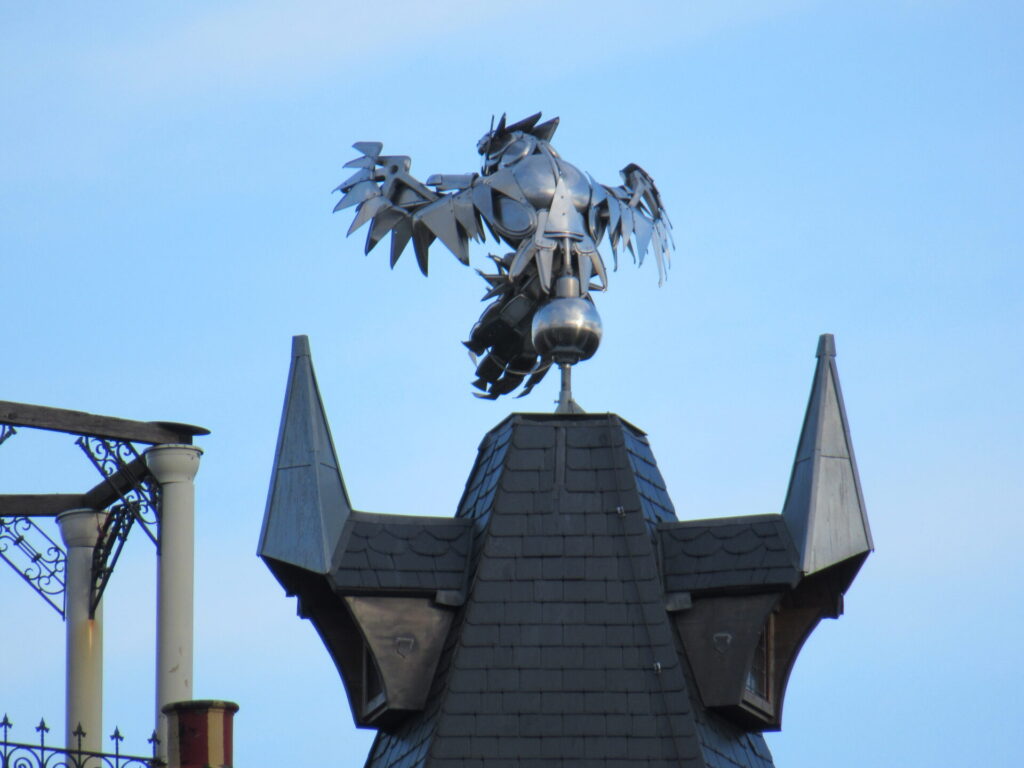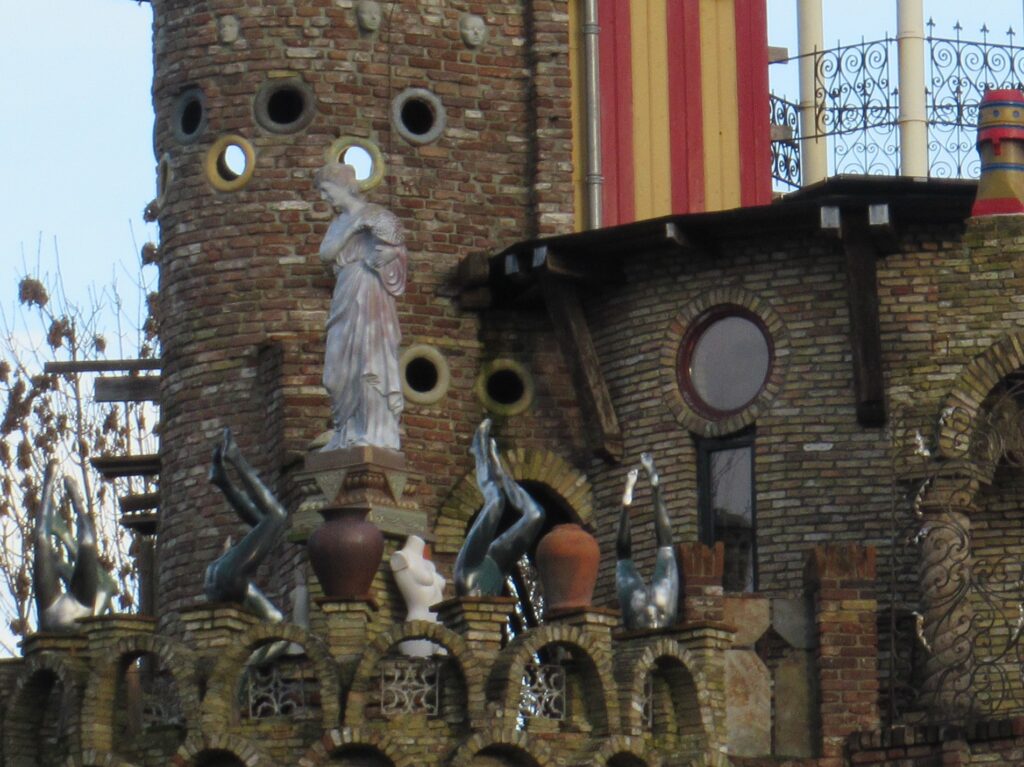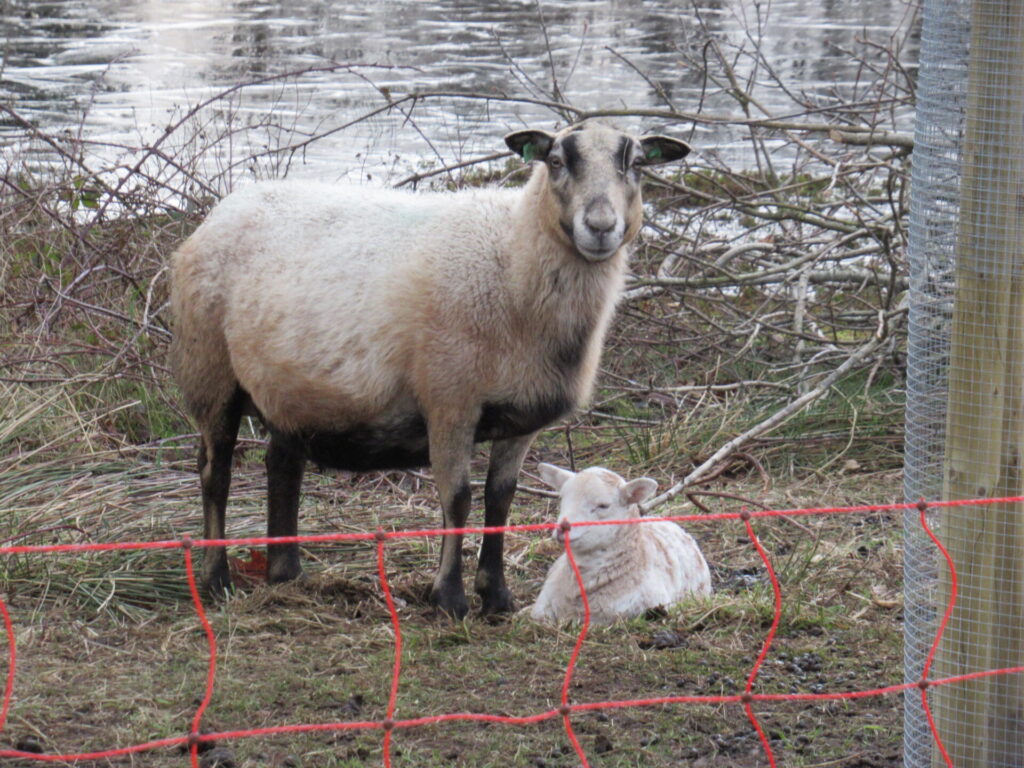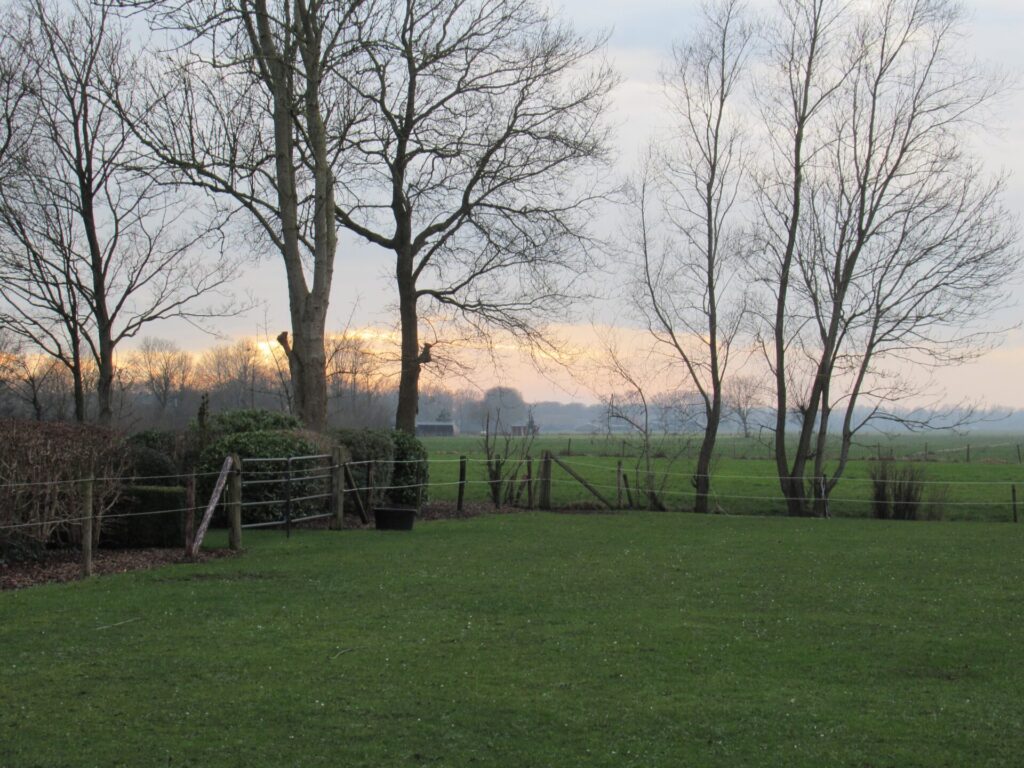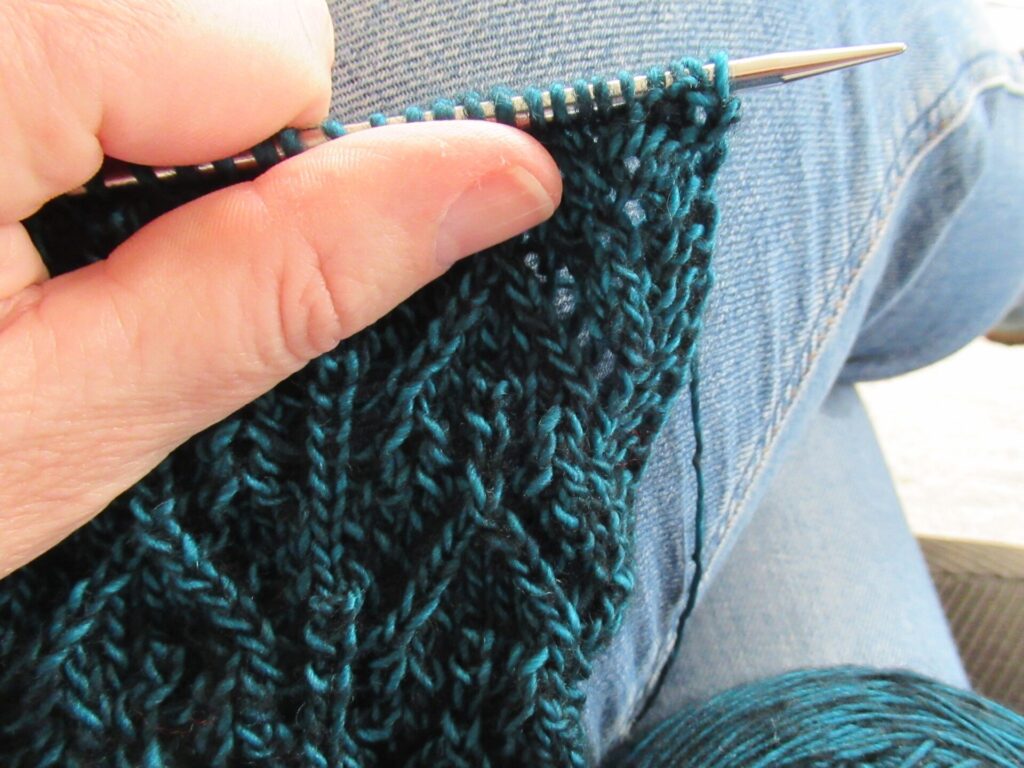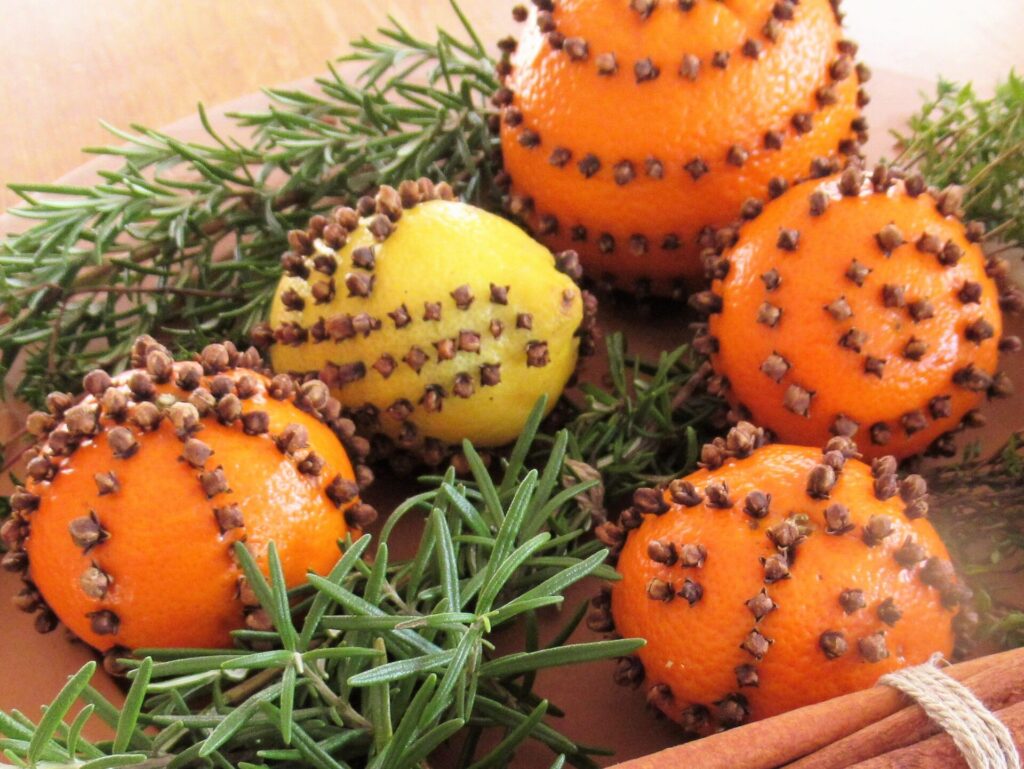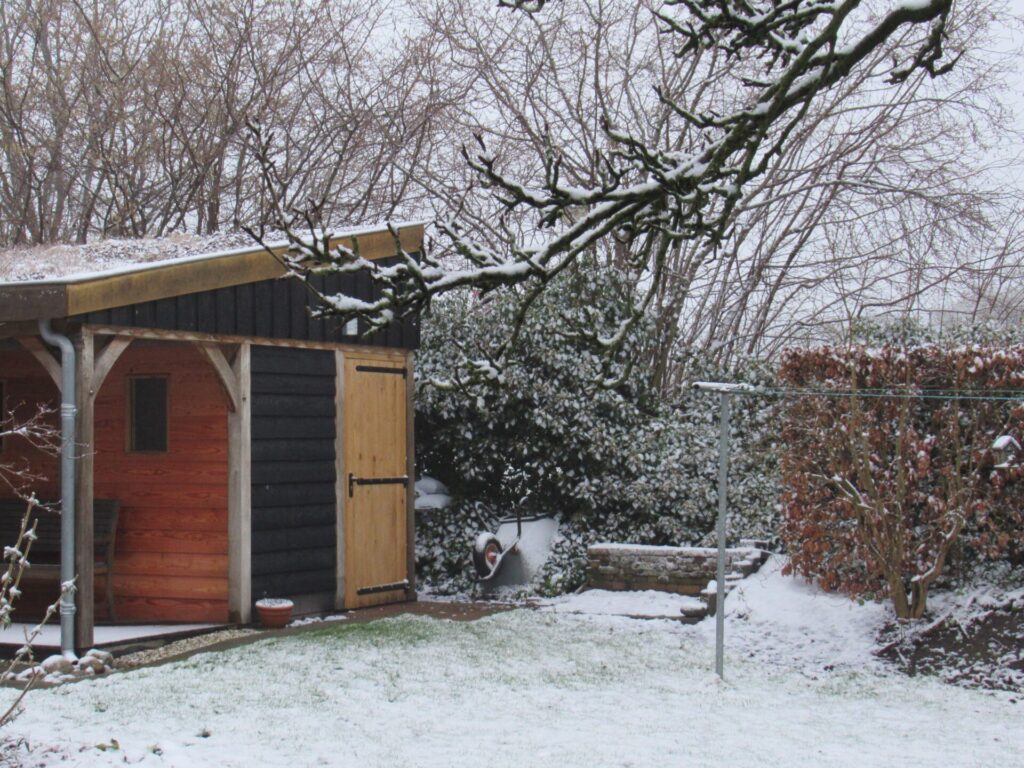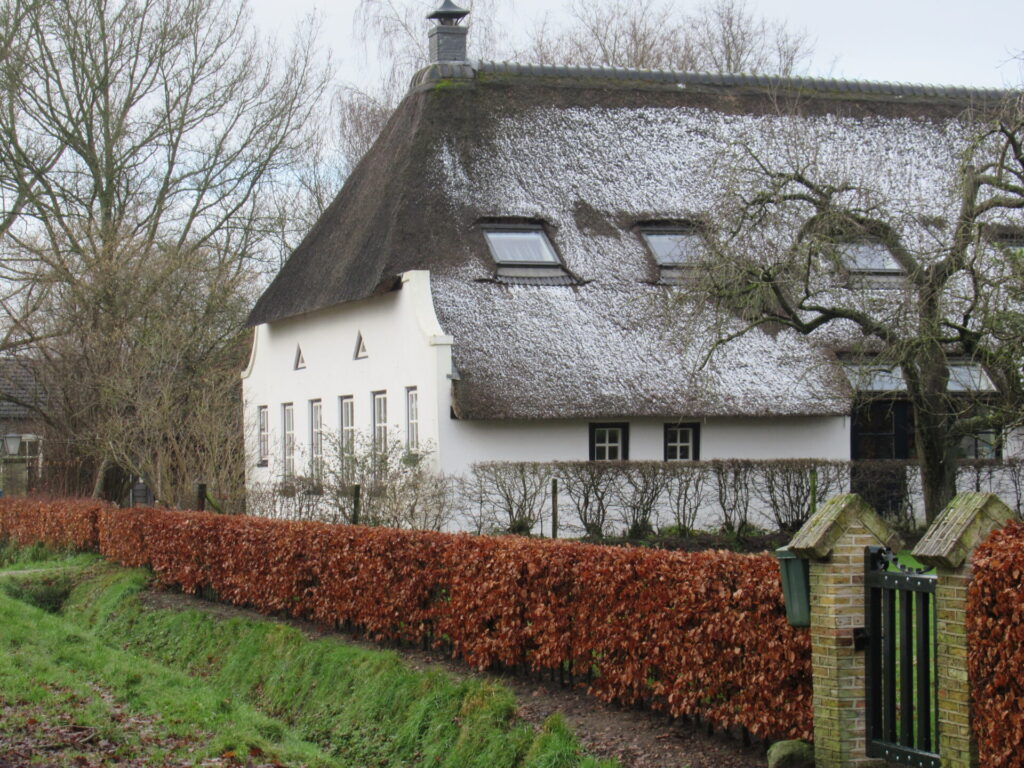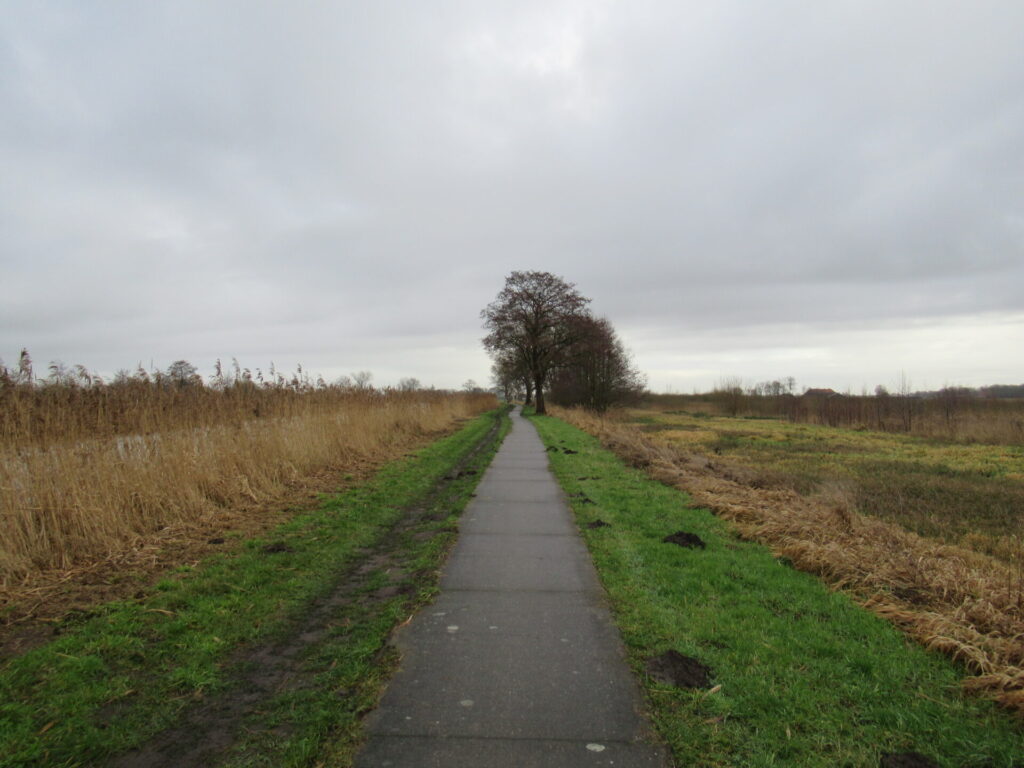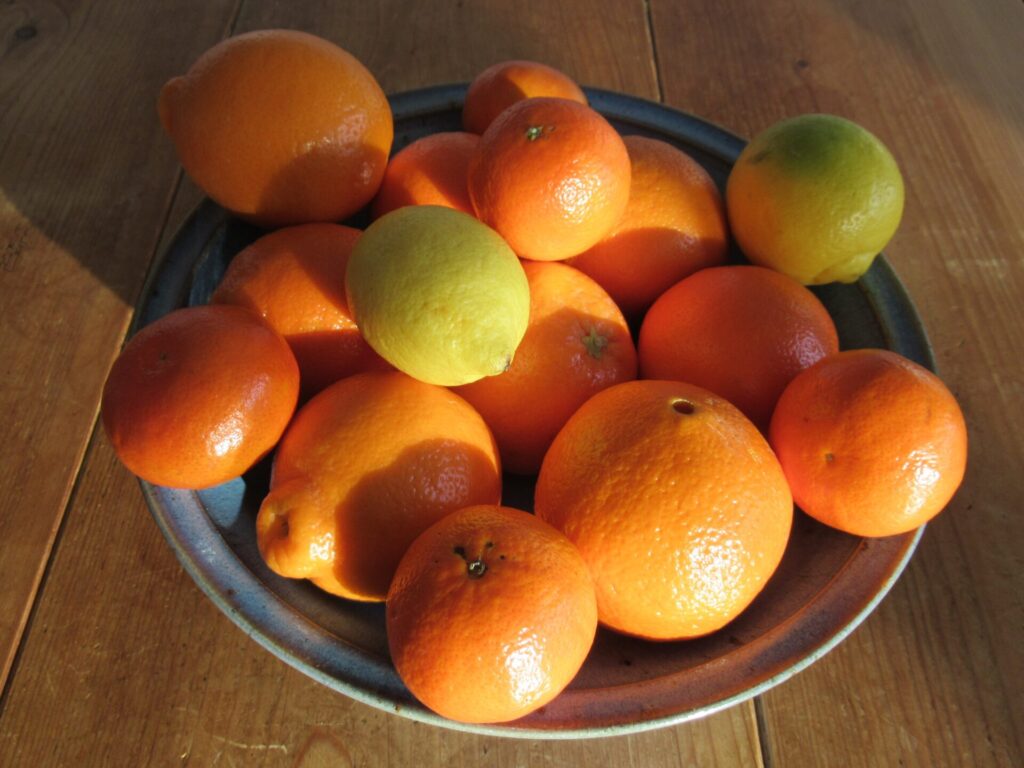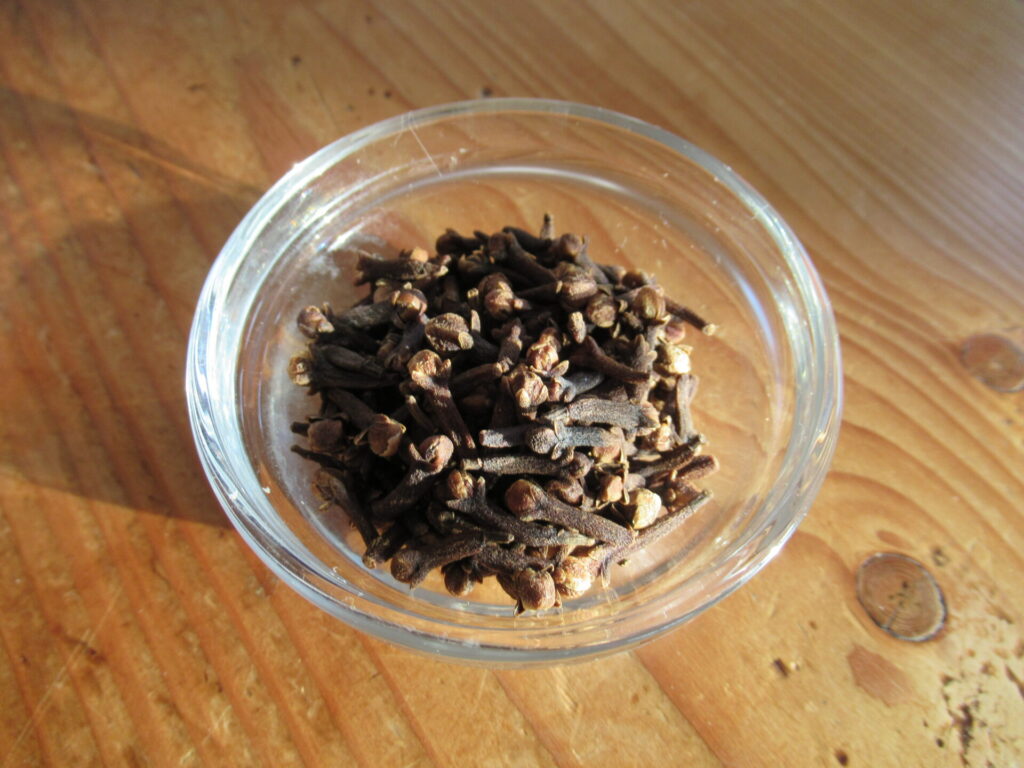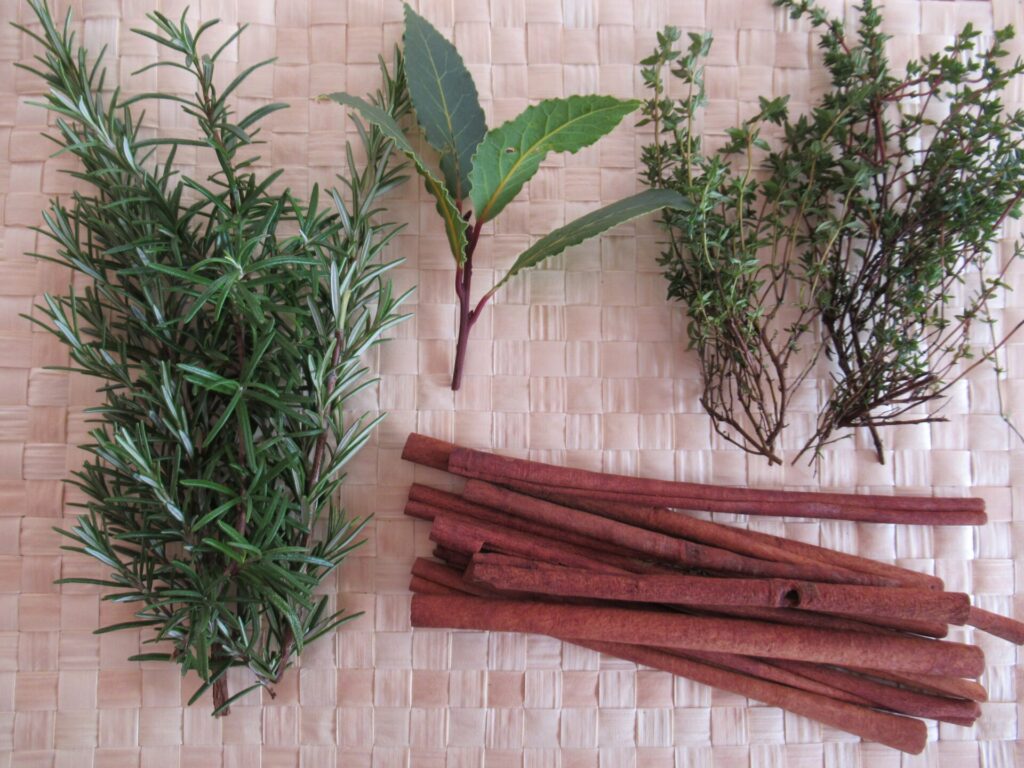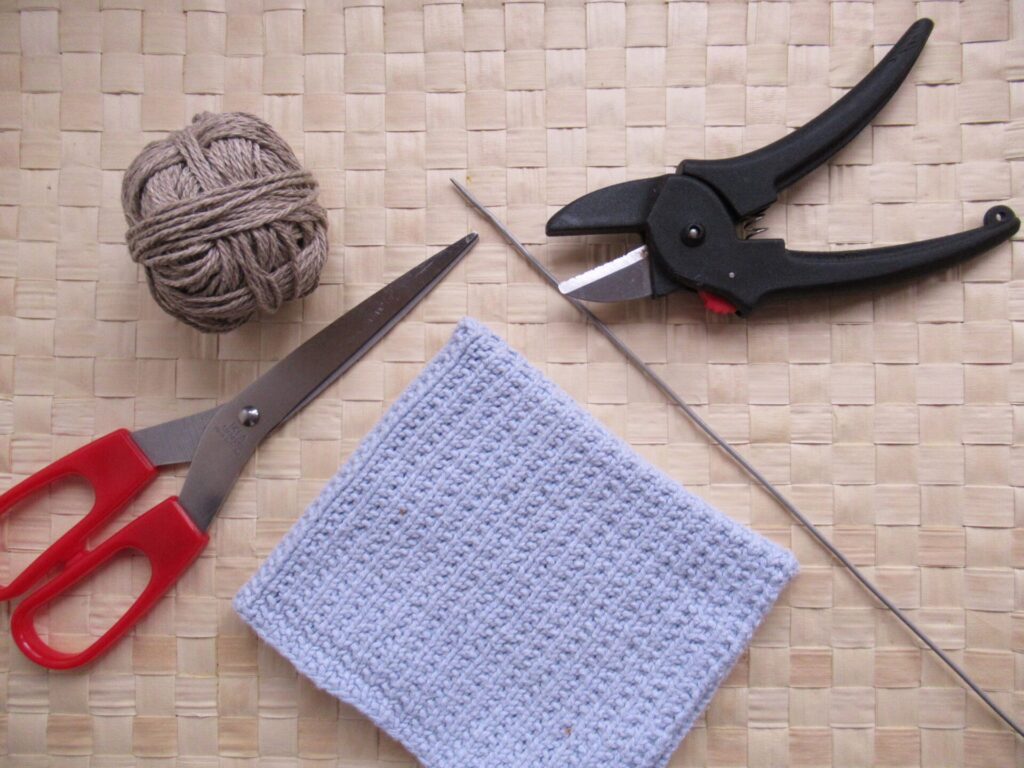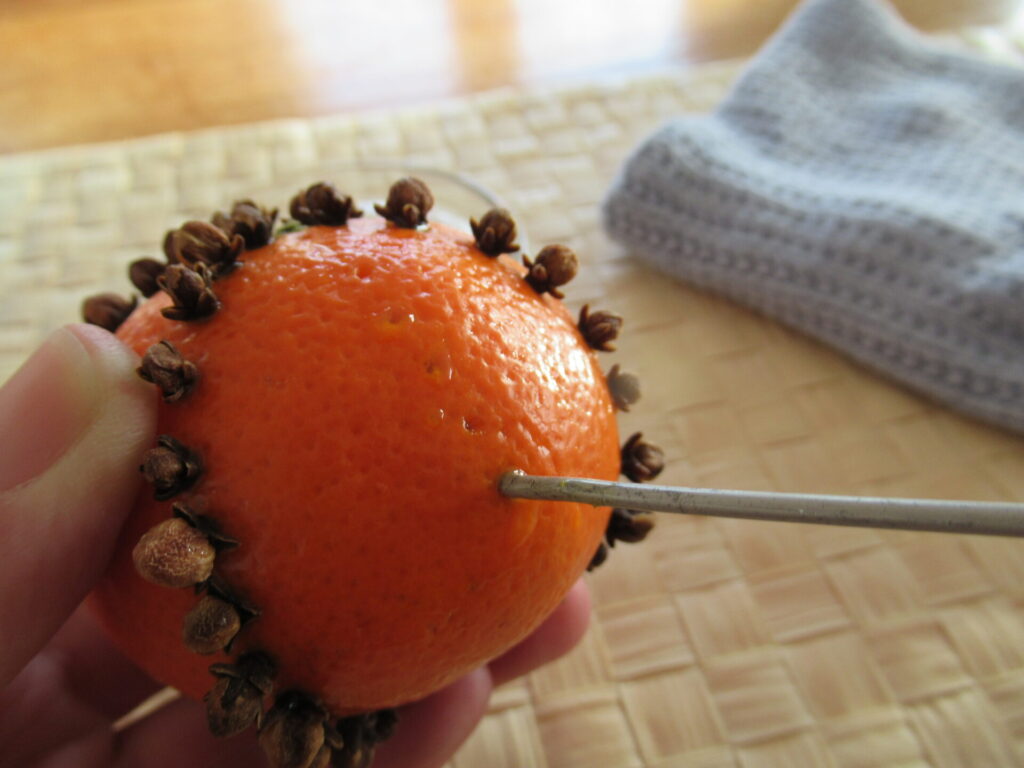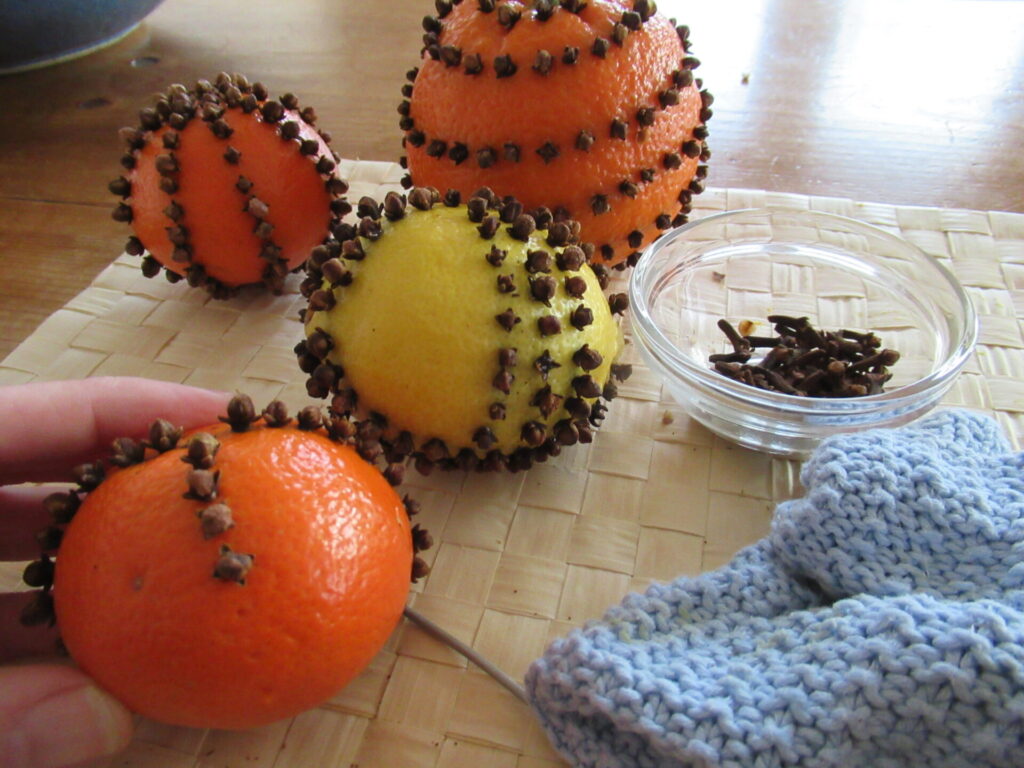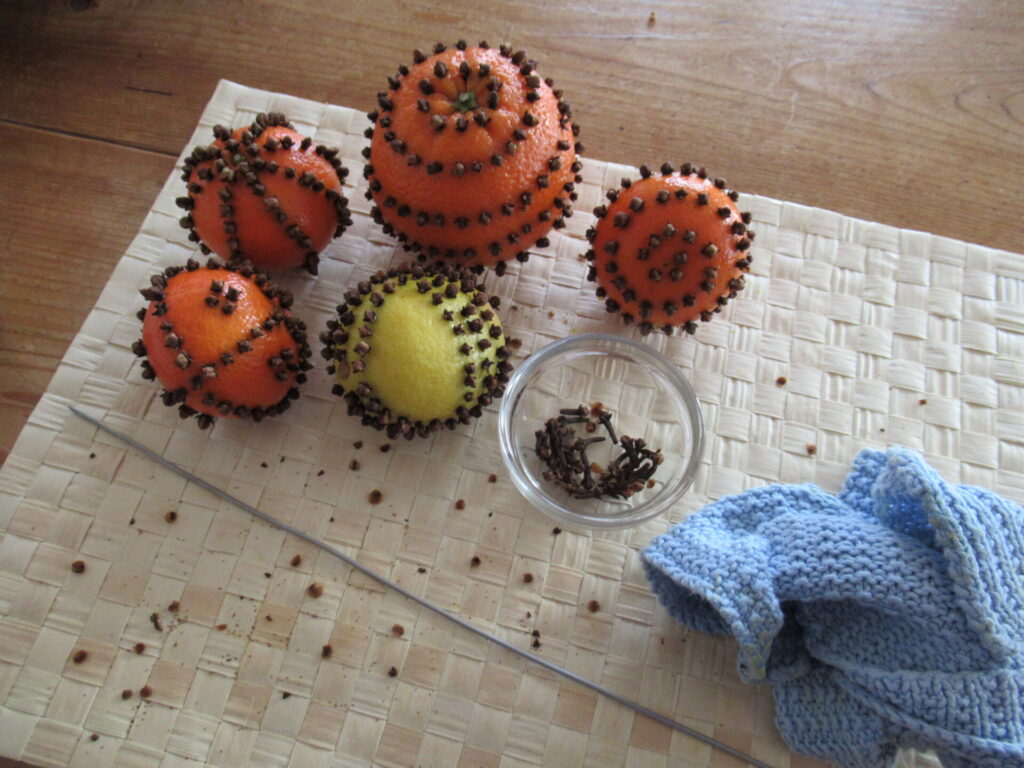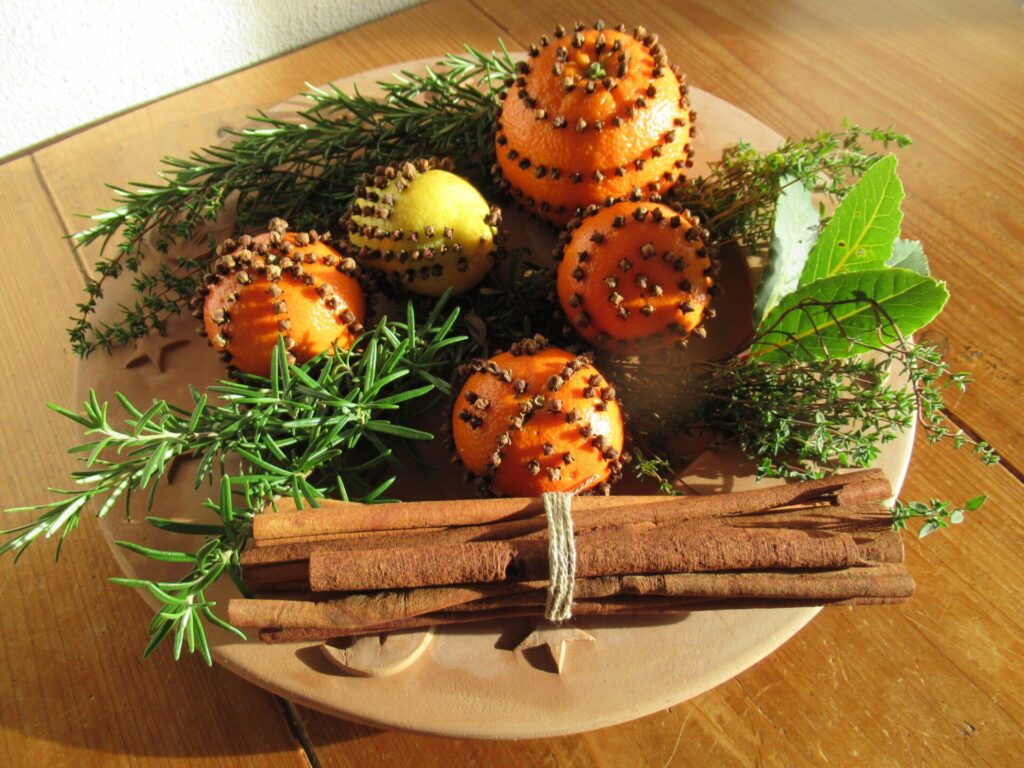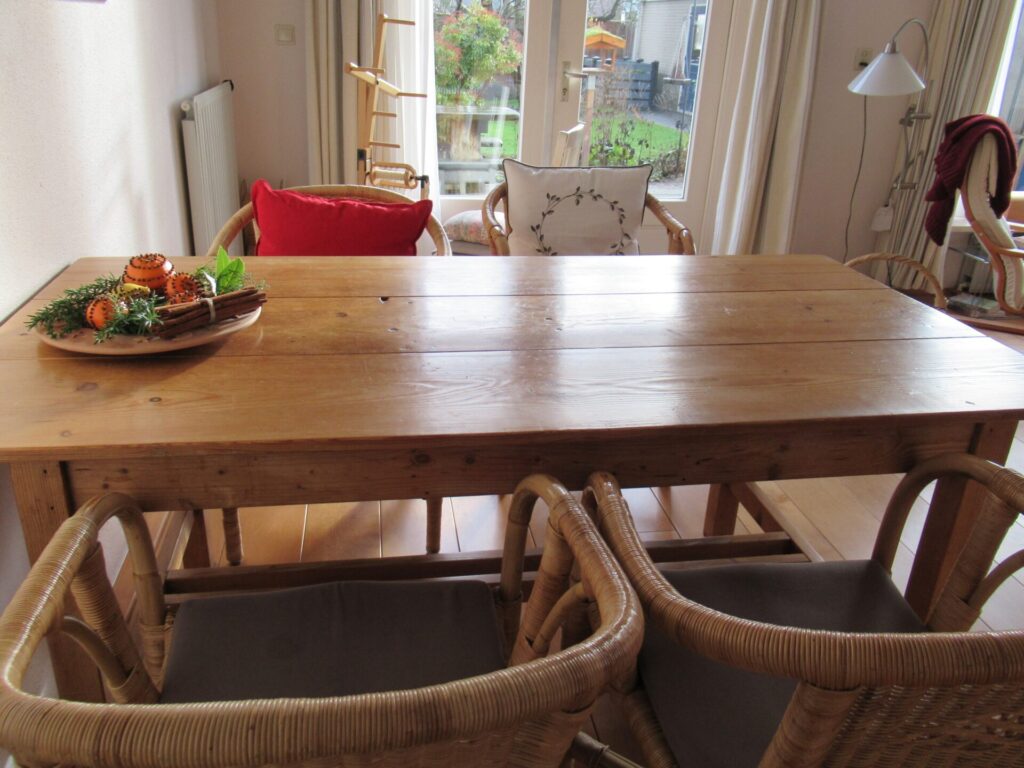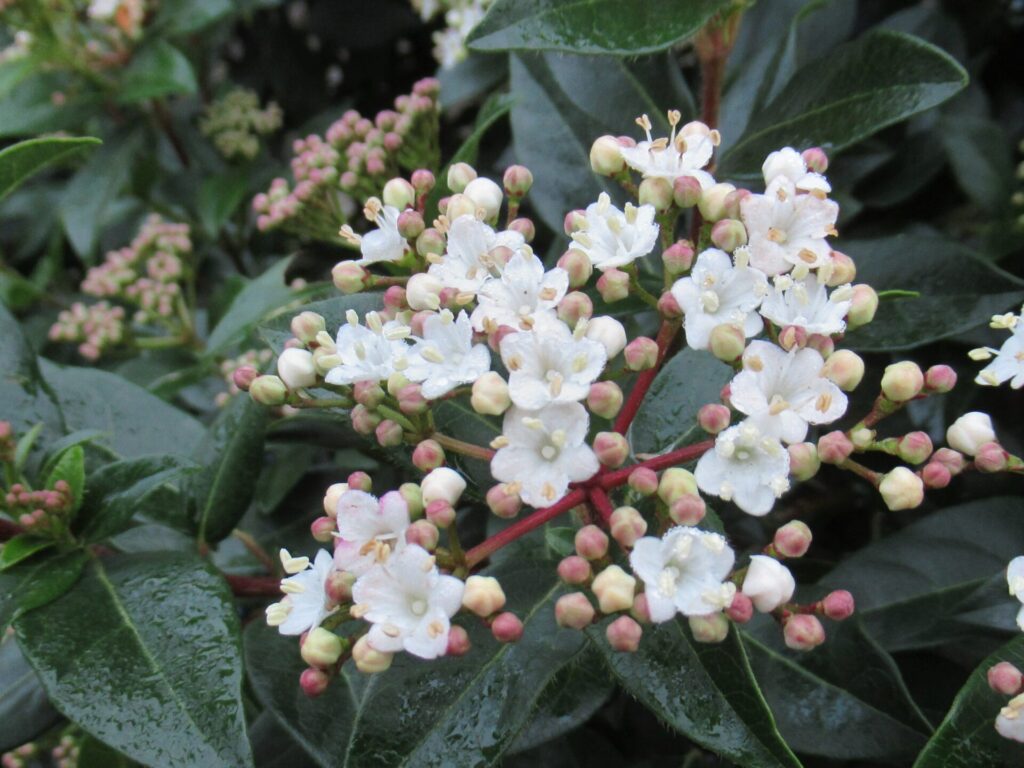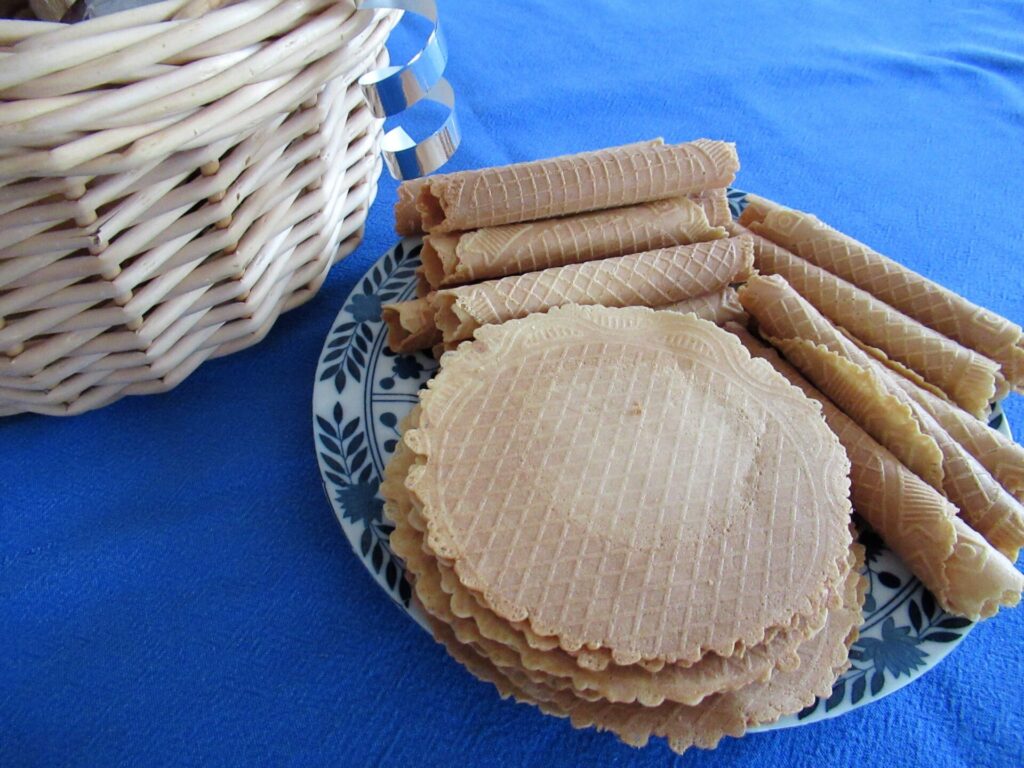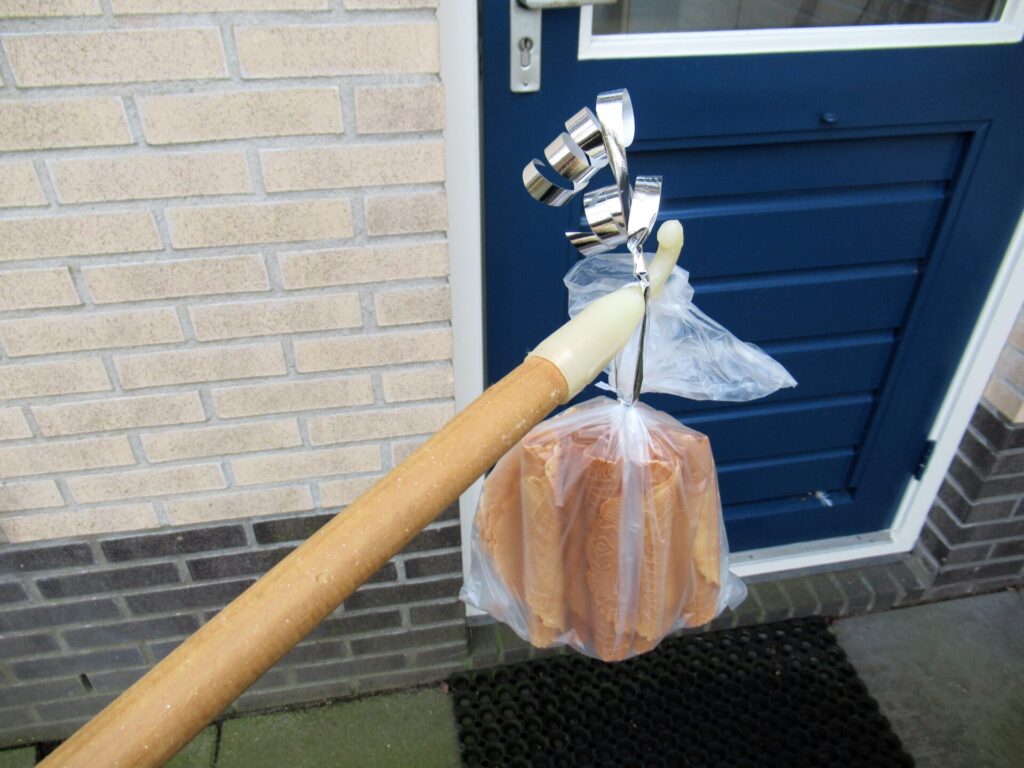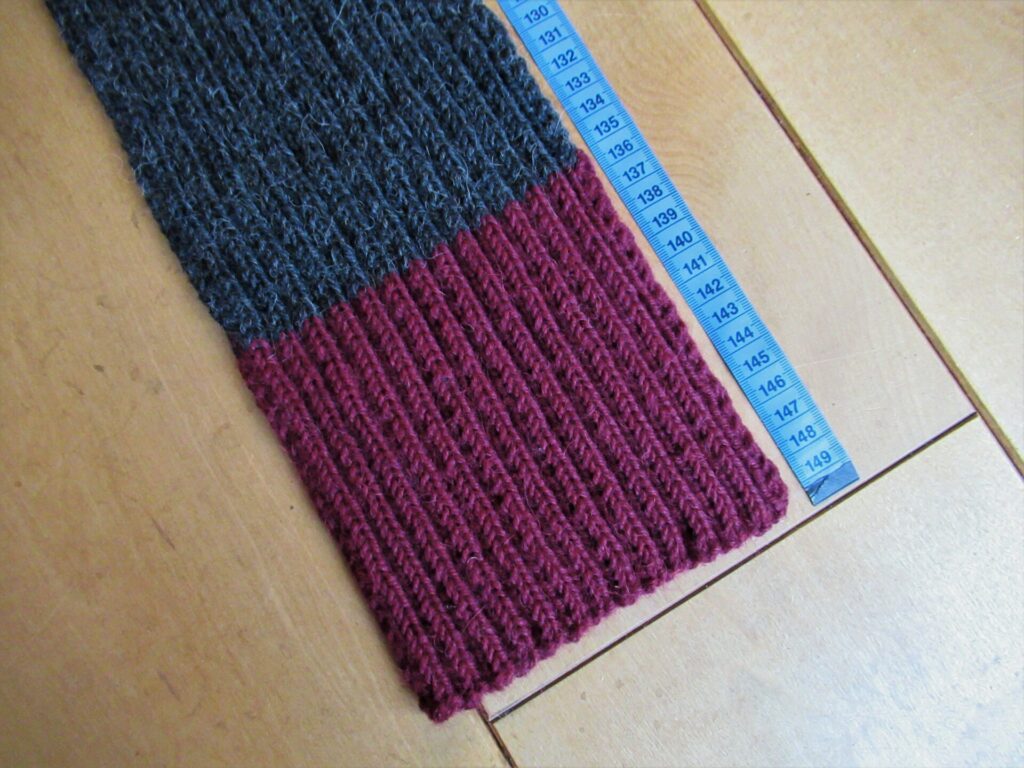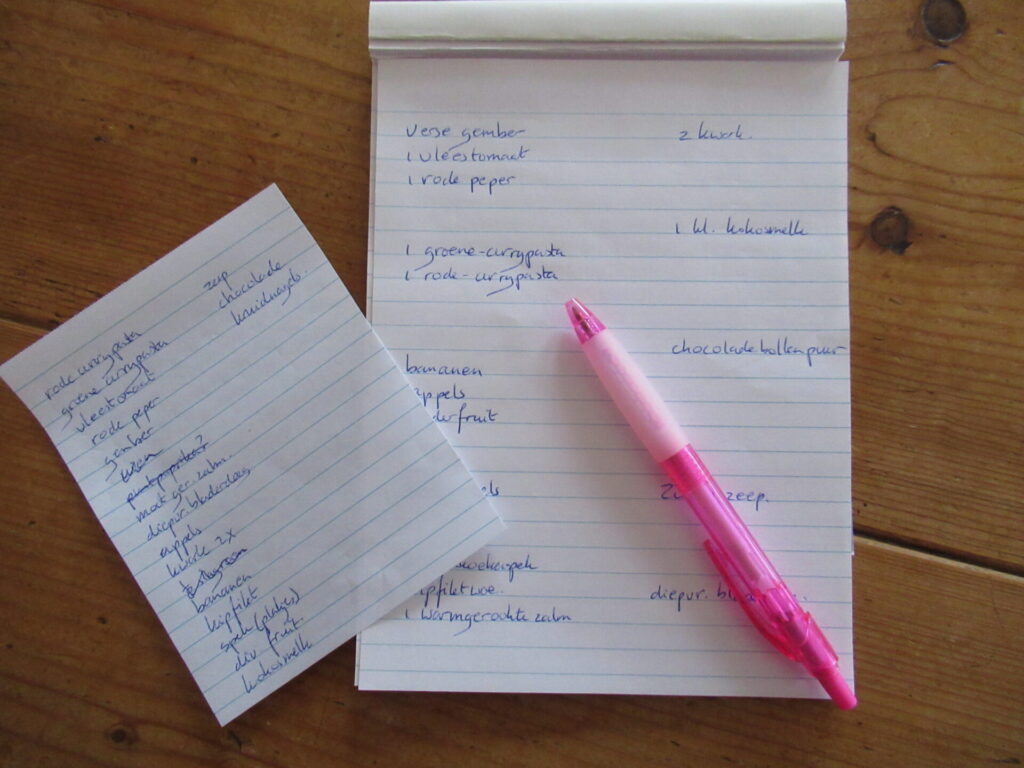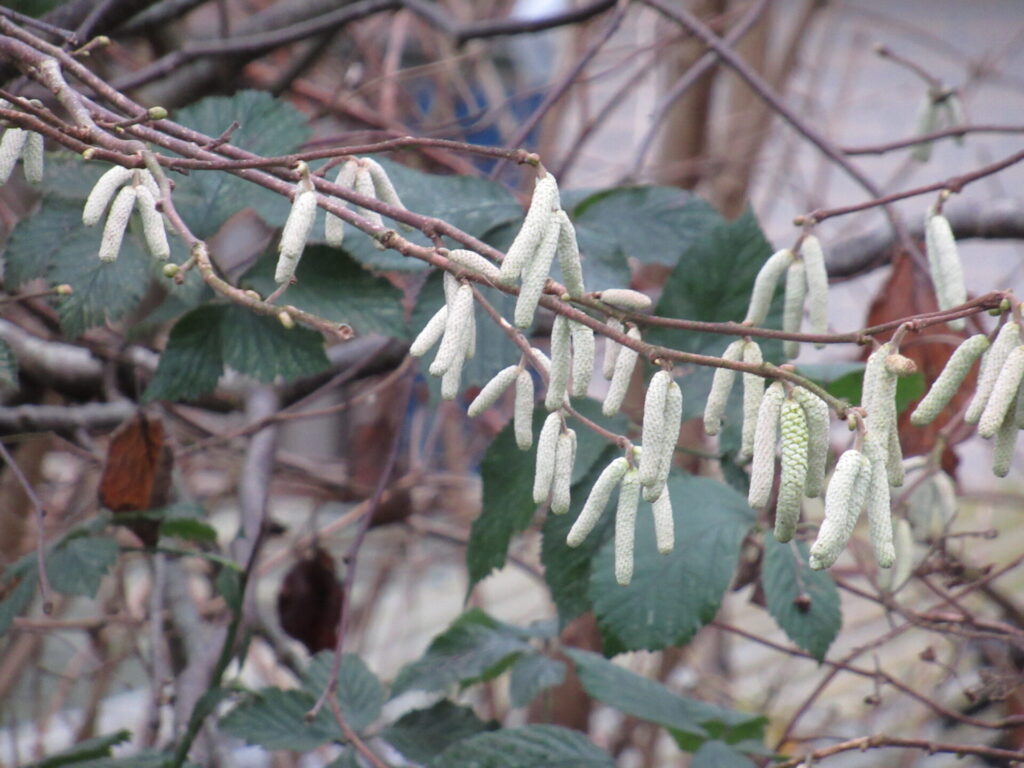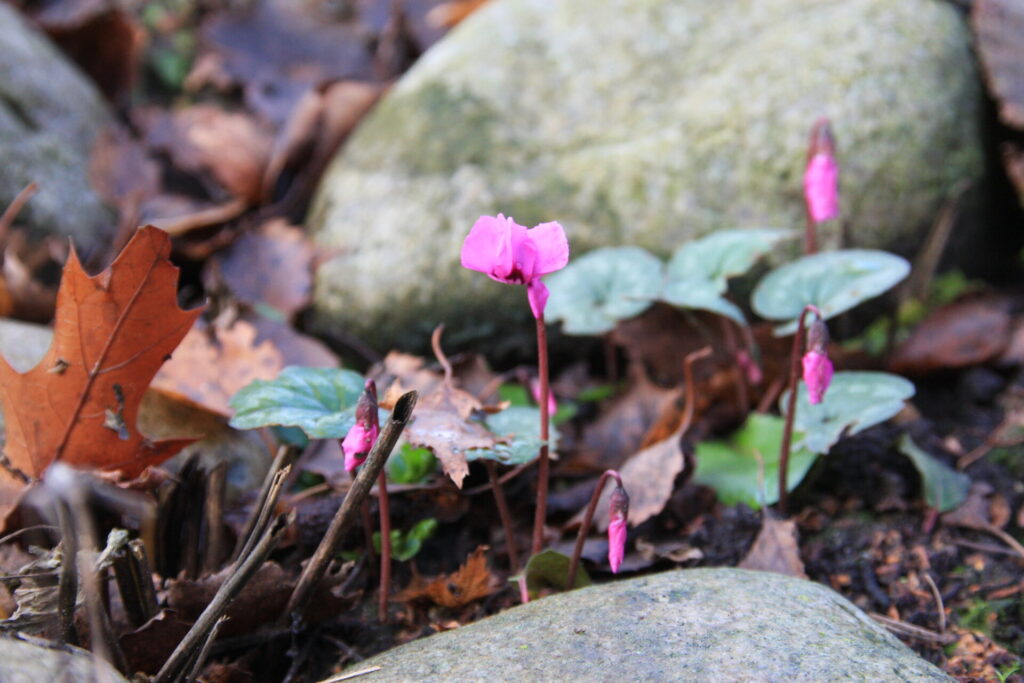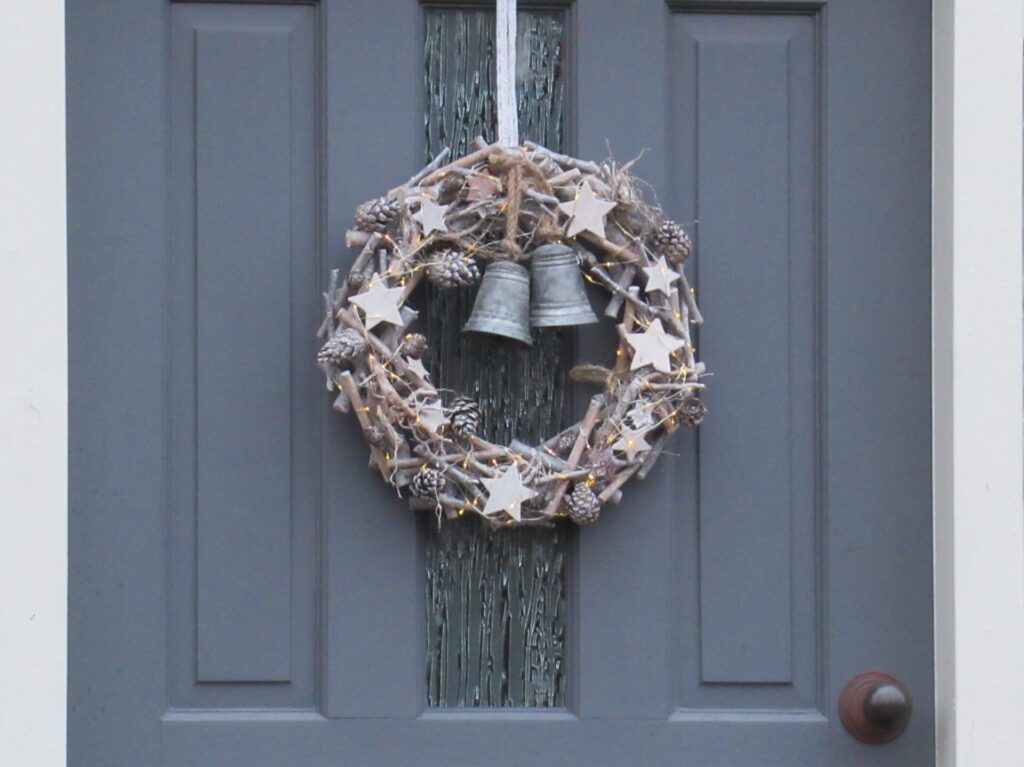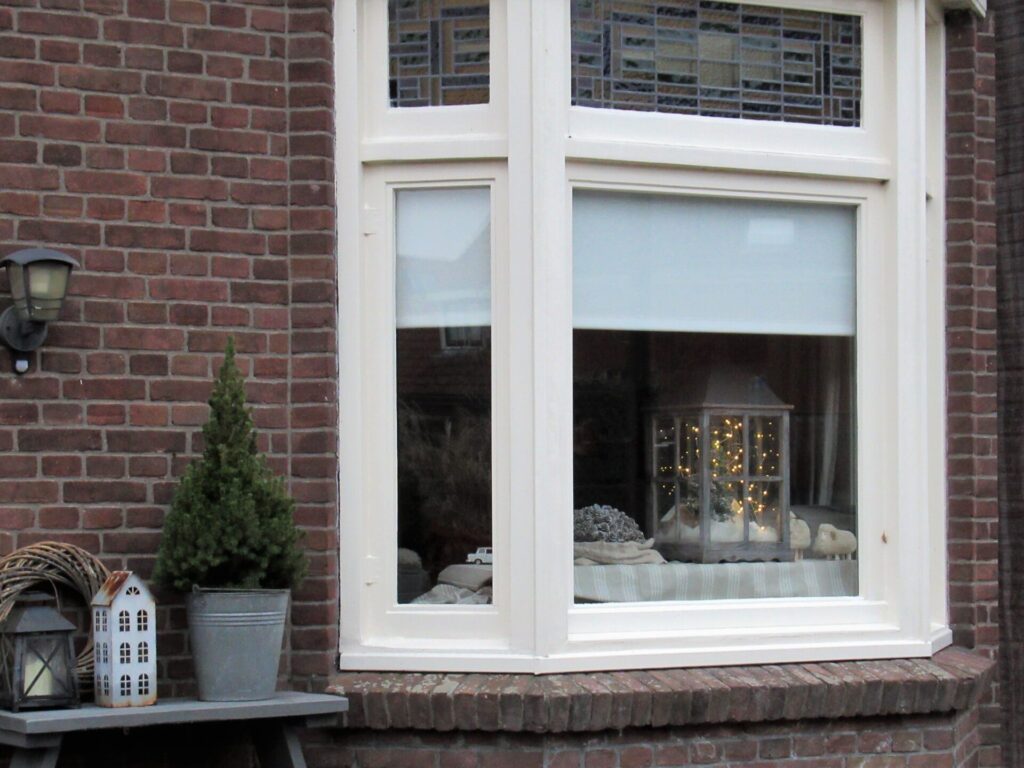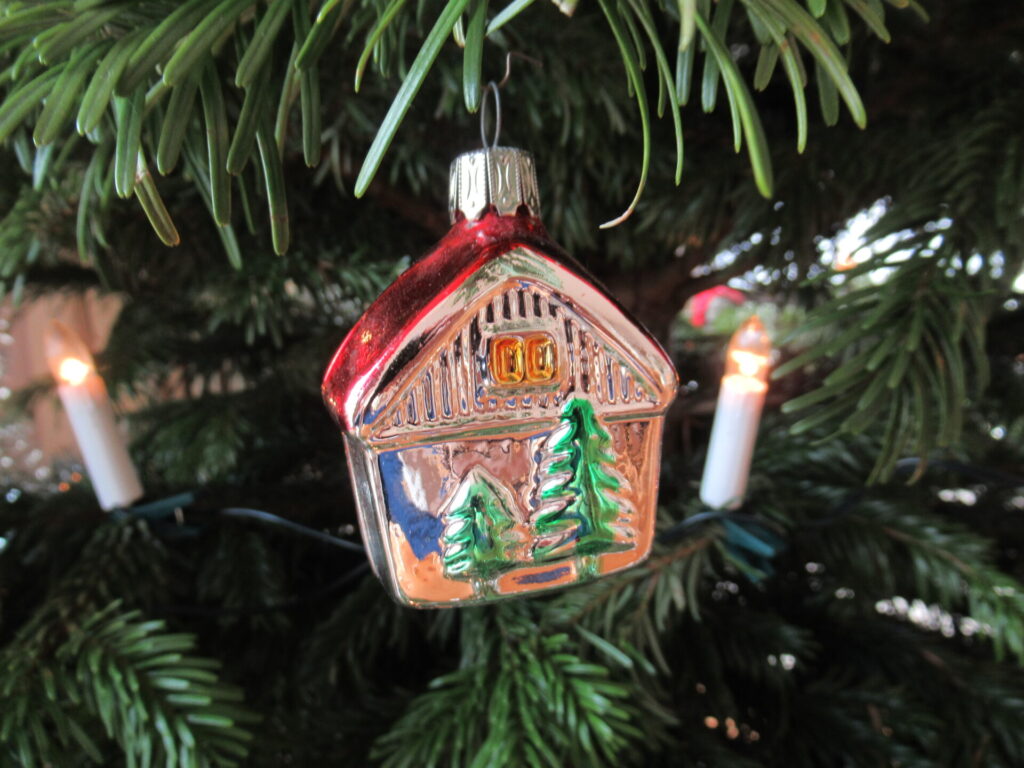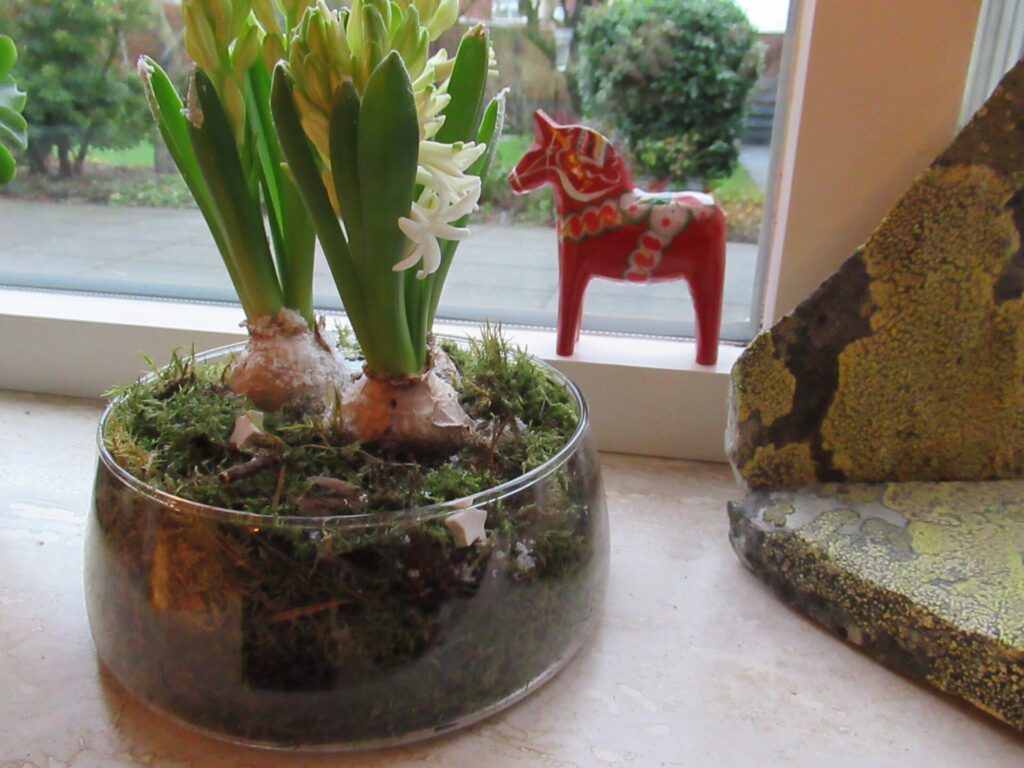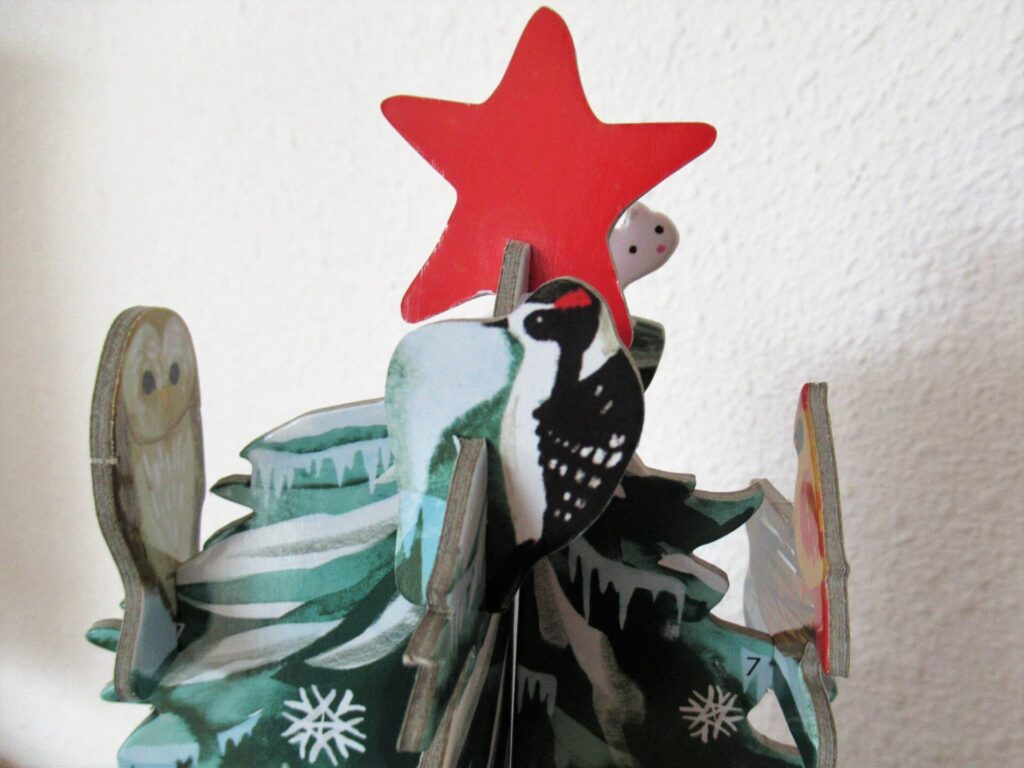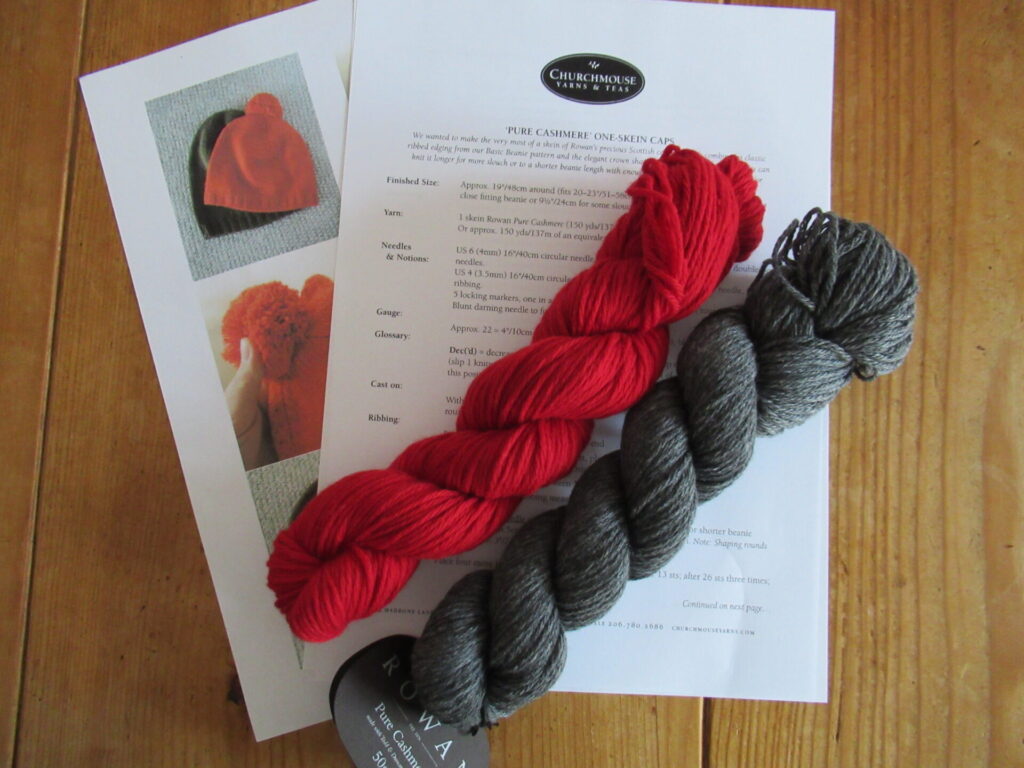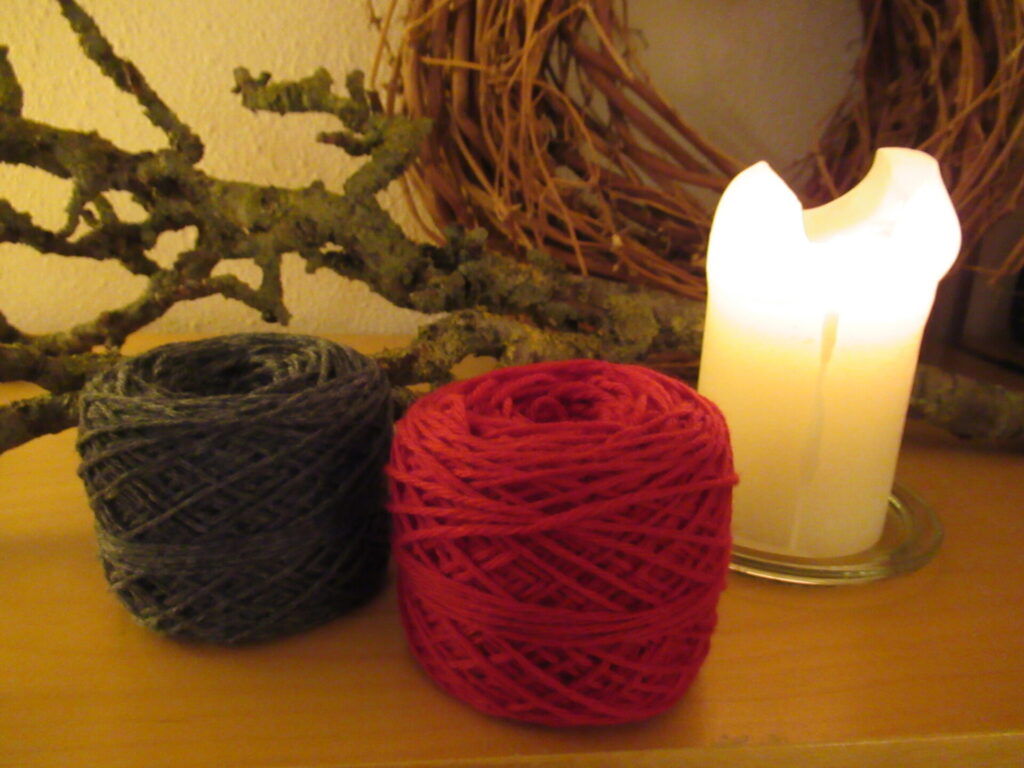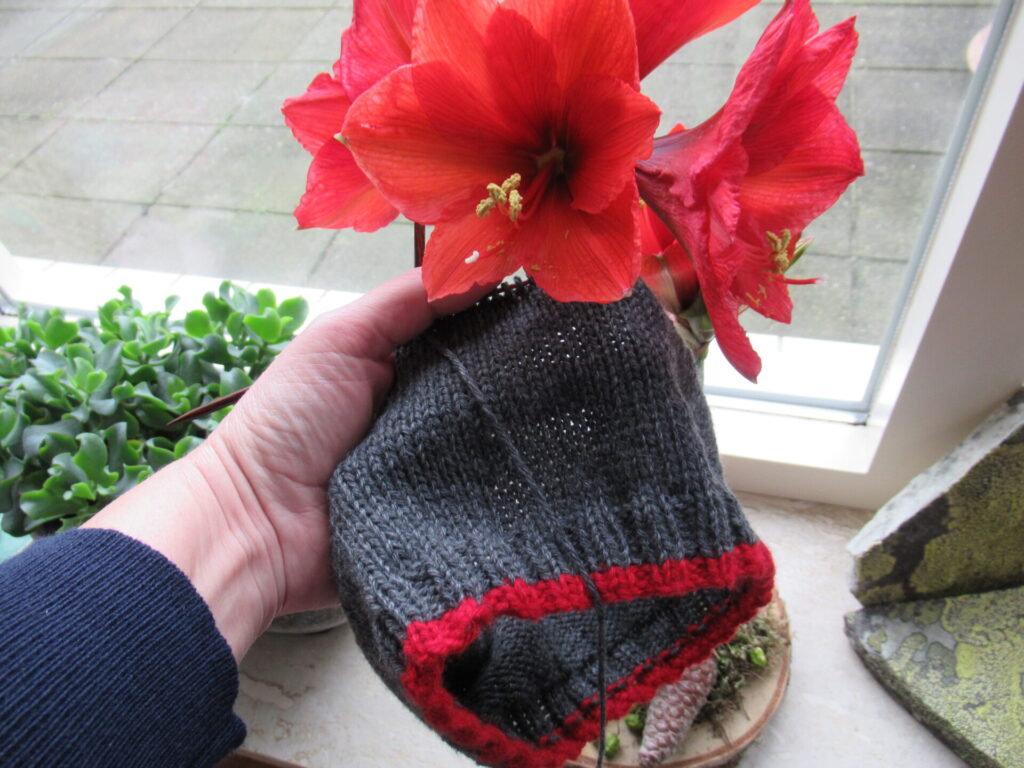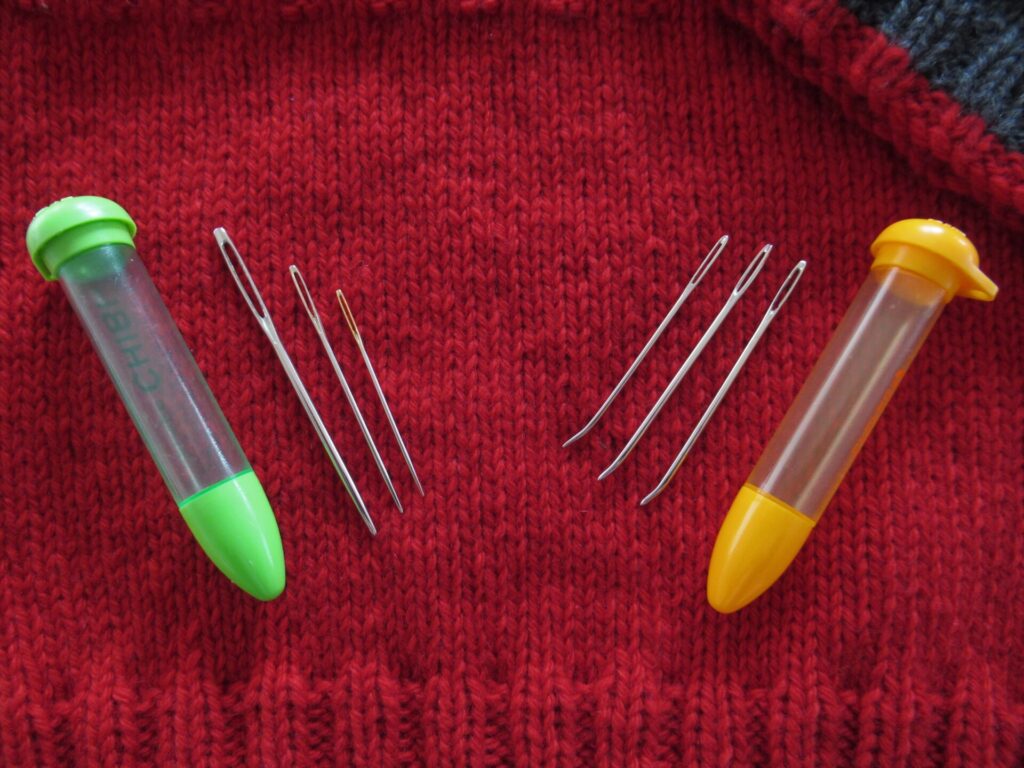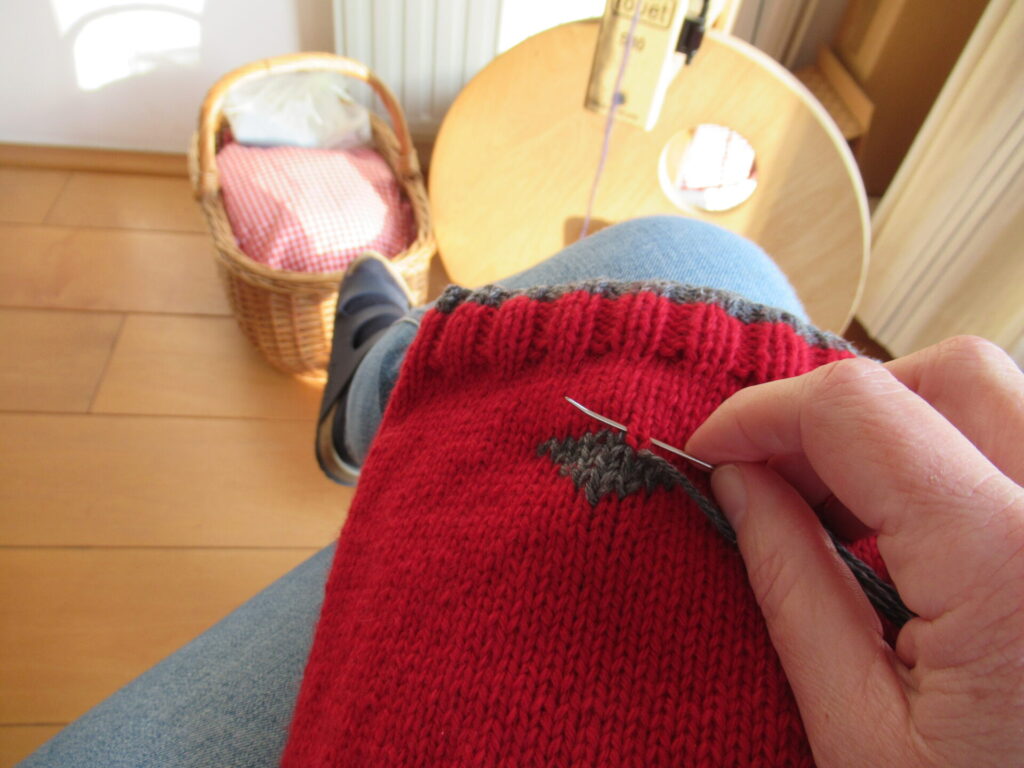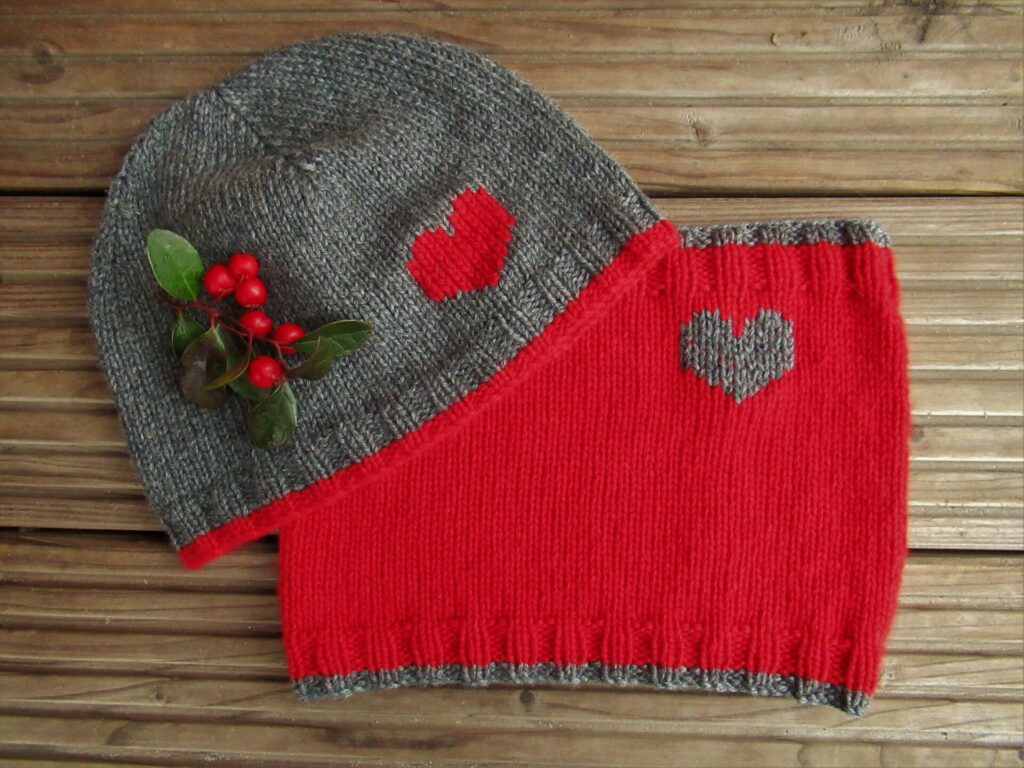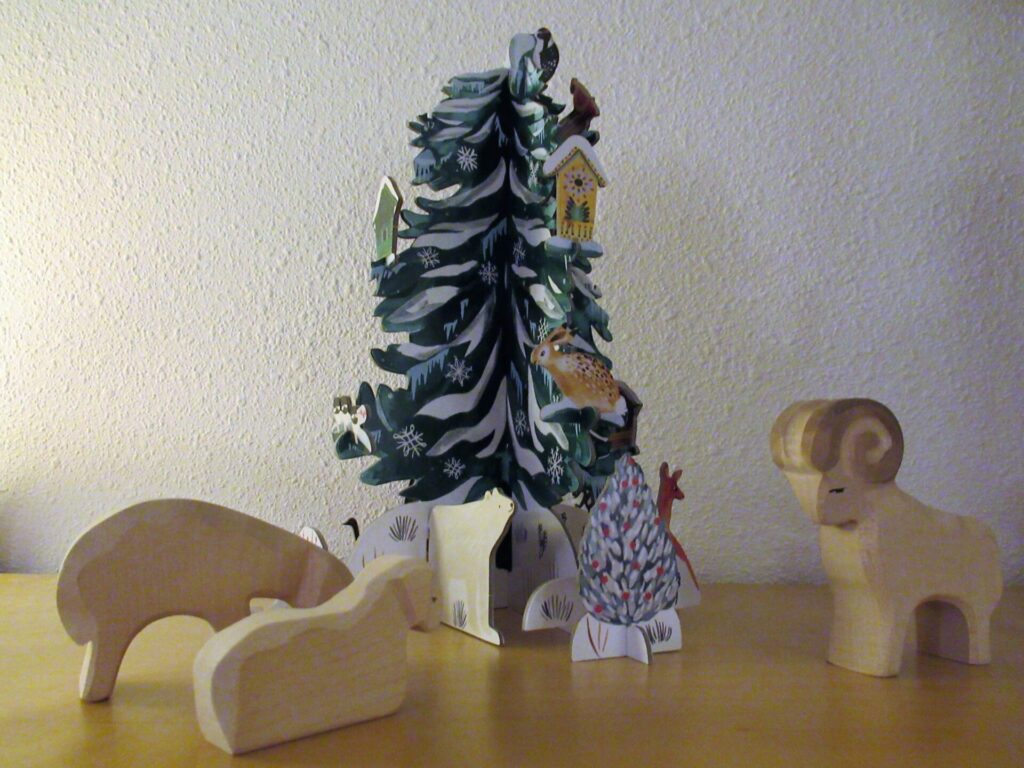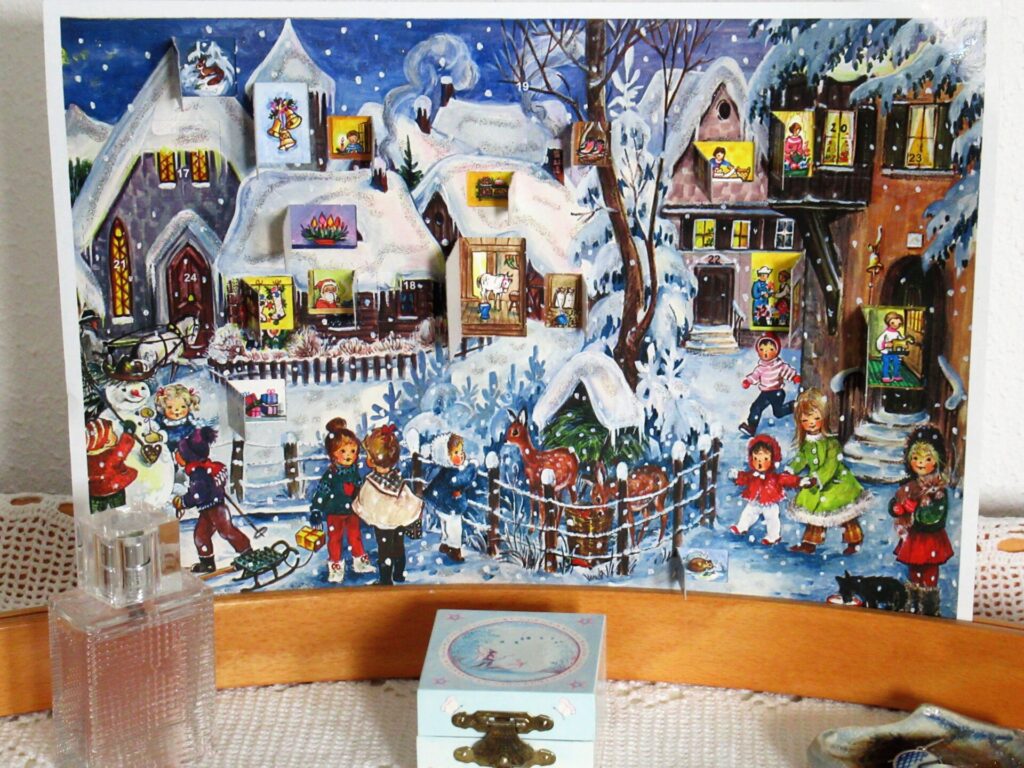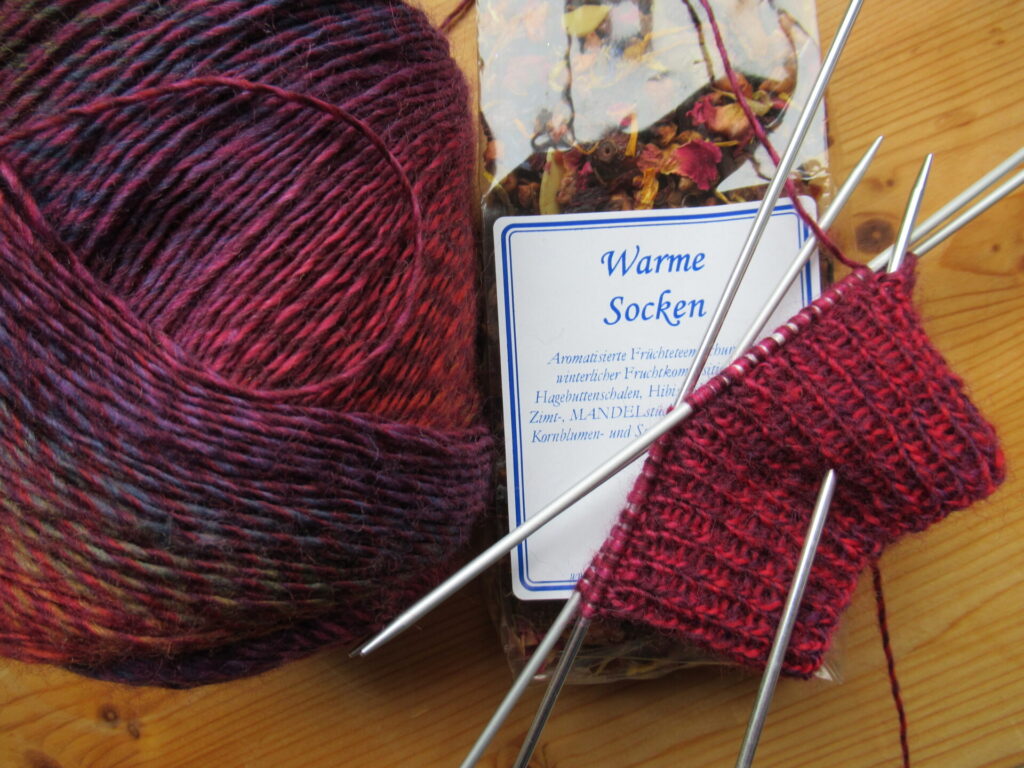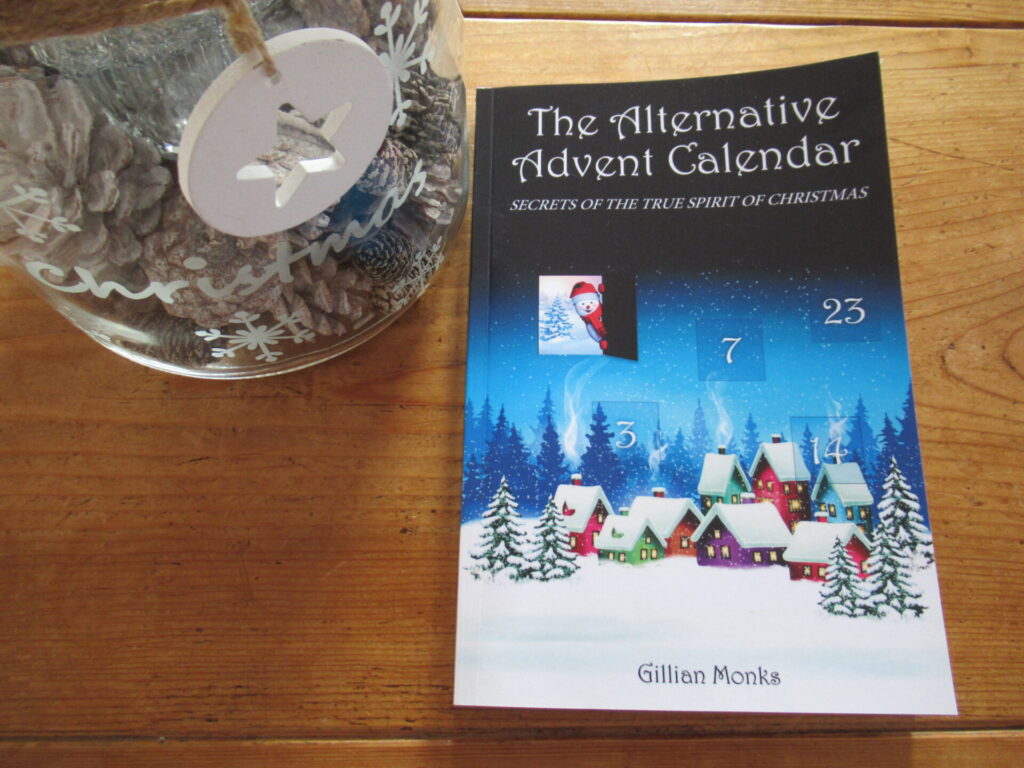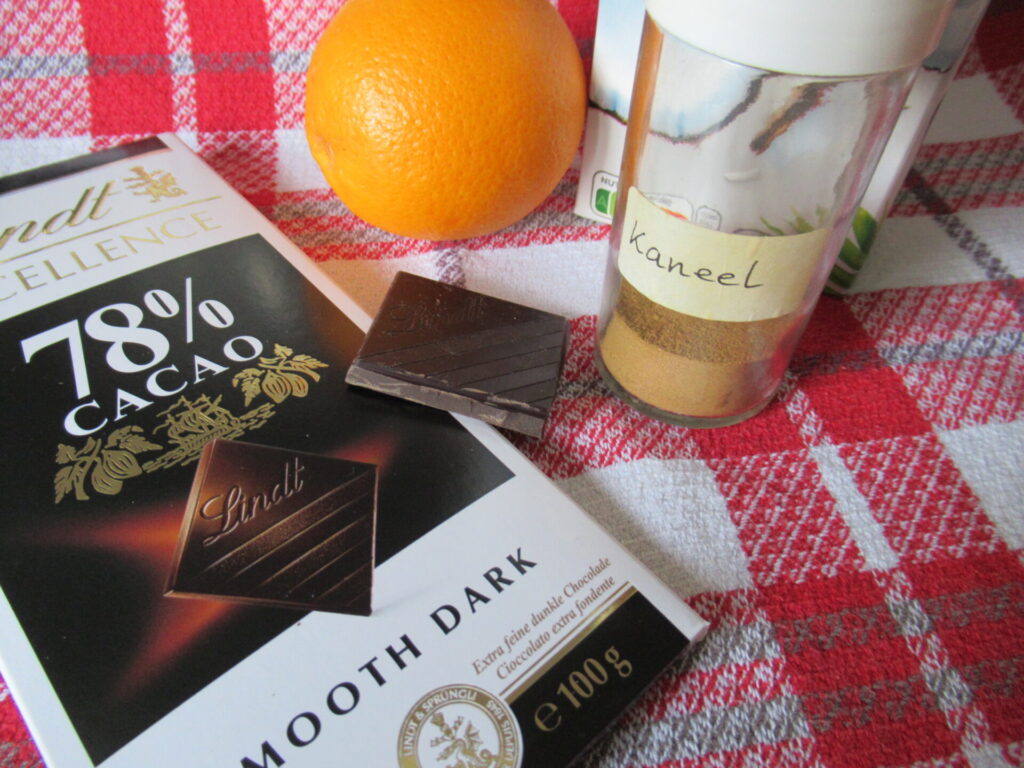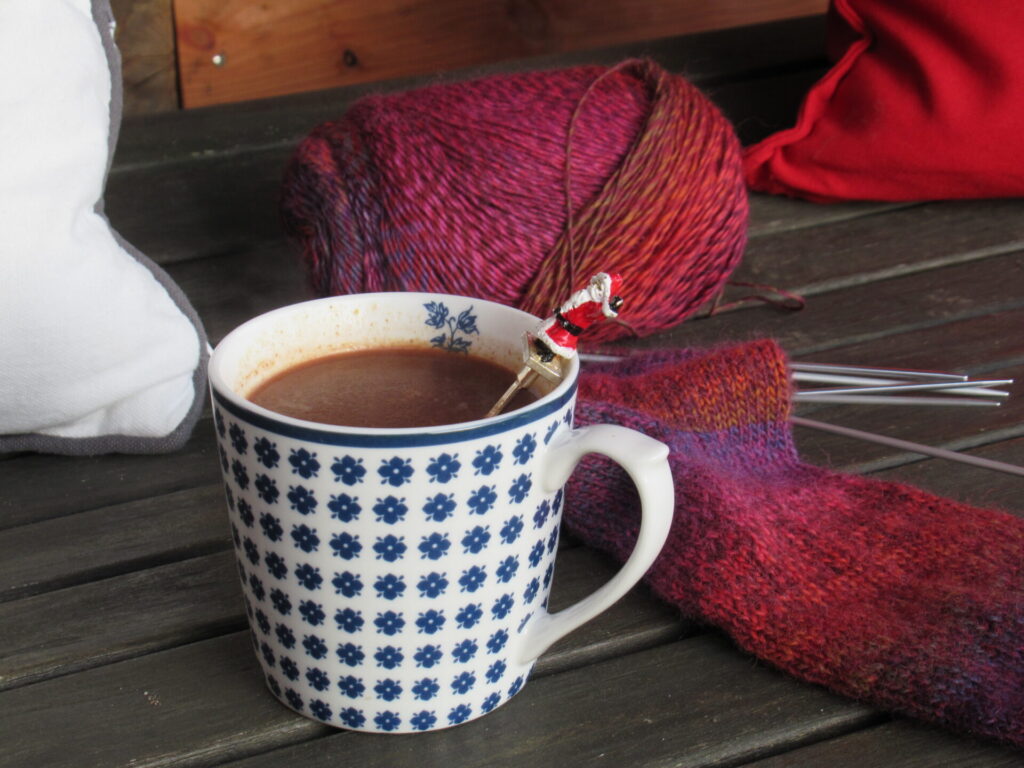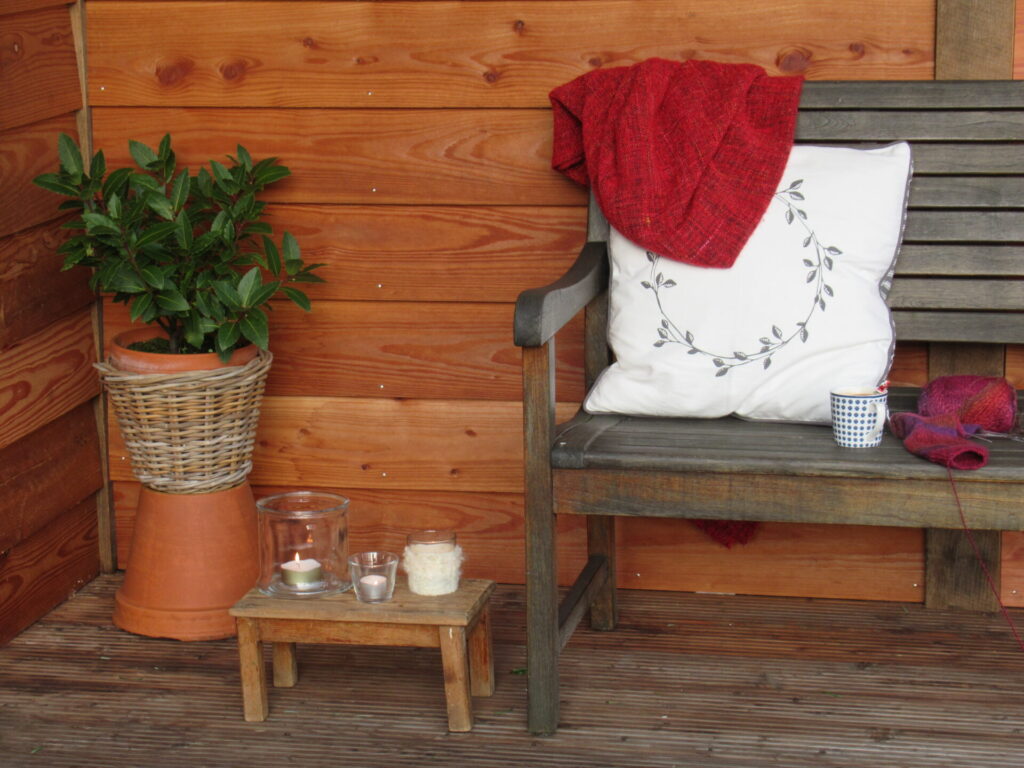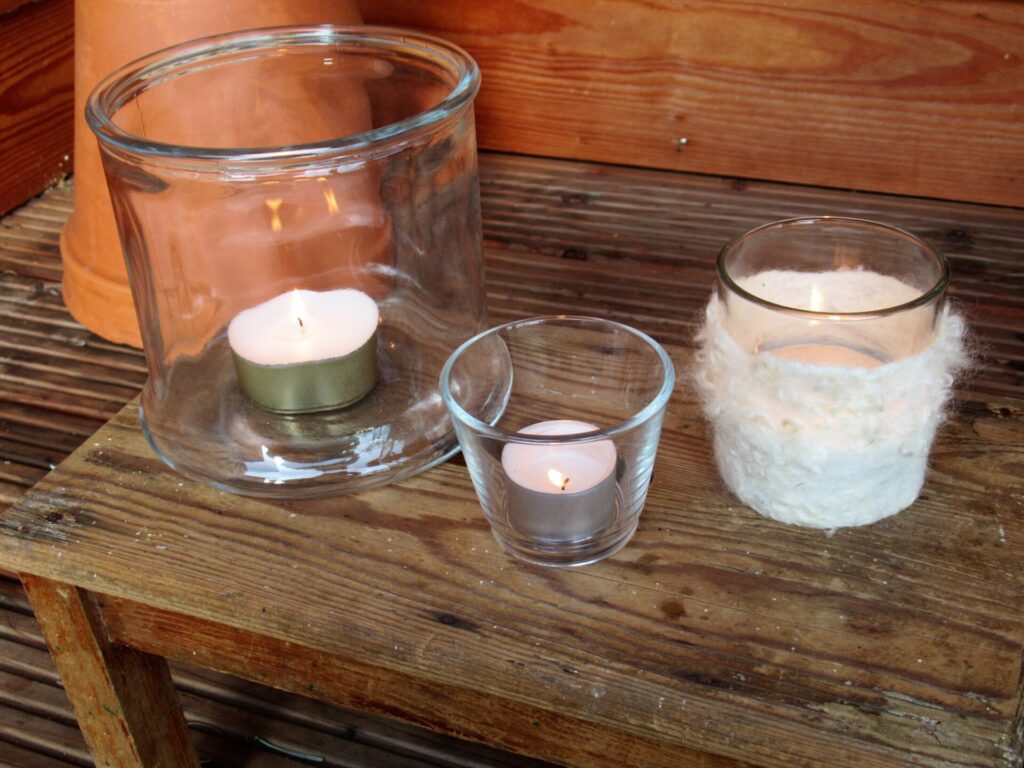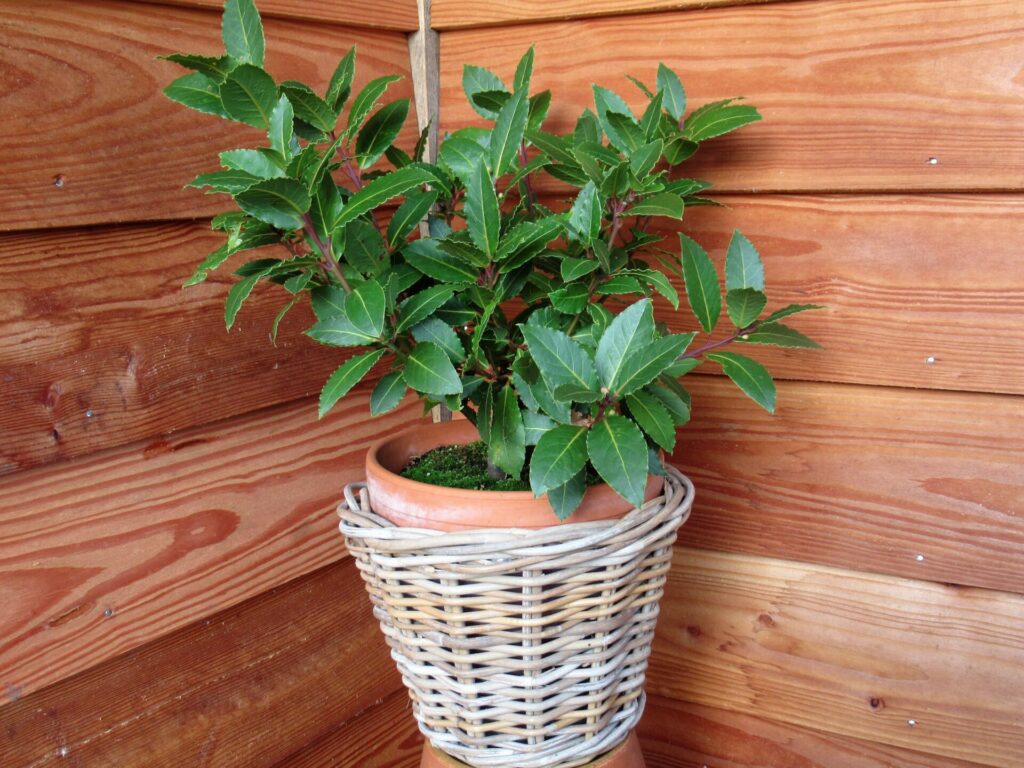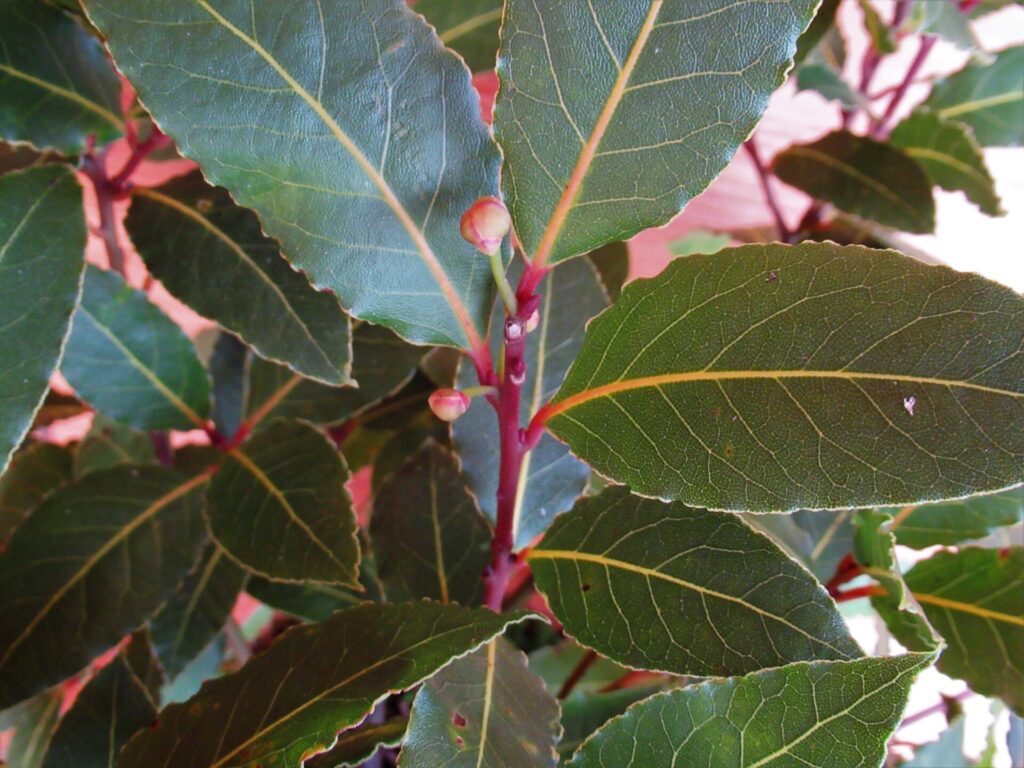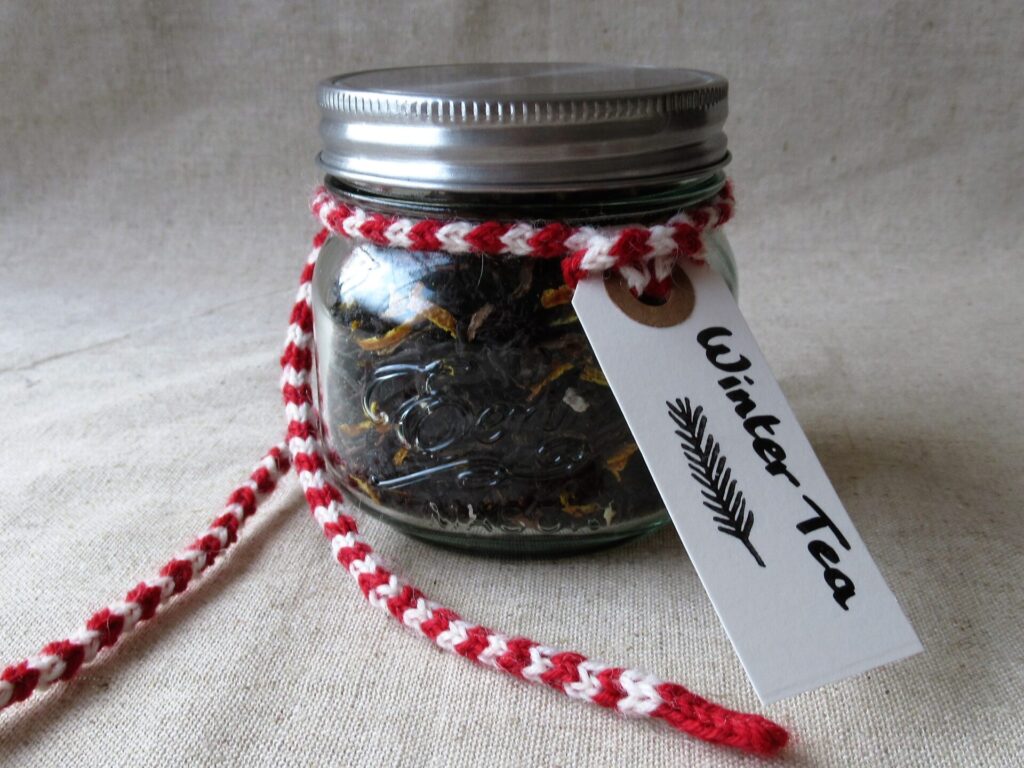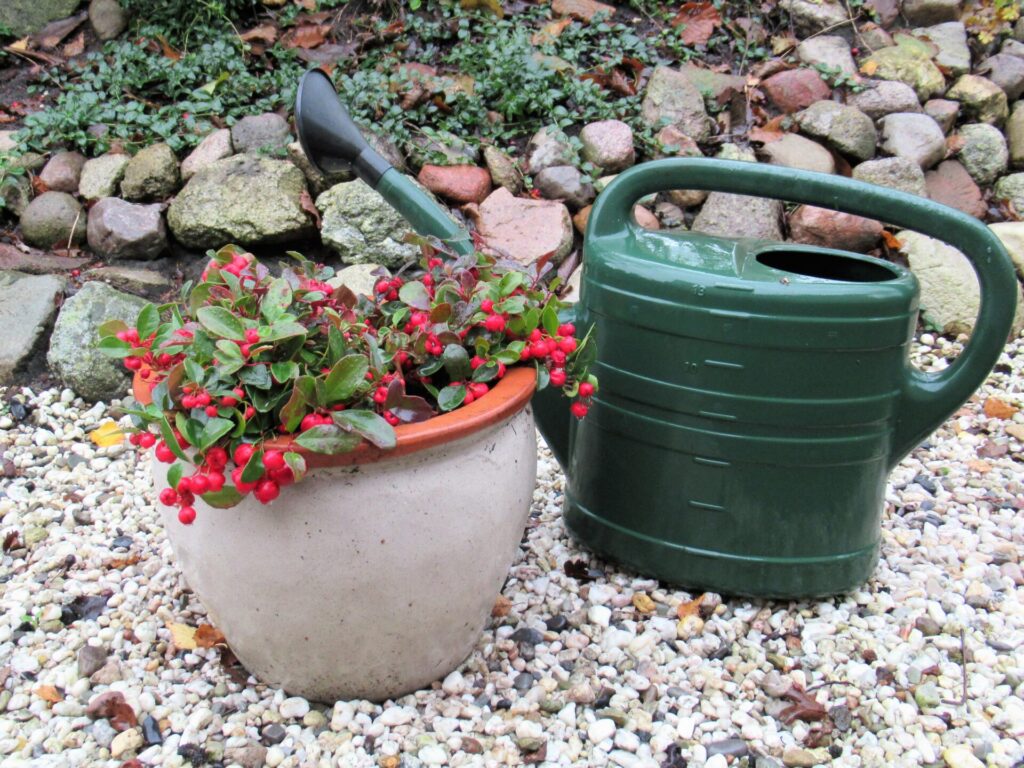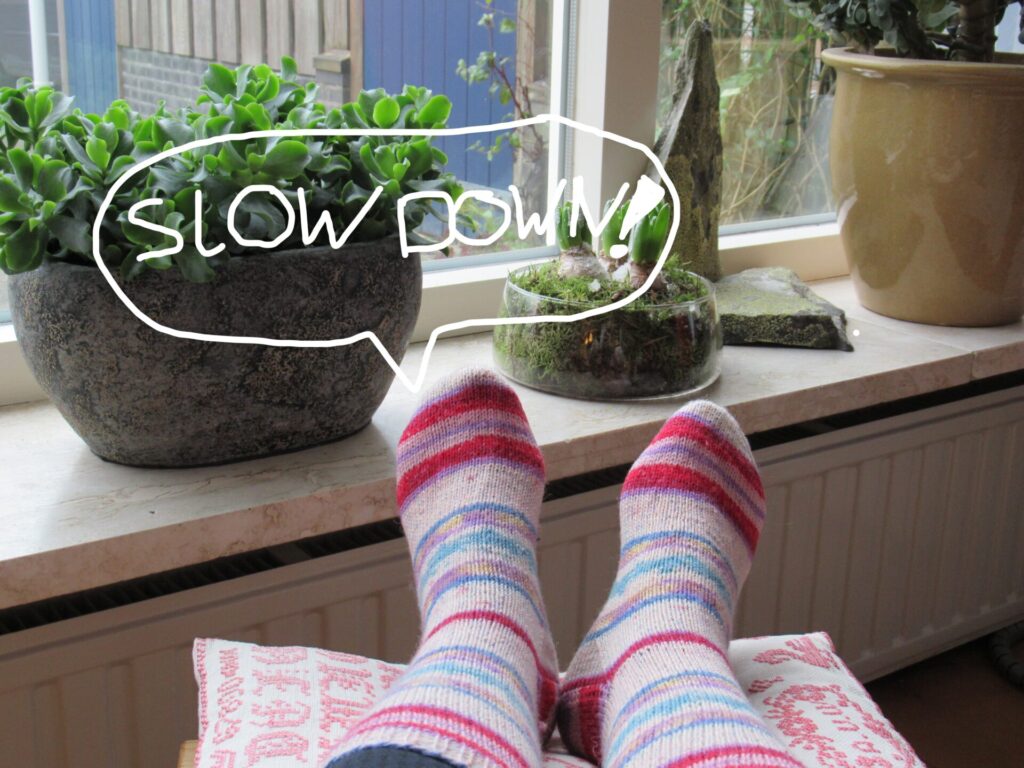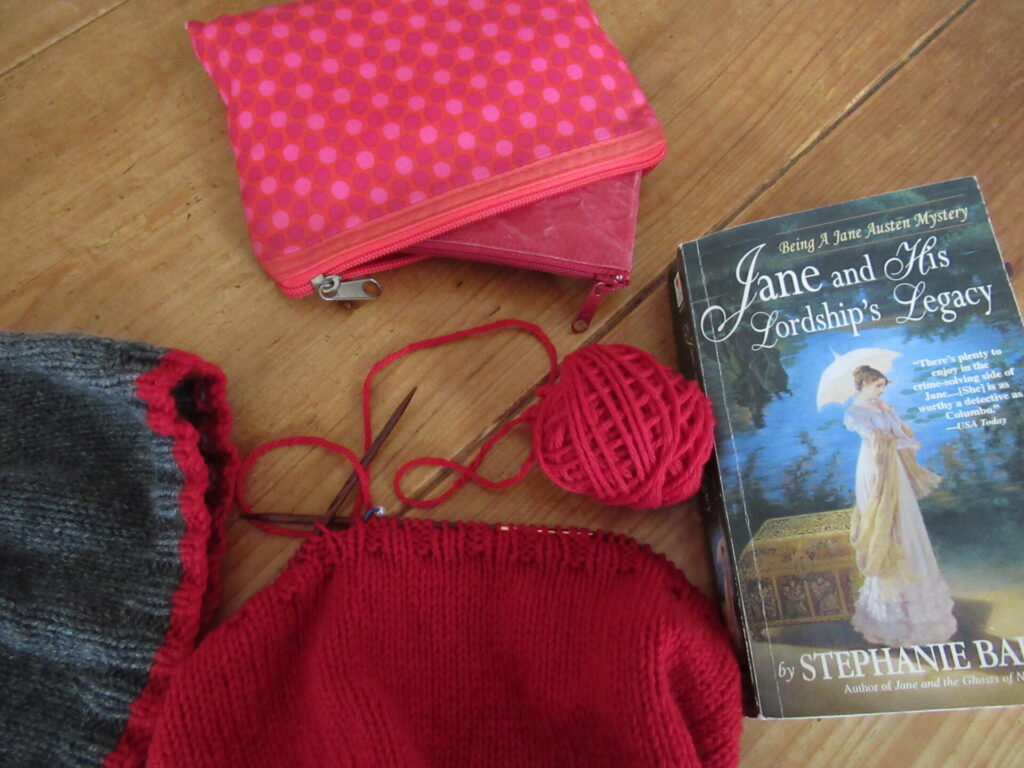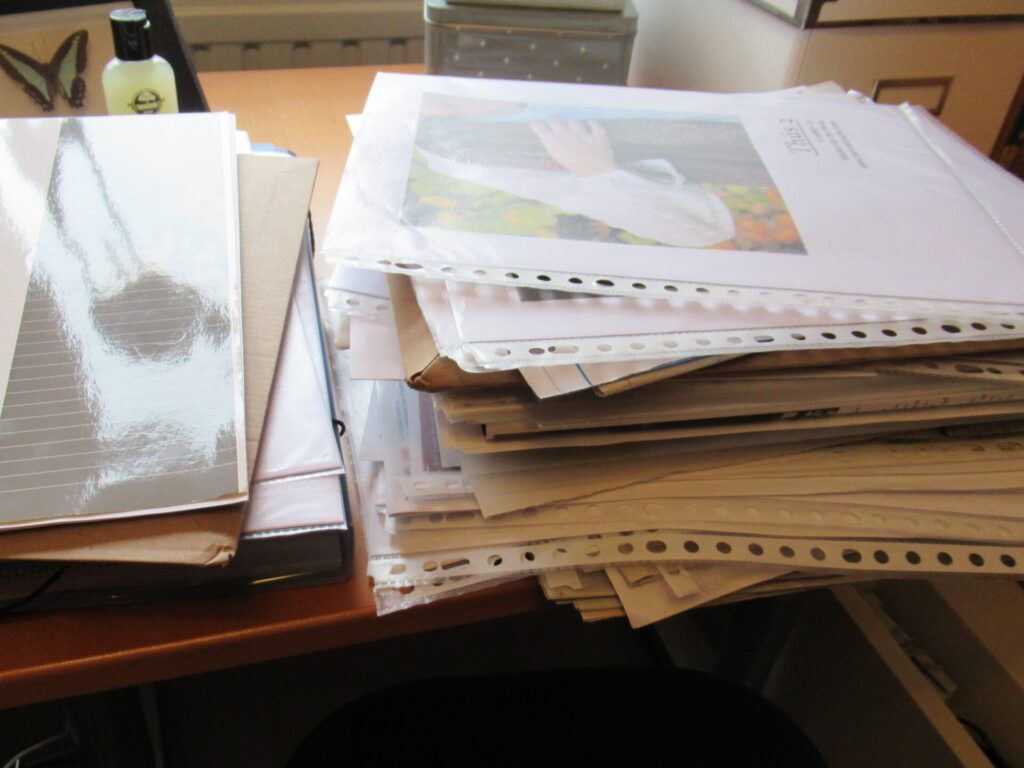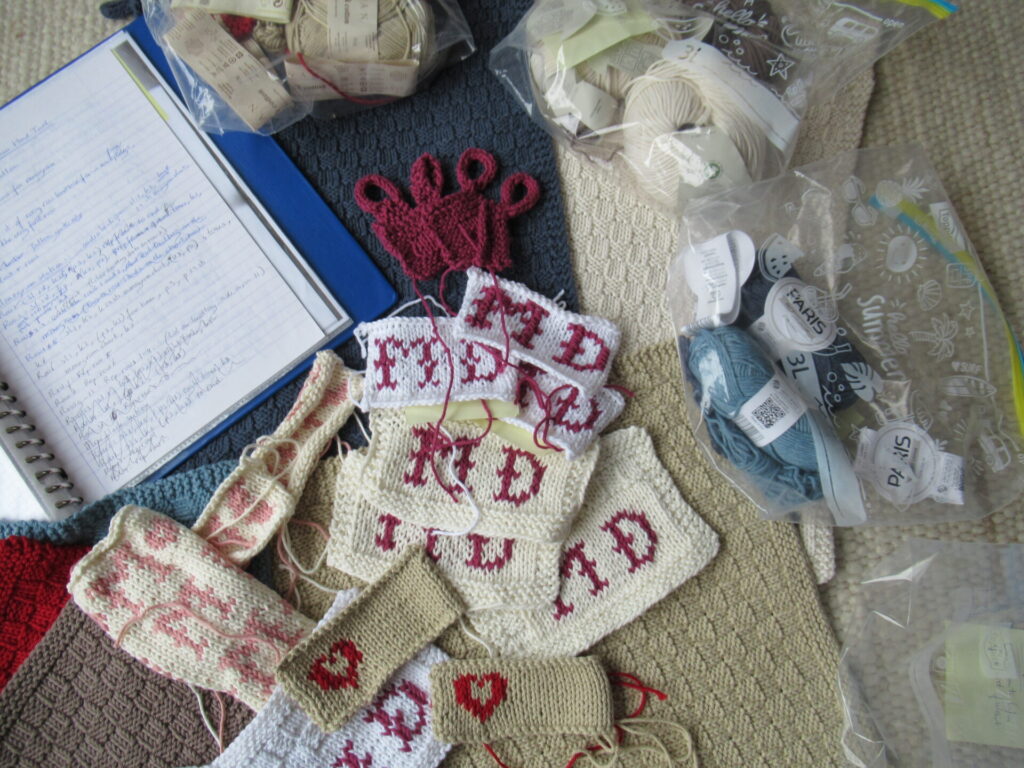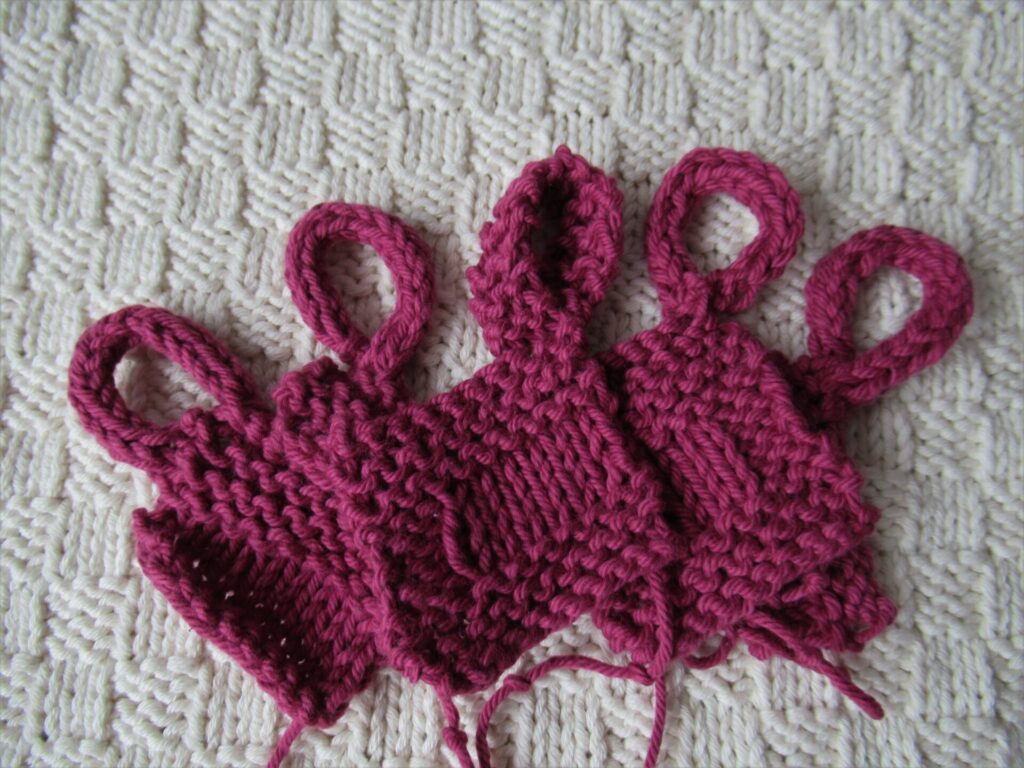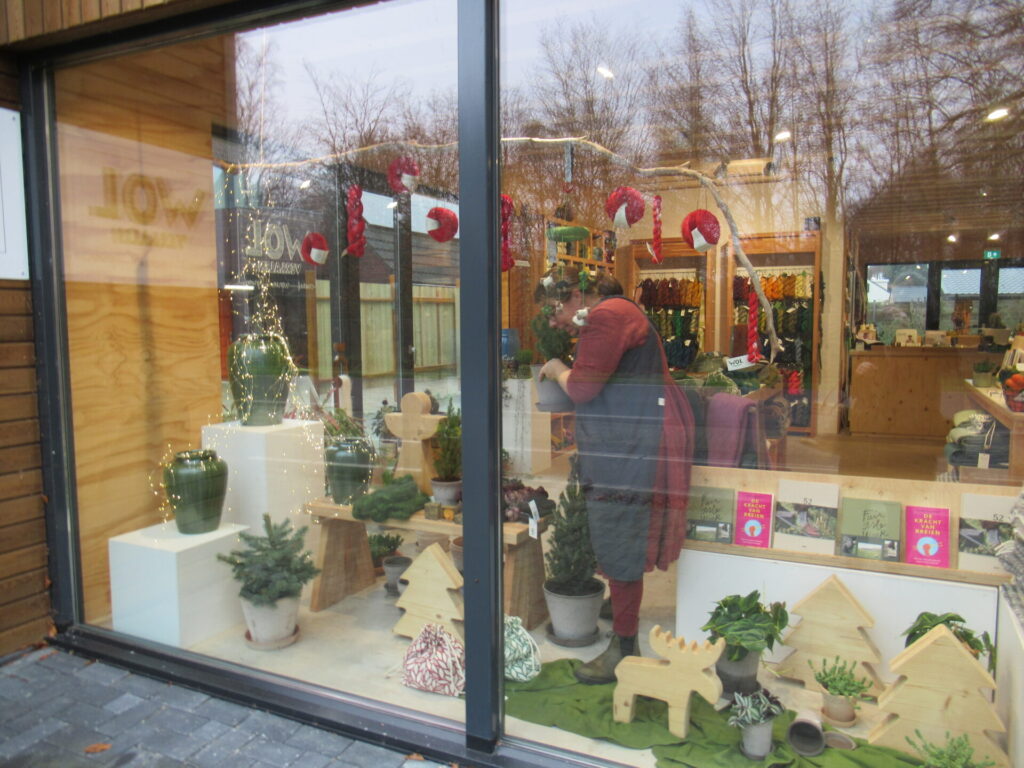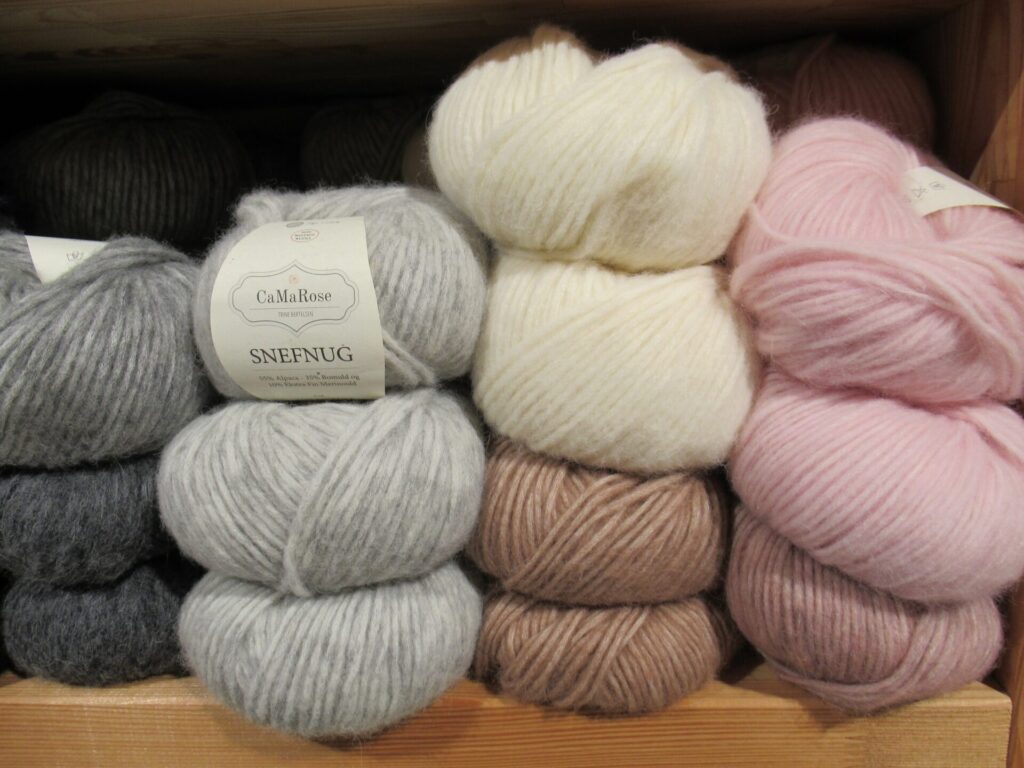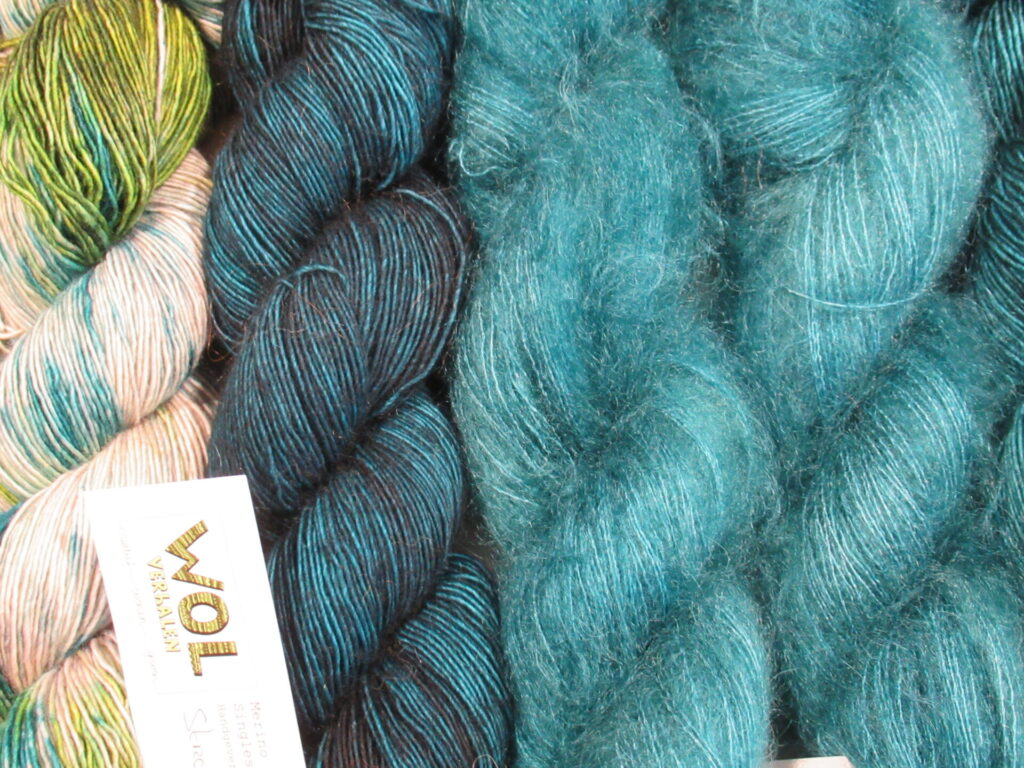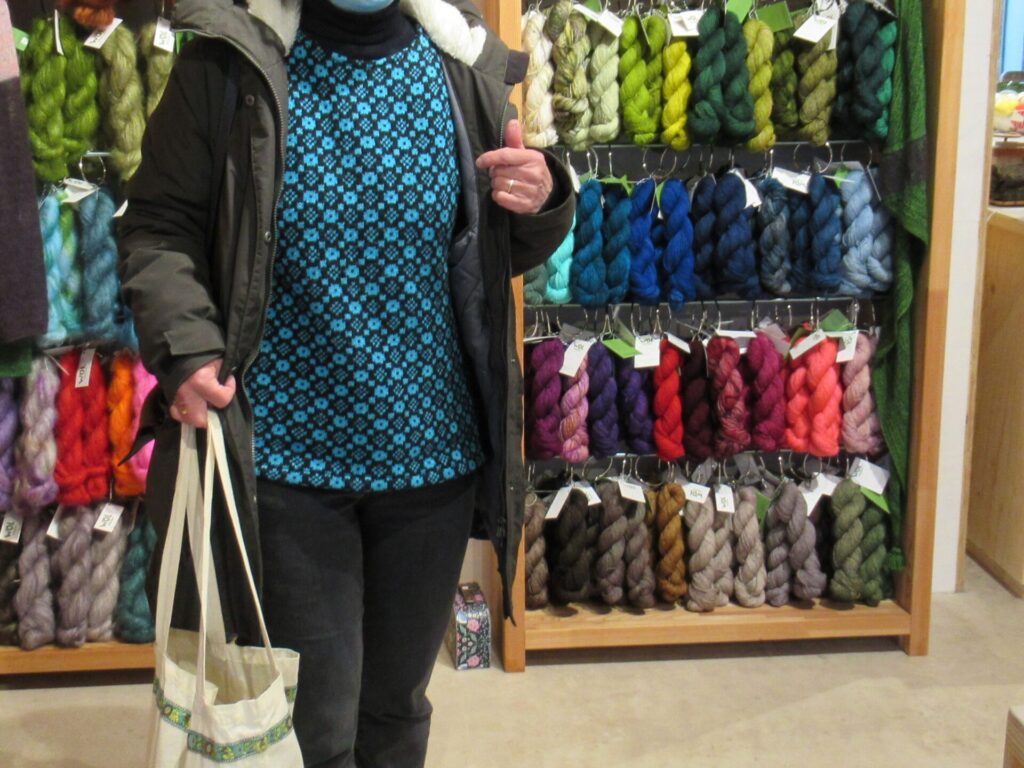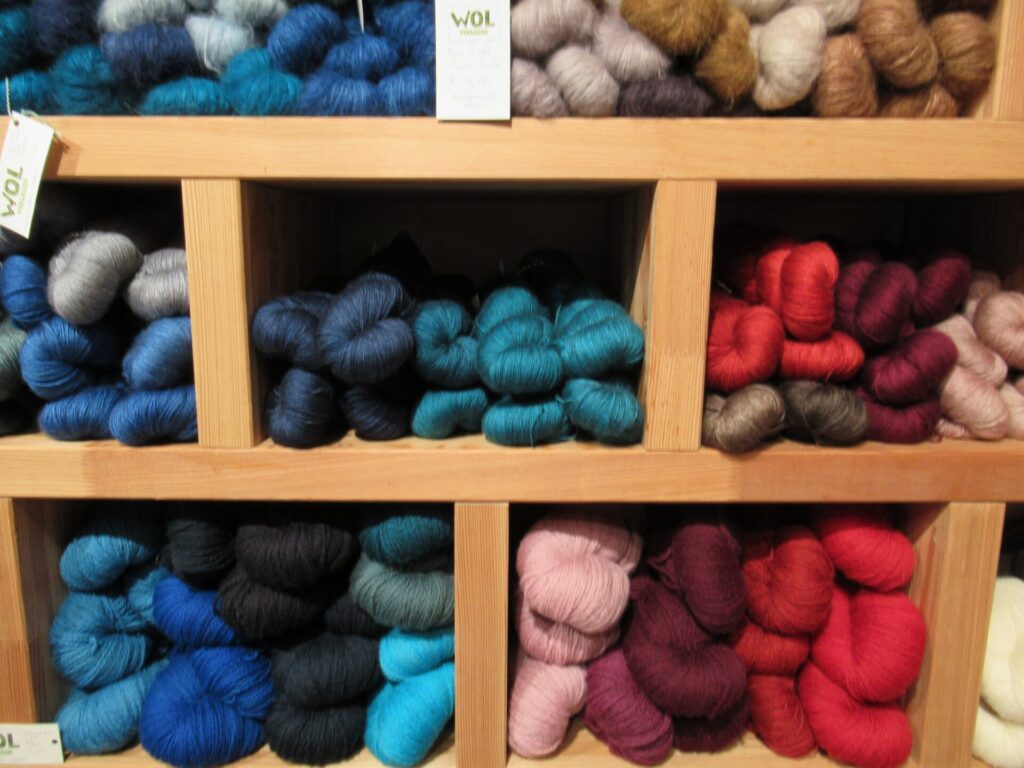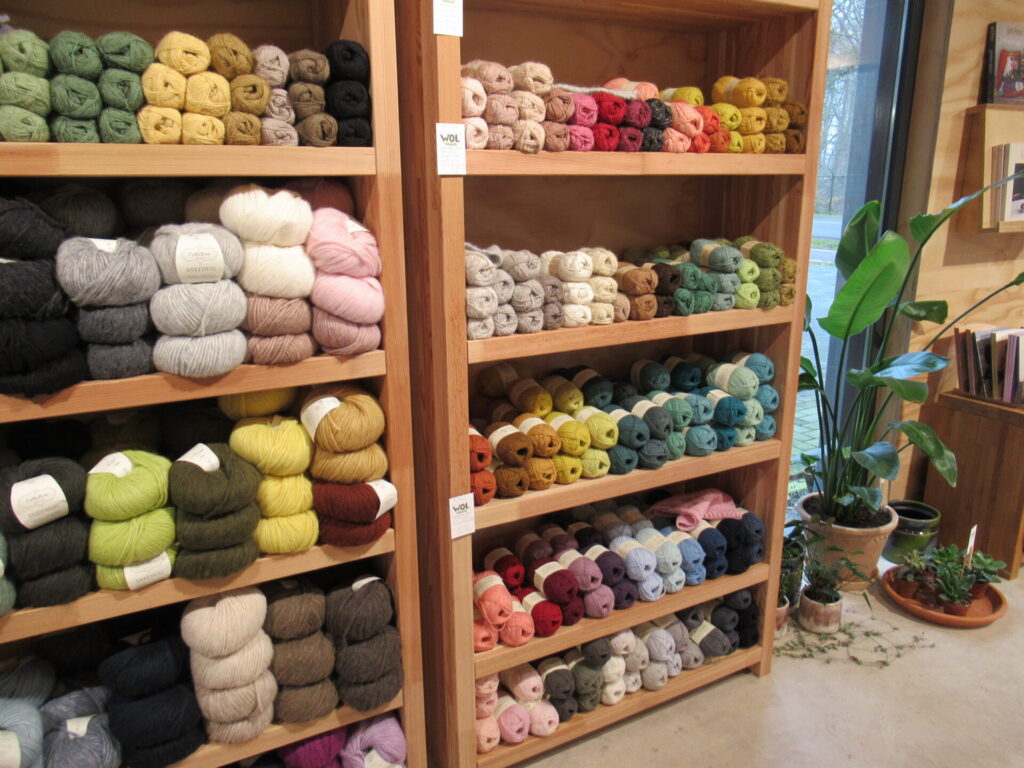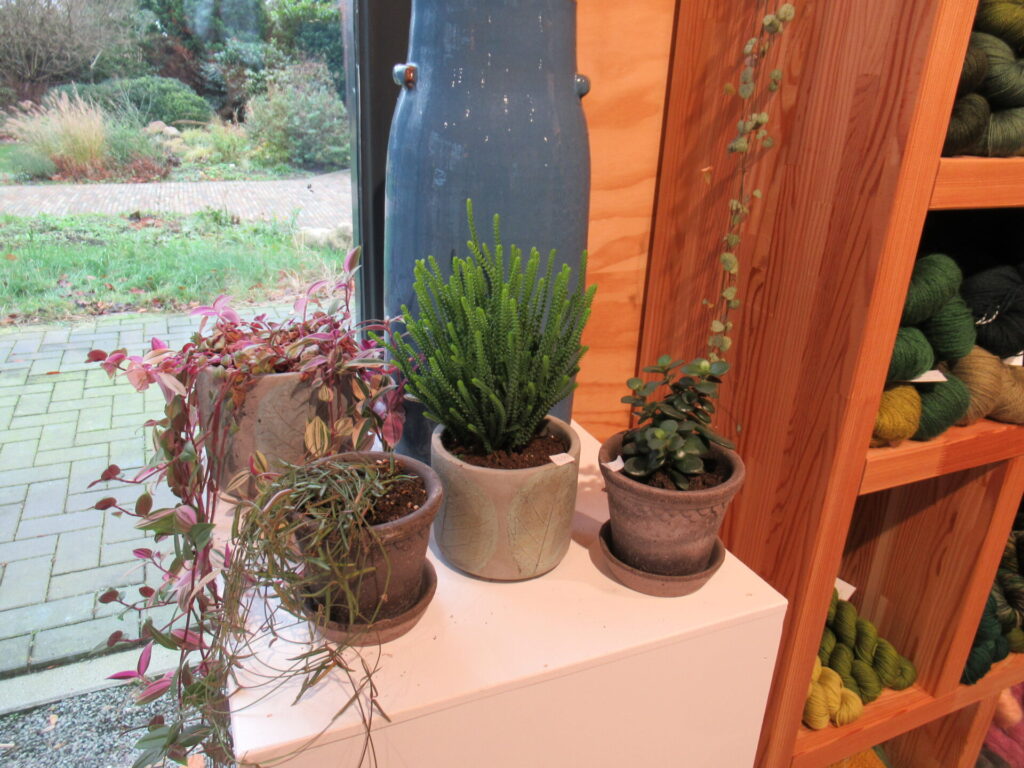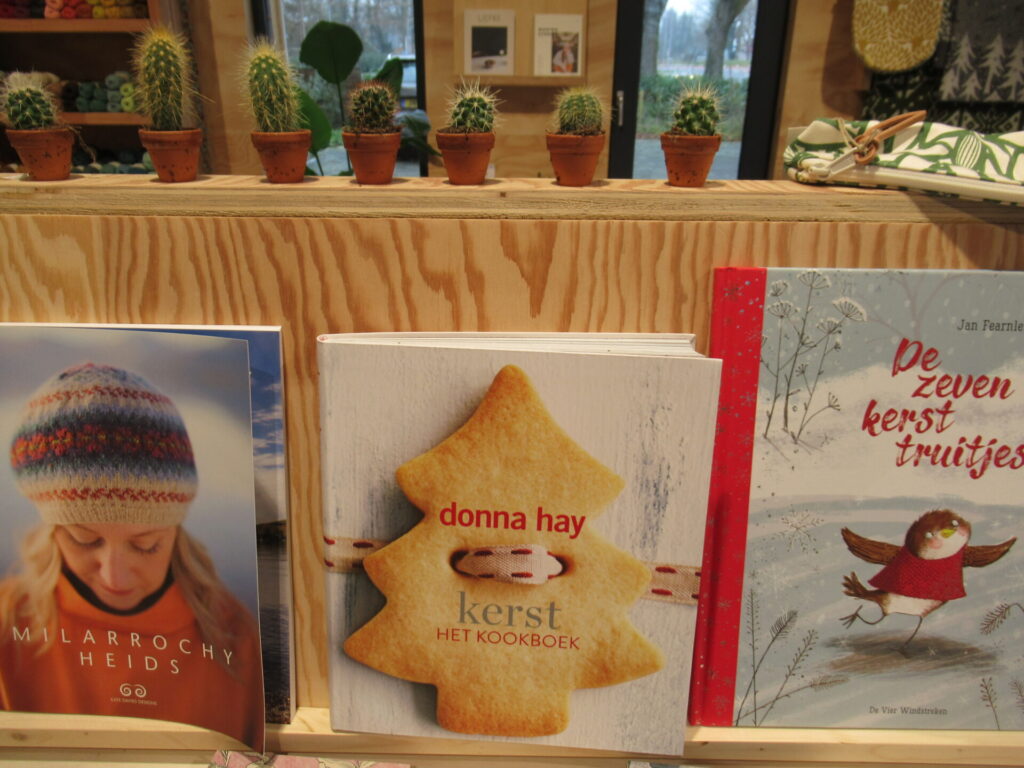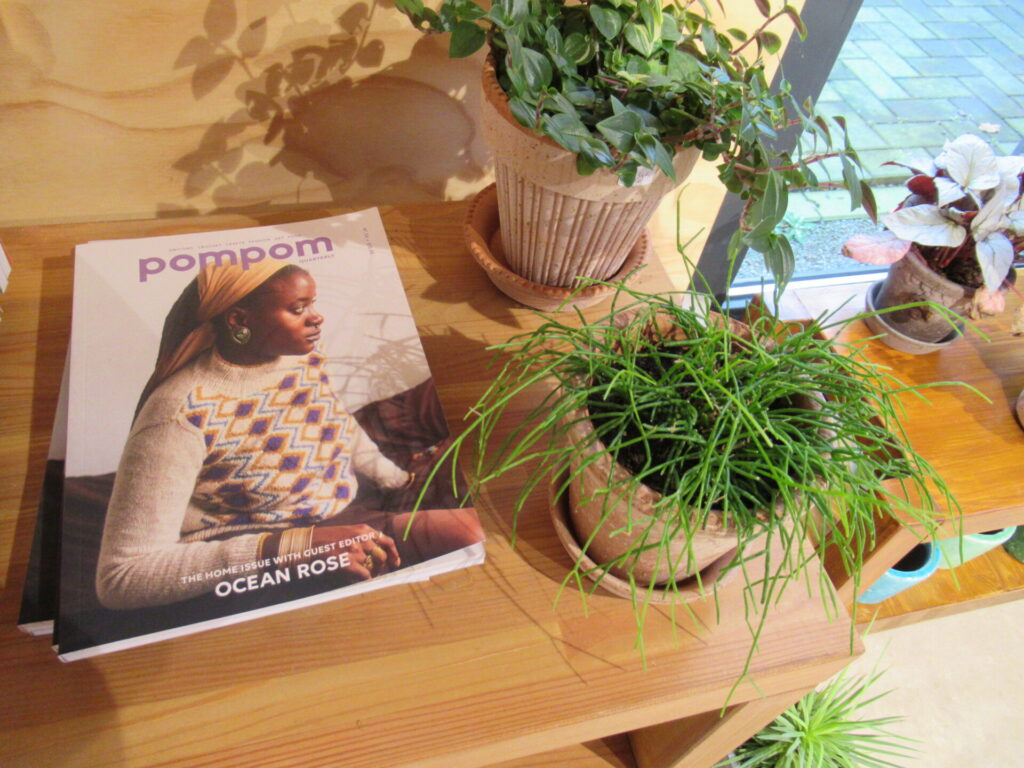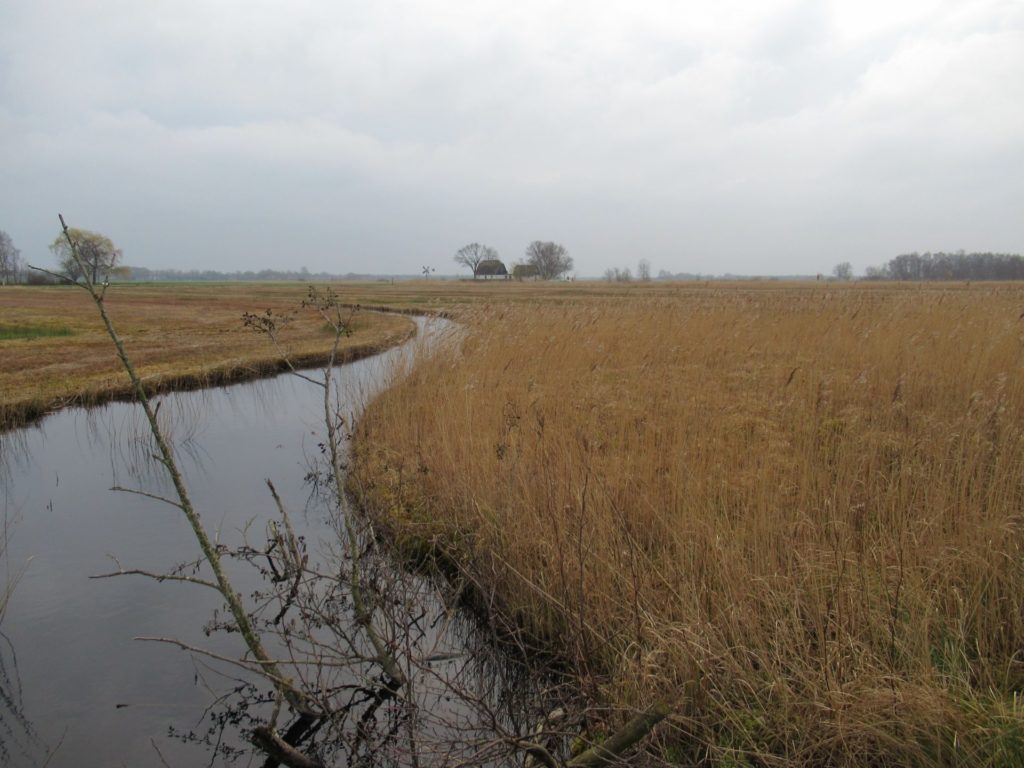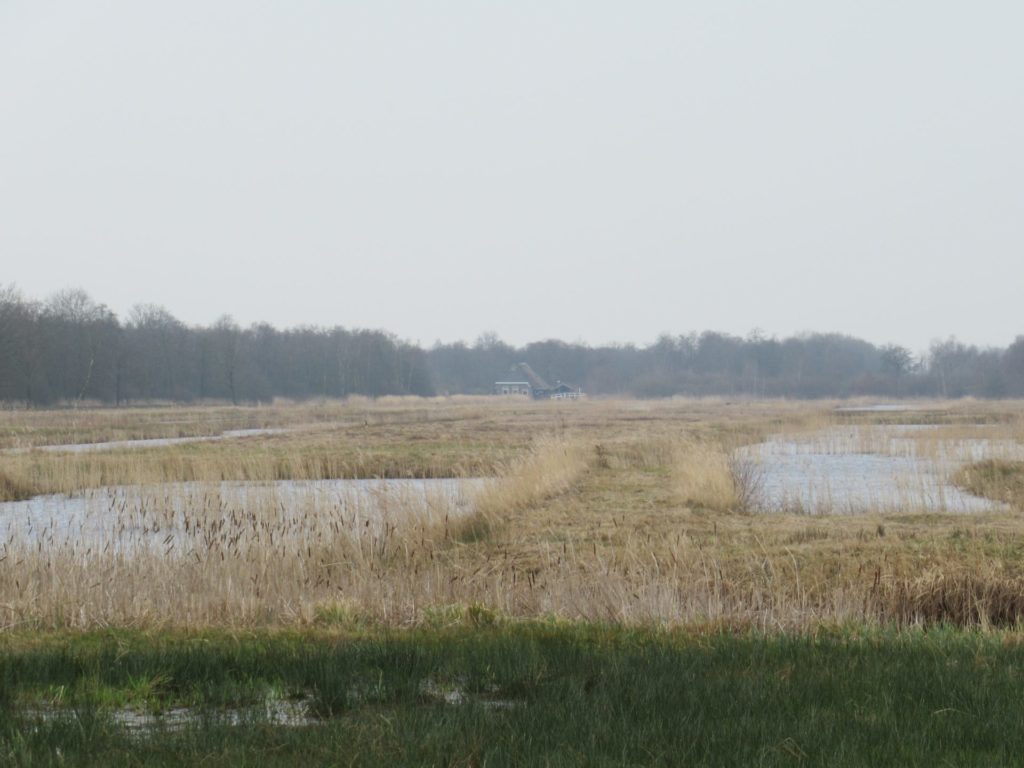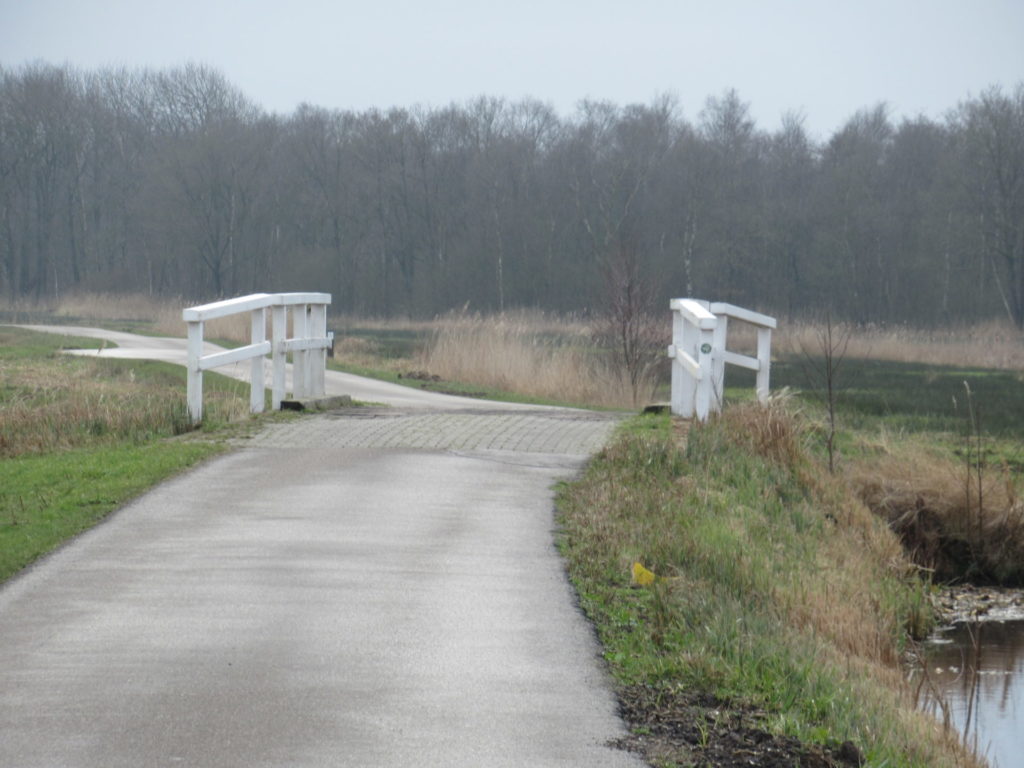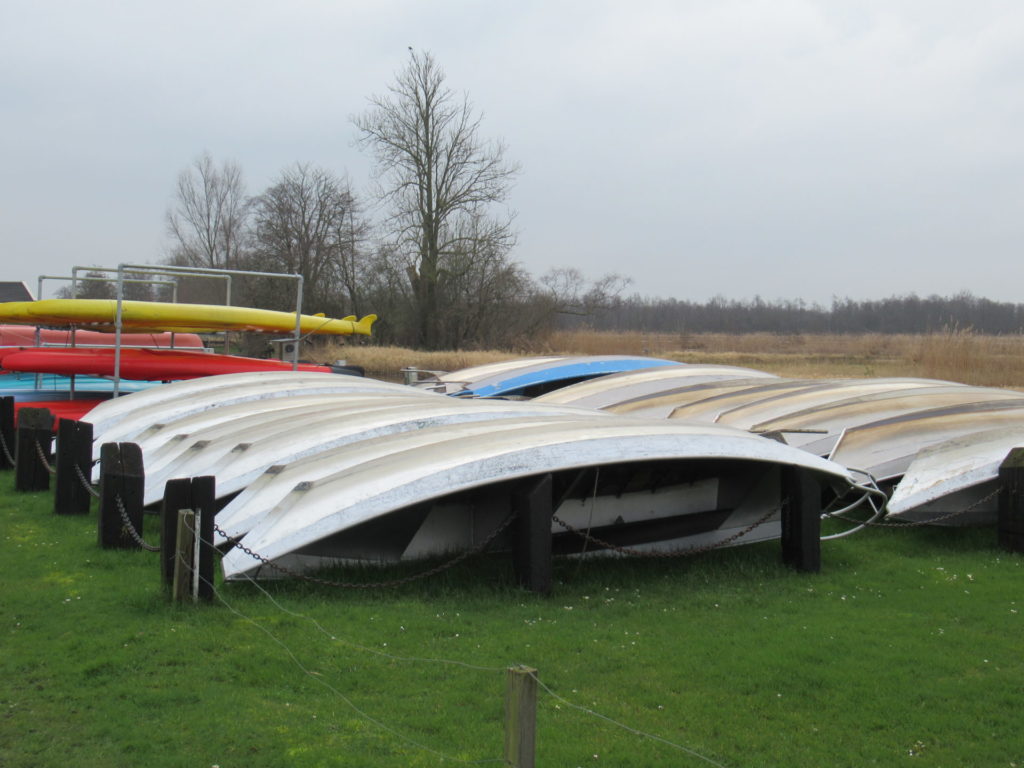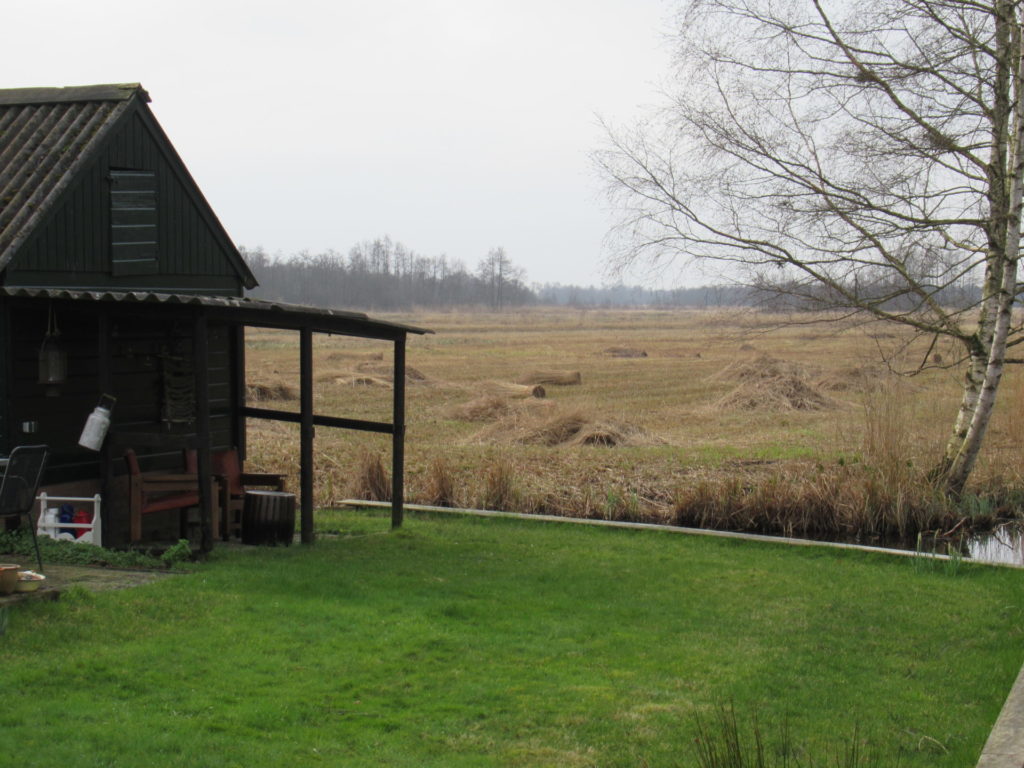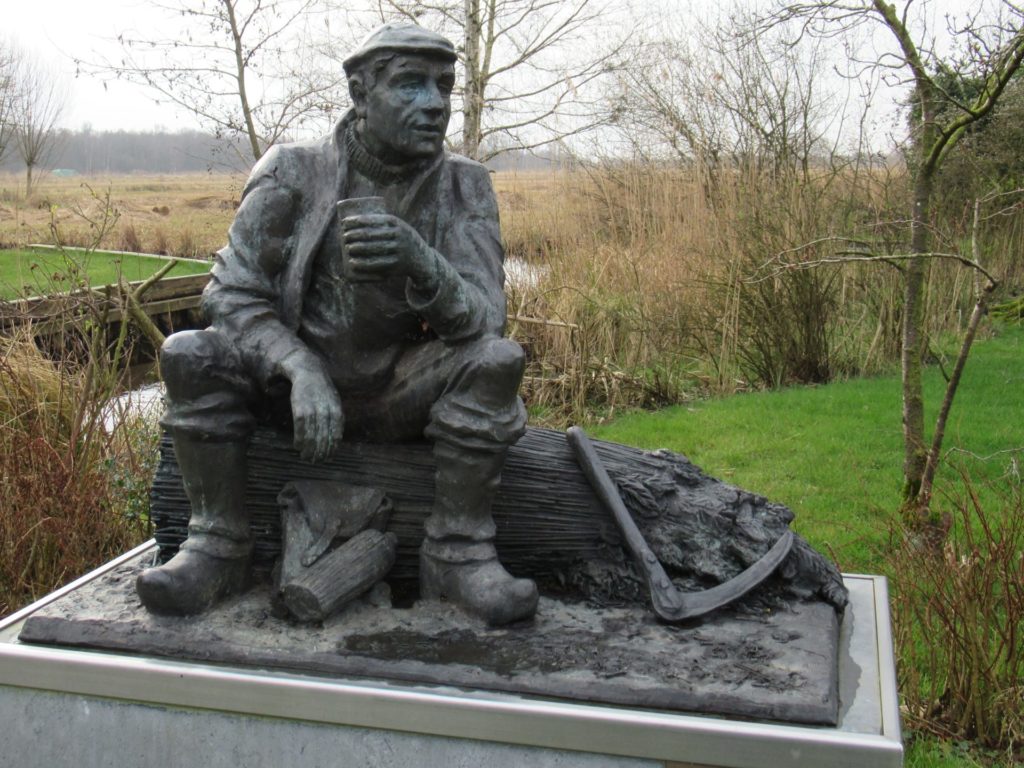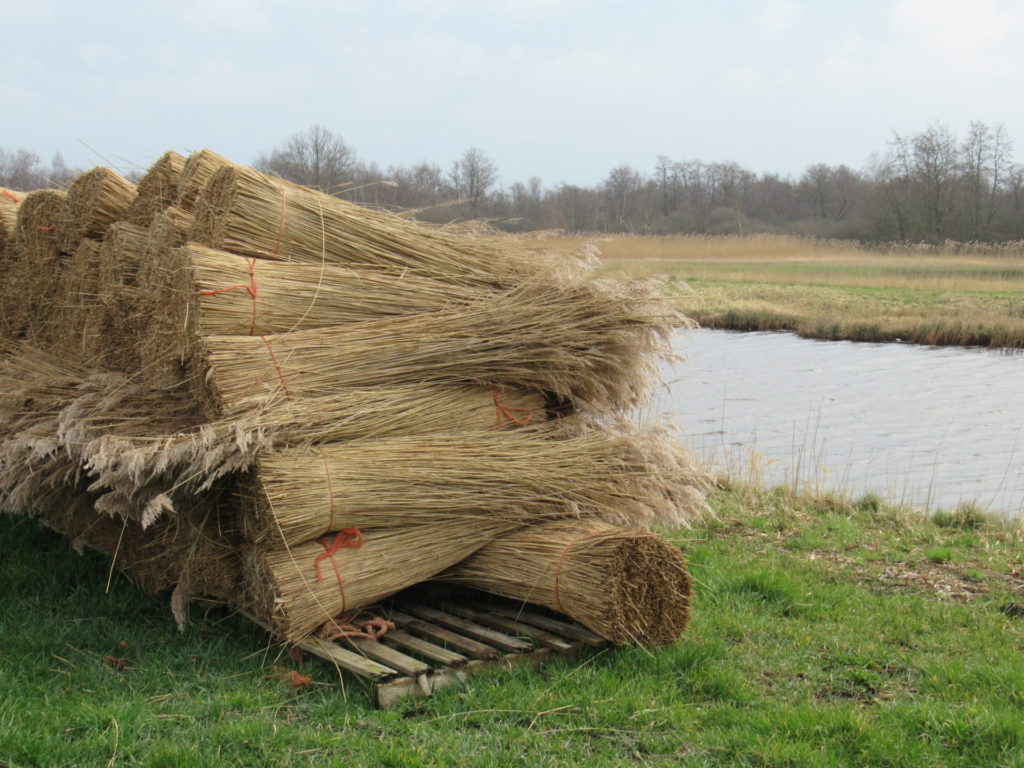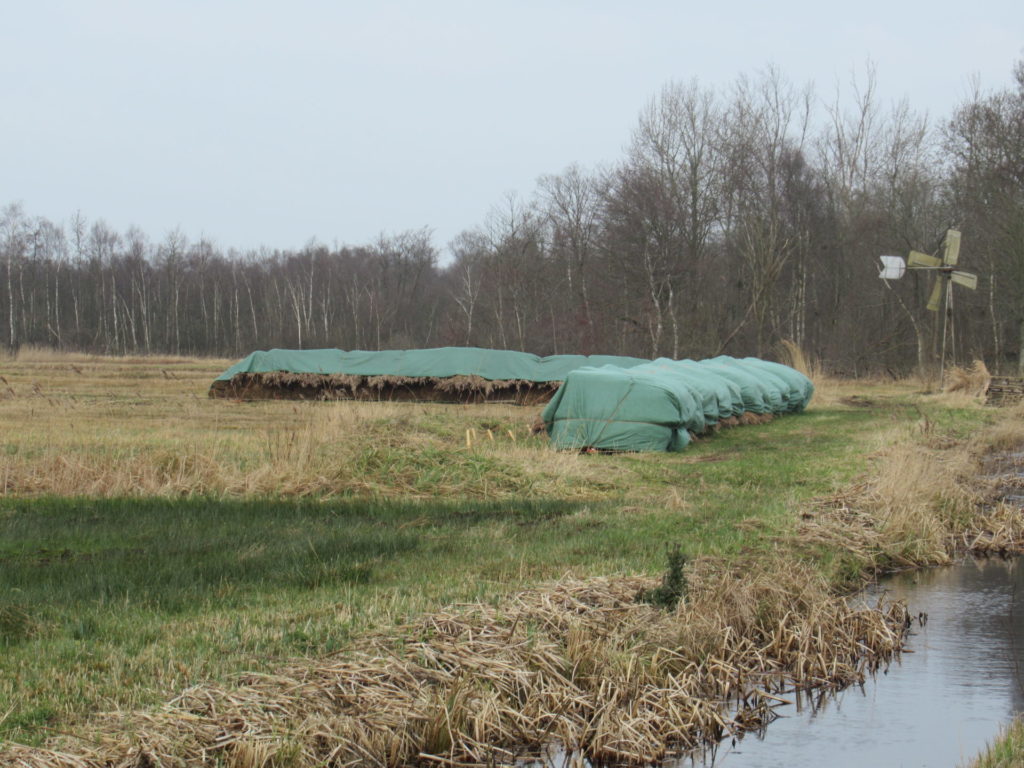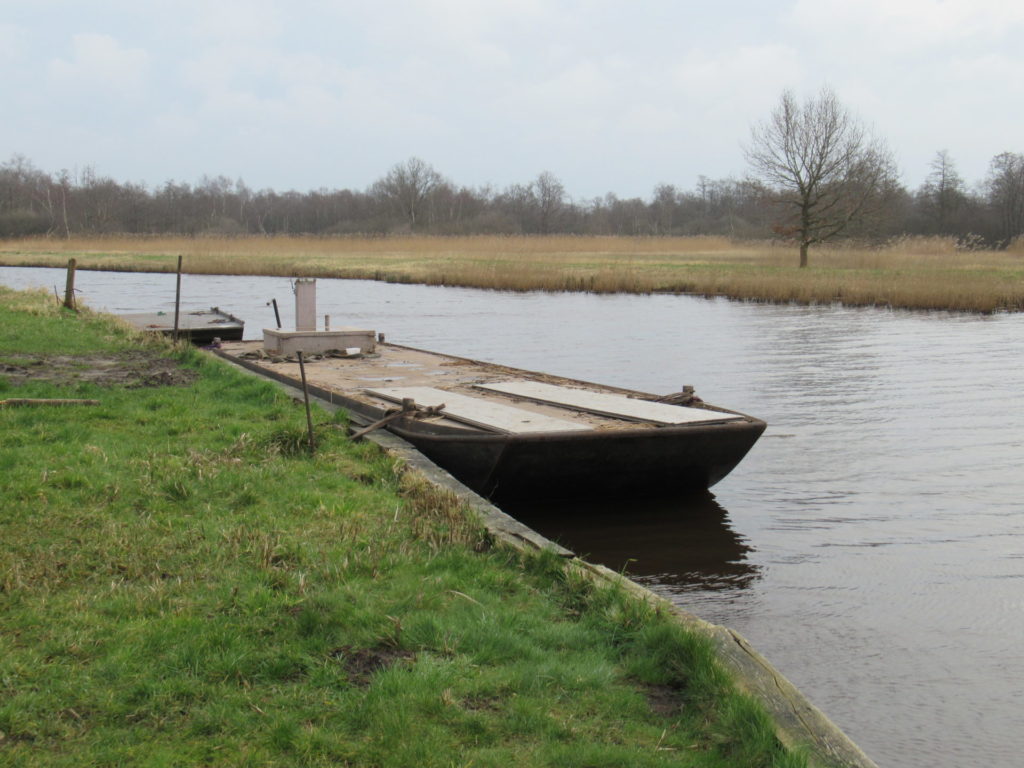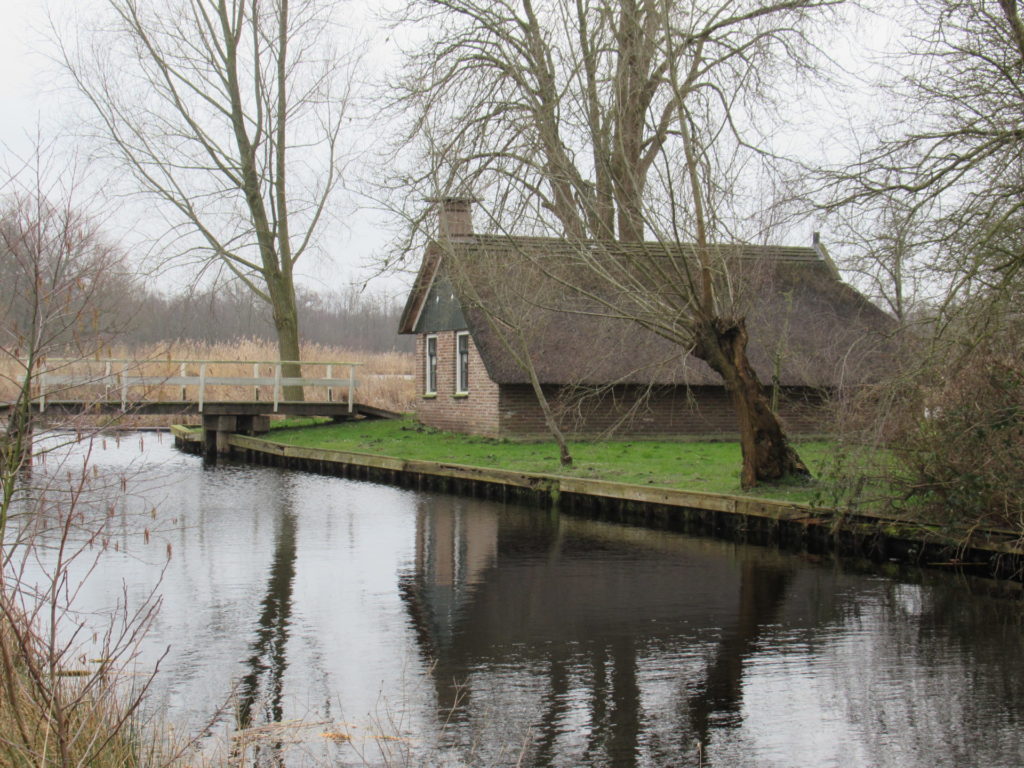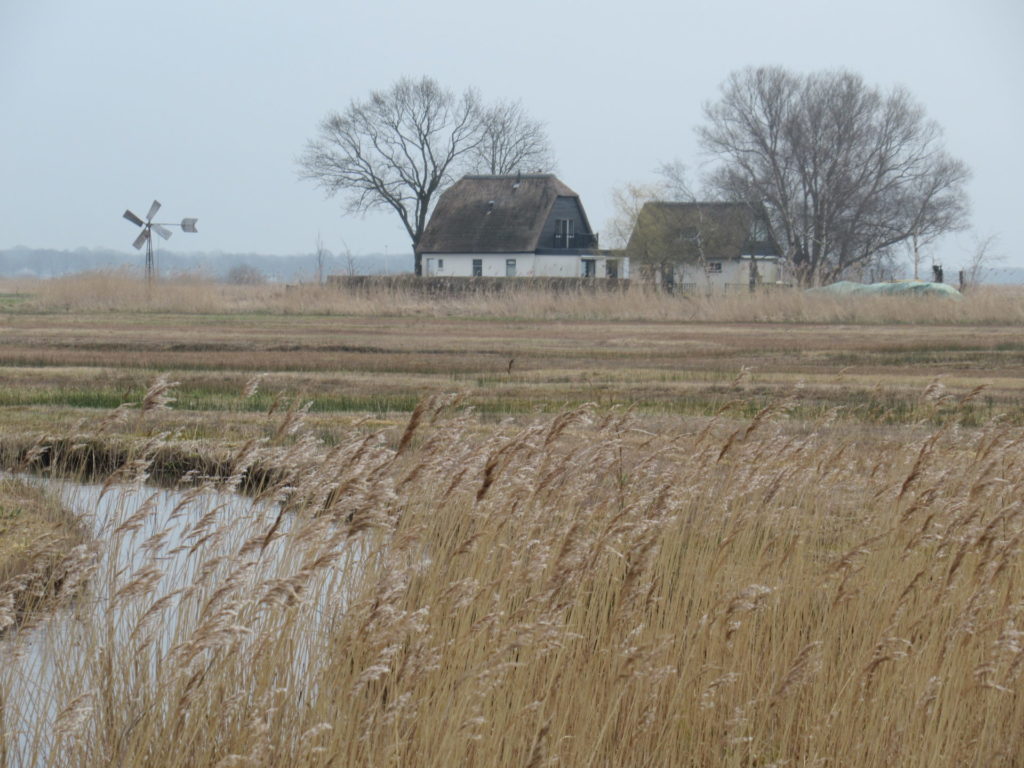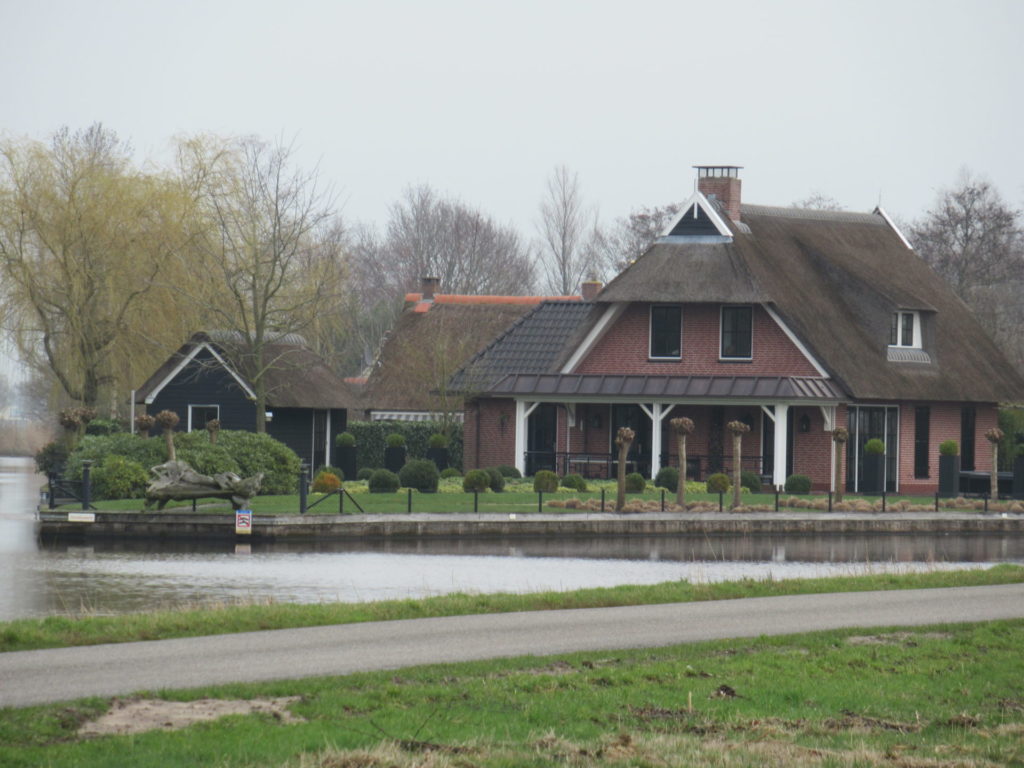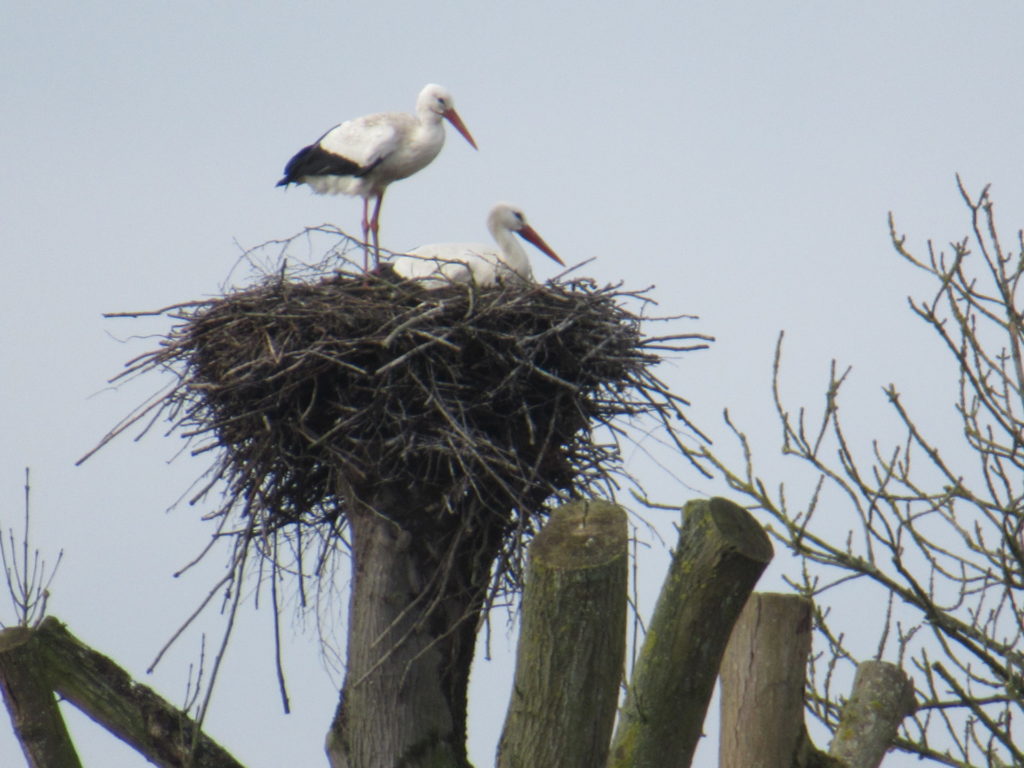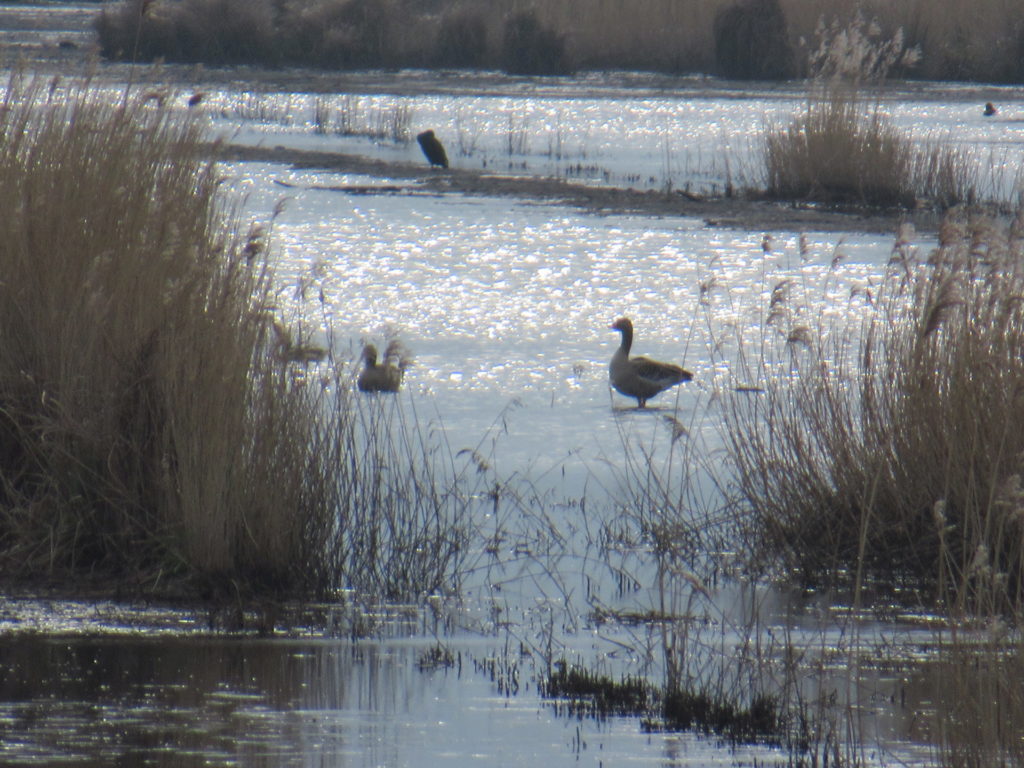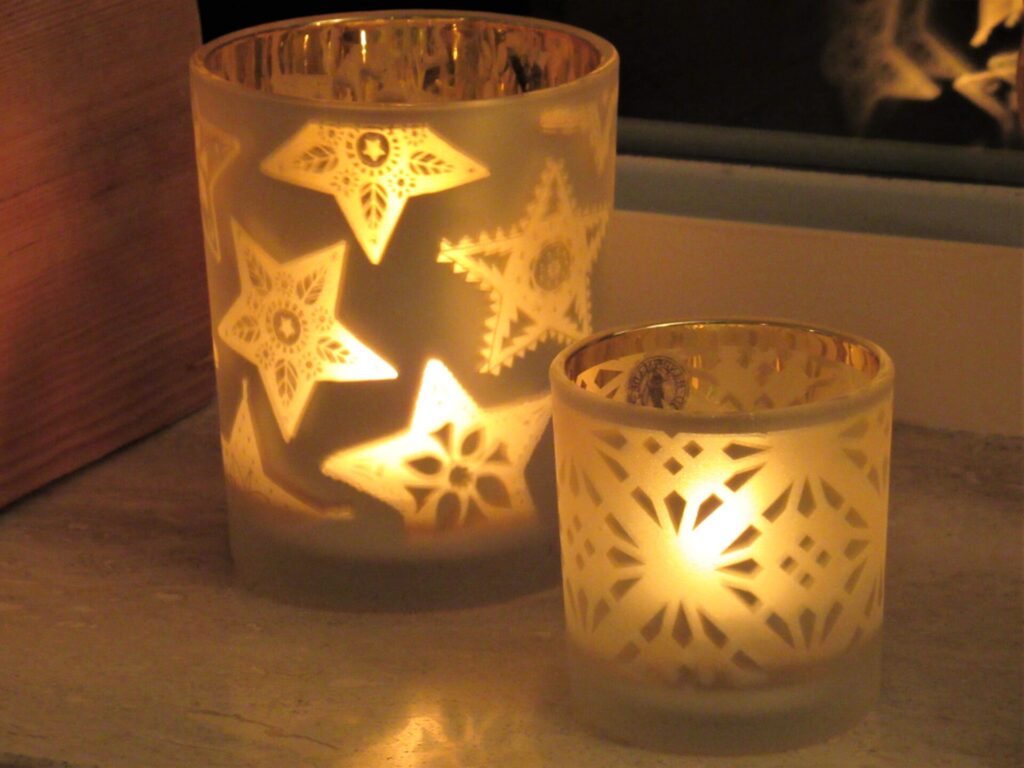
Hello, and welcome to the 3rd episode in the irregular series Places to Sit and Knit. For this Christmas special, I’m inviting you into our home. You’ll recognize it by the paper stars on the window.
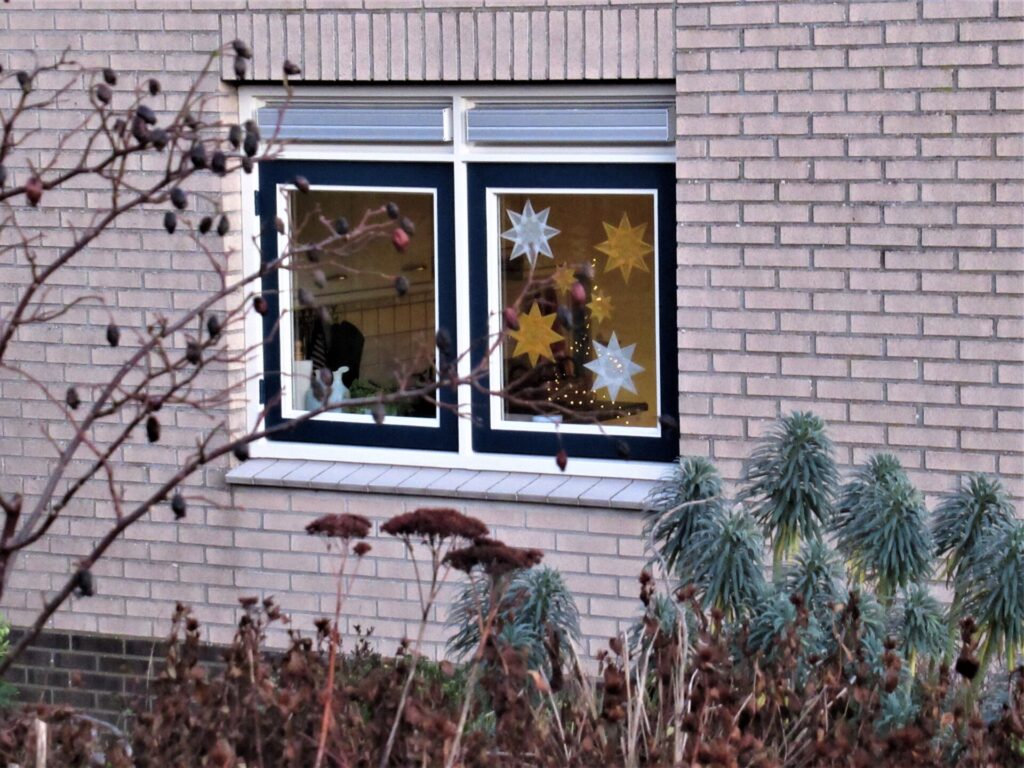
What better place to sit and knit at Christmas than at home? Especially this Christmas. I don’t know what it’s like in your part of the world, but here in the Netherlands we’re in a strict lockdown again. Everything is closed, except essential shops (unfortunately the powers that be don’t count yarn shops among them) and other essential facilities. Let’s hope it’s enough to prevent black scenarios early in the New Year.
We’re only allowed 2 visitors a day (4 at Christmas) in real life. Fortunately the number of virtual visitors is unlimited, so come on in! Would you like a cup of coffee or tea?
I was given a box of Austrian Advent Calendar Tea at the end of November, filled with green, black, white and herbal teas. It started with Gute Laune (Good Mood) tea on December the 1st.
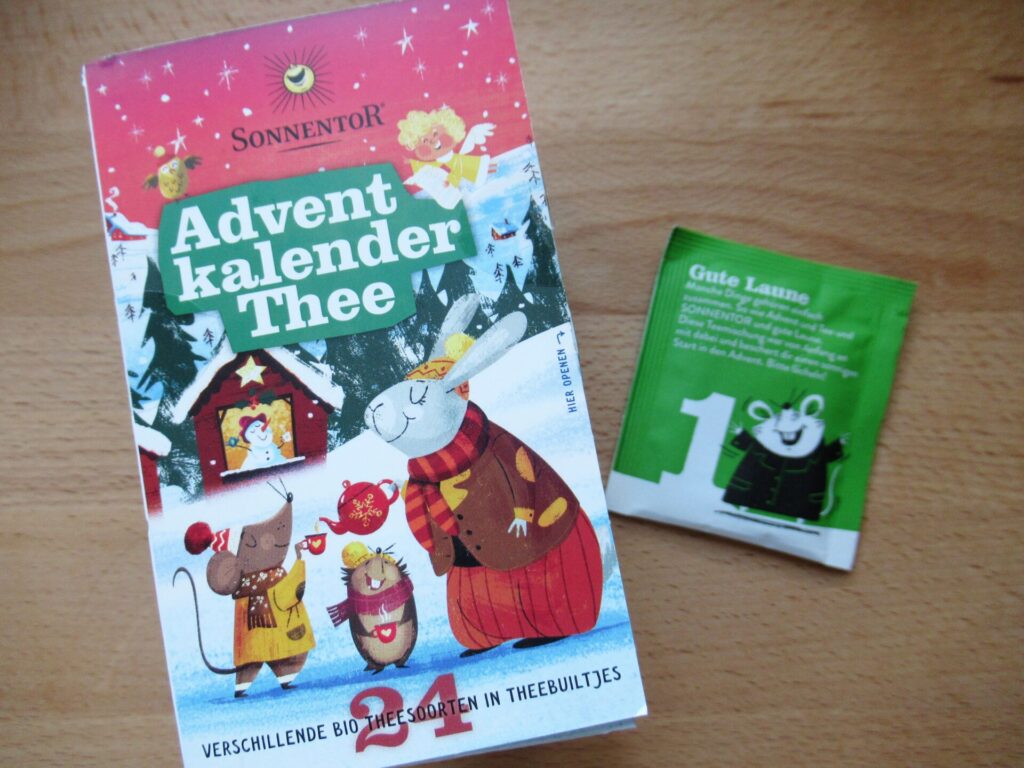
Today, the last offering is Heavenly Christmas Delight, a spicy blend with cinnamon, orange peel, apple and clove. It sounds delicious, don’t you think? Please take a seat while I make our drinks.
This is the sofa where I sit and knit at this time of the year.
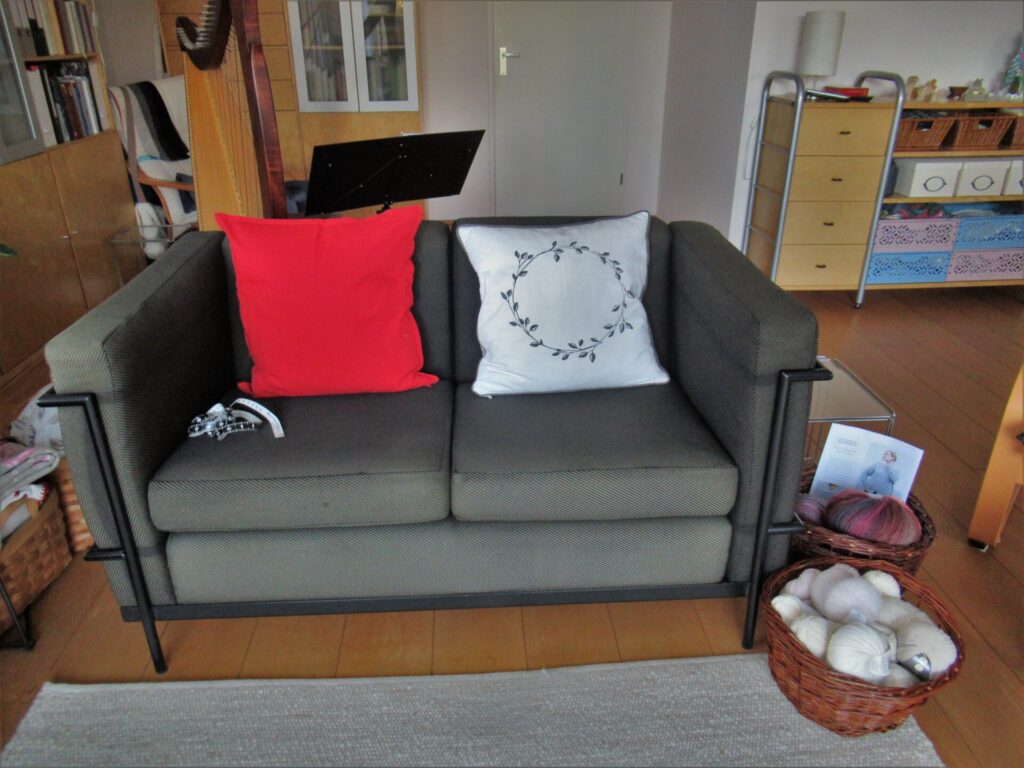
My knitting chair by the window was moved away to make room for the Christmas tree.
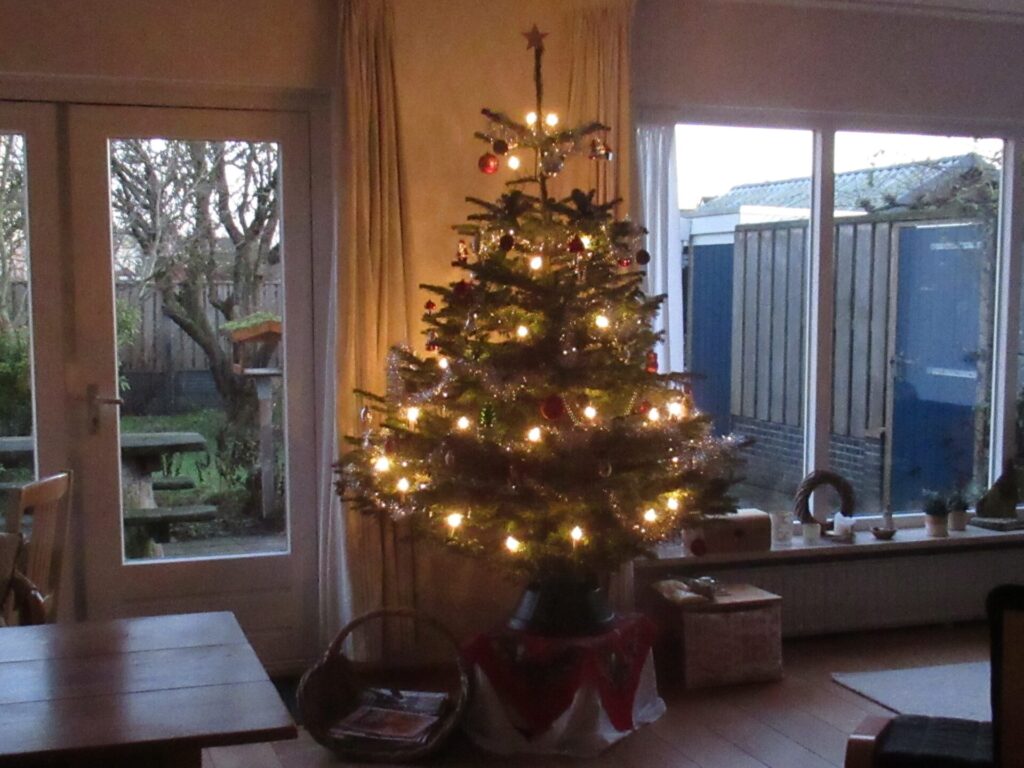
Apart from finishing several pairs of socks, I have finished the body of a roomy cardigan knit from two lace yarns held together. I have even blocked it before starting on the sleeves, which are knit from the shoulder down. It looks a dark grey in the photo below, but actually is a lovely teal.
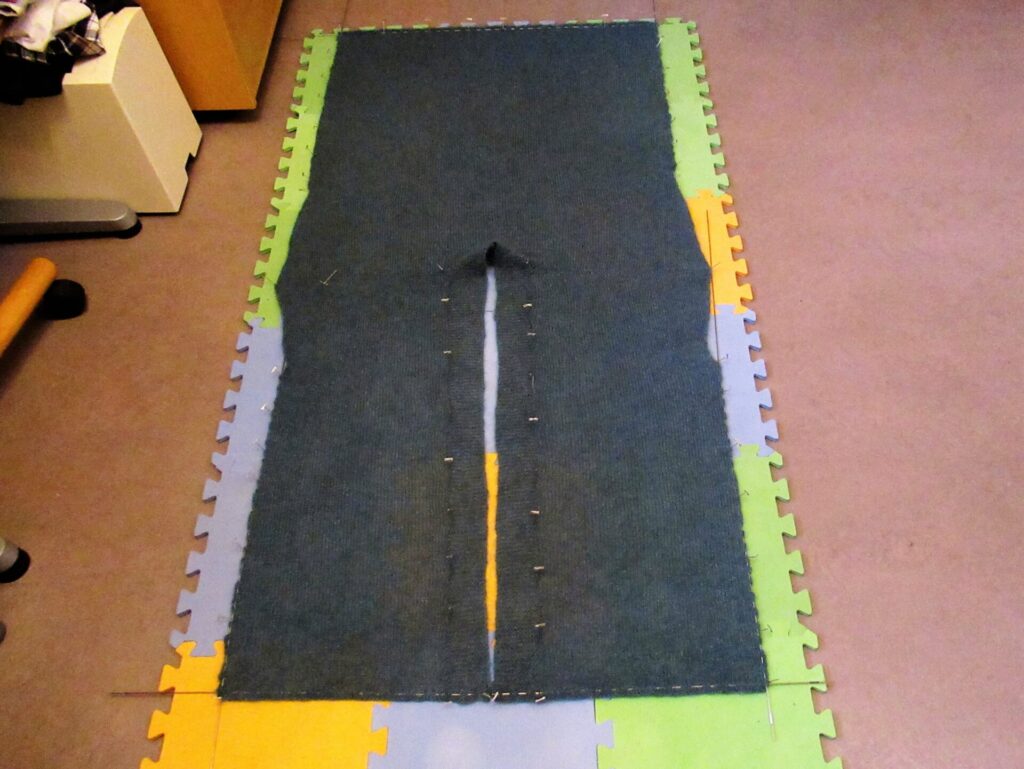
I have also made a start on the socks for my friend, the ones from the yarn with nettle in it instead of nylon. This yarn (Onion Nettle sock yarn) knits up differently compared to the yarns I’m used to. Here it is next to a sock from a traditional sock yarn that I’ve just finished.
Using the same number of stitches I usually cast on, the cuff turns out much wider. The yarn is also less elastic. Knitting on like this, I wouldn’t be happy with the end result.
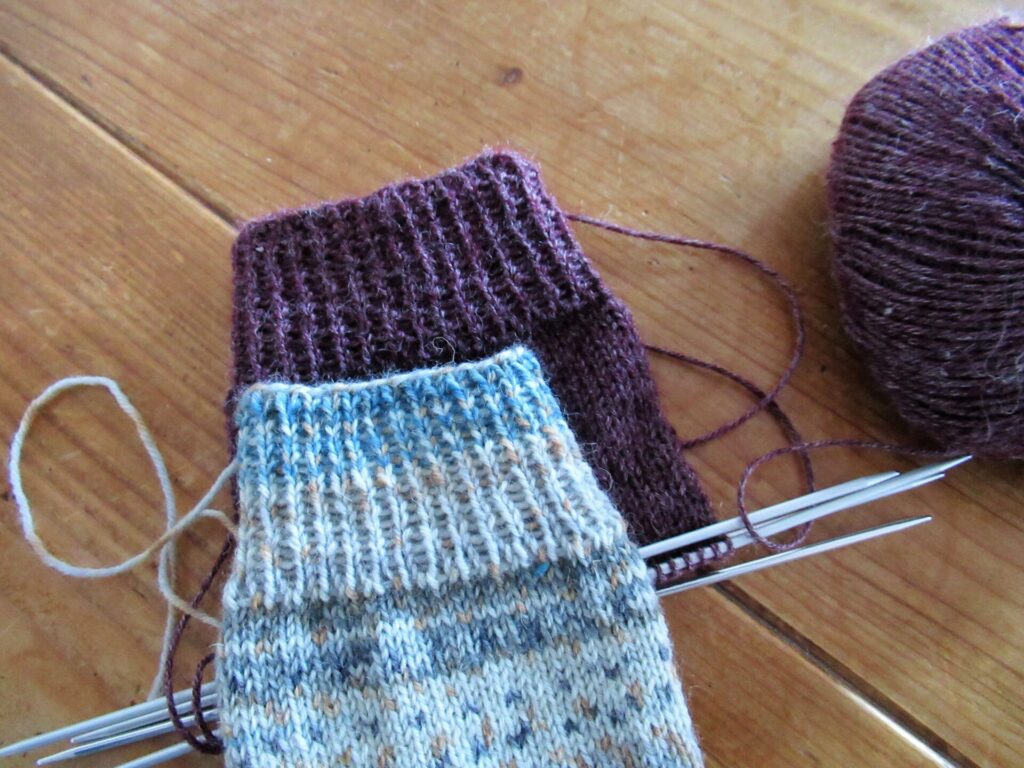
So what am I going to do: cast on fewer stitches, start anew with smaller needles and/or use a different stitch pattern? Twisted stitches in the ribbing, perhaps? Hmmm, need to give that some thought.
For the time being, I’m putting all my WIPs on hold to focus on two special Christmas Break projects. (There is that word again: focus, my word of the year 2021. Did I make any progress on that? Well, yes and no. I’ll try to write about that in January.)
The yarn for these projects is already in the baskets beside the sofa. The first is a simple, oversized, comfy sweater in a lofty yarn – Lang Cloud – in many shades of red, burgundy, pink, purple etc. I’ve photographed it outside to do the colours justice.
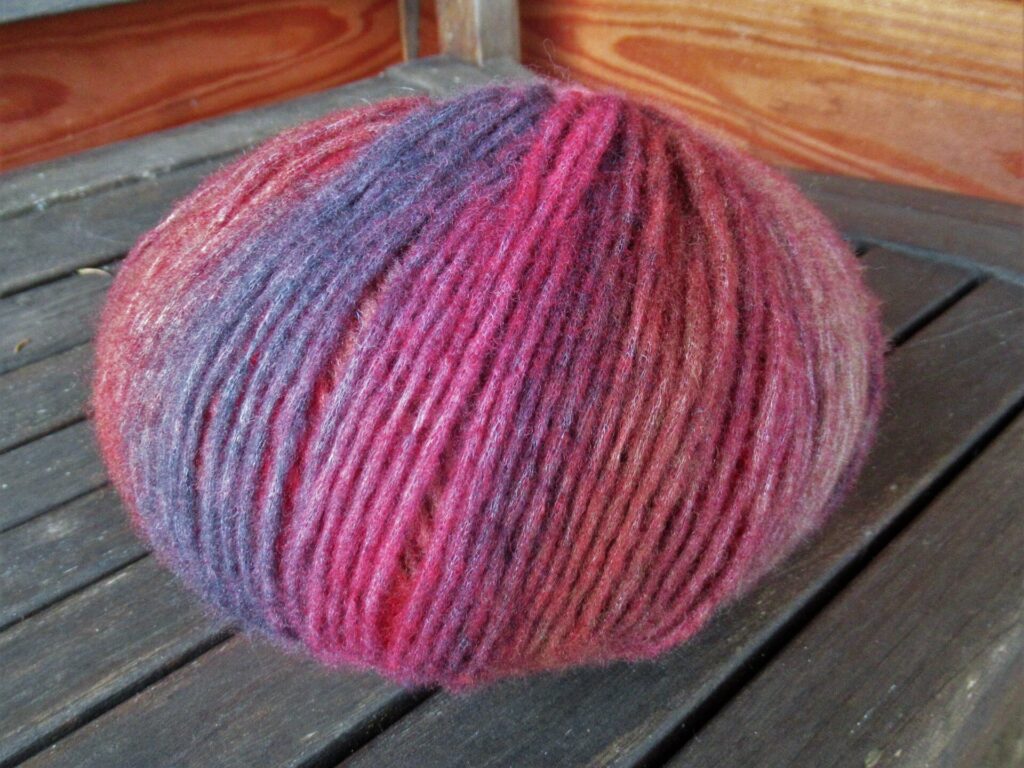
And my other Christmas Break project is knitting swatches. I’ve collected quite a few interesting yarns in undyed or neutral shades over the past couple of years. Somehow I never got round to them, and it feels like a real treat to finally get to try them out. My plan is to knit stocking stitch swatches on different needle sizes and try the yarns out in different stitch patterns as well, hoping that this will give me new ideas for things to design and make.
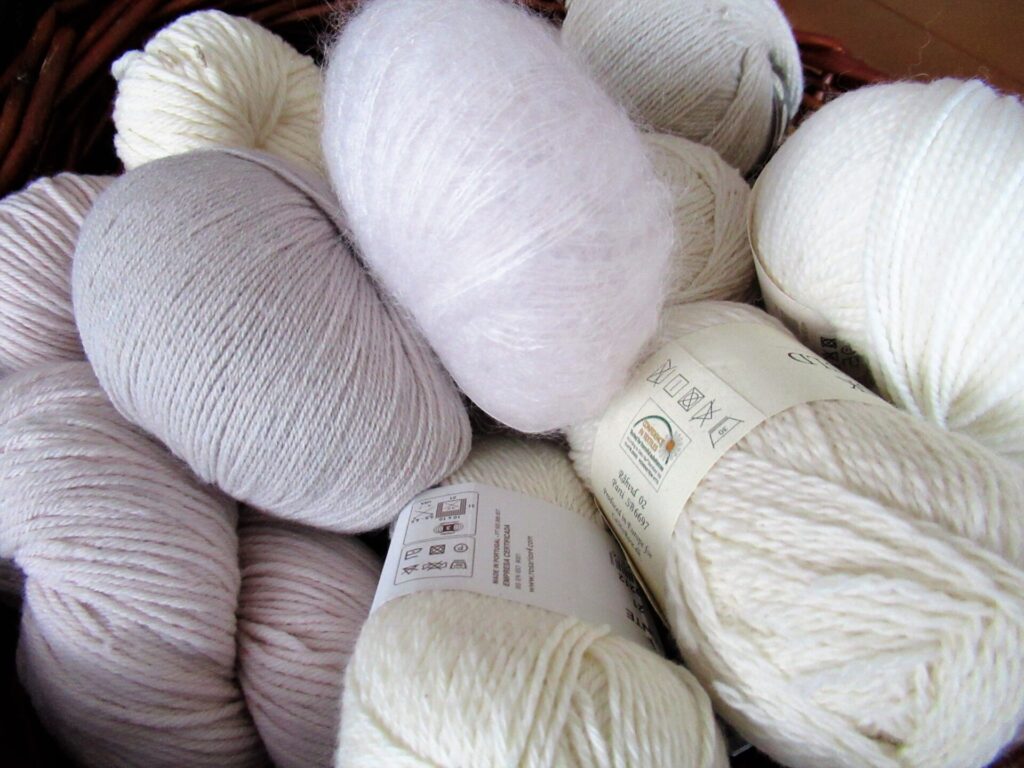
But that’s me nattering on. How are you doing? What is life like for you at the moment? Have you planned any special celebrations? Or are you working over the holidays, in health care or another essential job? Are you struggling to stay positive, like me? How do you keep your worries at bay? Do you have something nice on your needles? Any special knitting plans? I’d love to hear about them. Please leave a comment if you feel like sharing. It’s also perfectly fine if you don’t feel like it. I understand – I often feel too shy to leave comments, too.
Now, how about some fresh air? Let’s go for a walk. (We can only go for walks in ‘groups’ of 2 at the moment IRL, but again, the numbers for virtual walks are unlimited.) It’s often dark and dreary here at the end of December, but this year it’s been a true Winter Wonderland on some days. So far, it’s only been hoar frost, but we may even get some snow over the coming days.
I’ve planted the pots around the house up with some mini conifers, ivy and checkerberry.
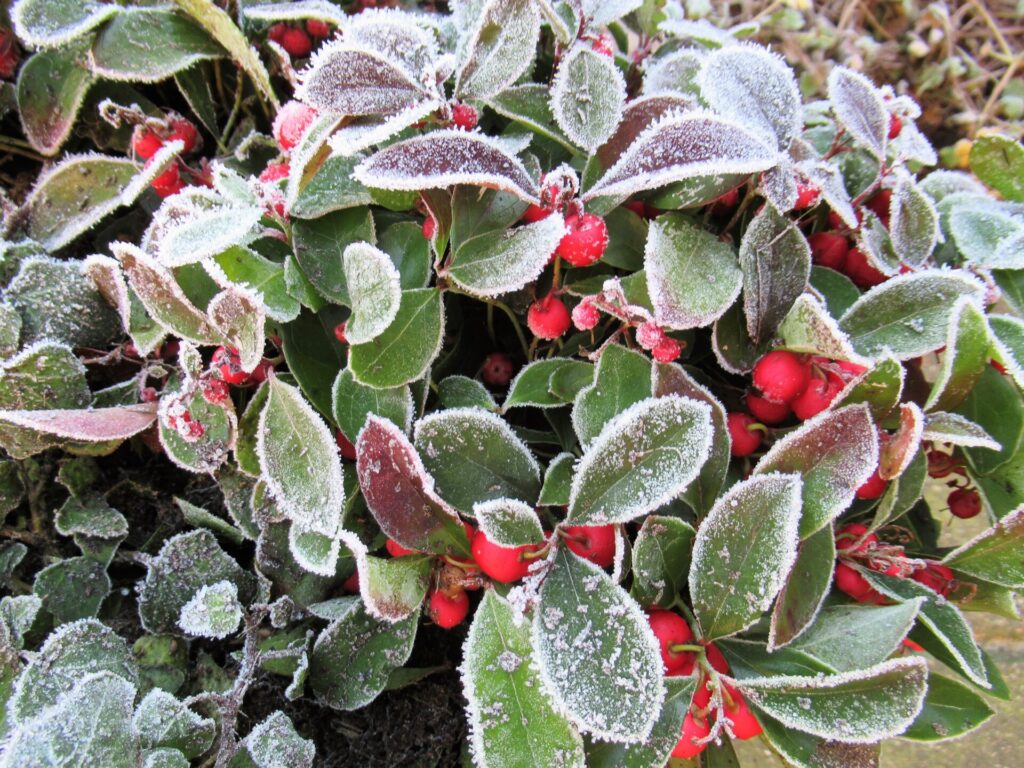
Almost every day, all year long, I take a stroll around our village. At this time of the year I love looking at other people’s Christmas trees.
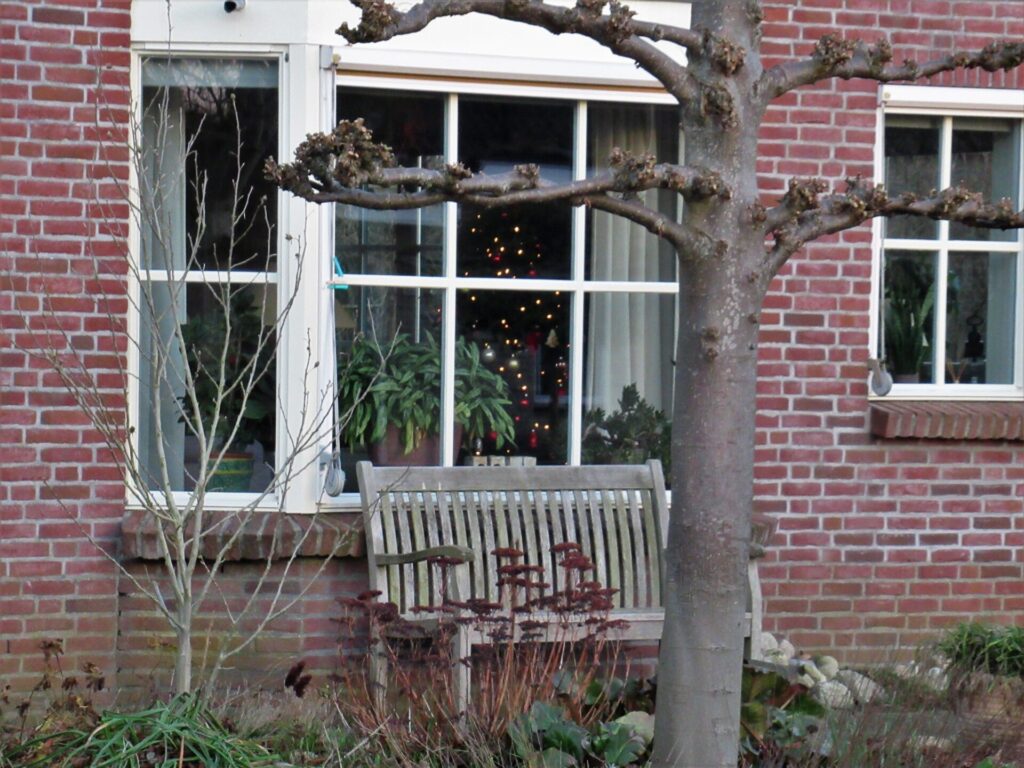
But on clear, frosty days it’s nicer to head out of the village. This is the view a two-minute-walk from our home.
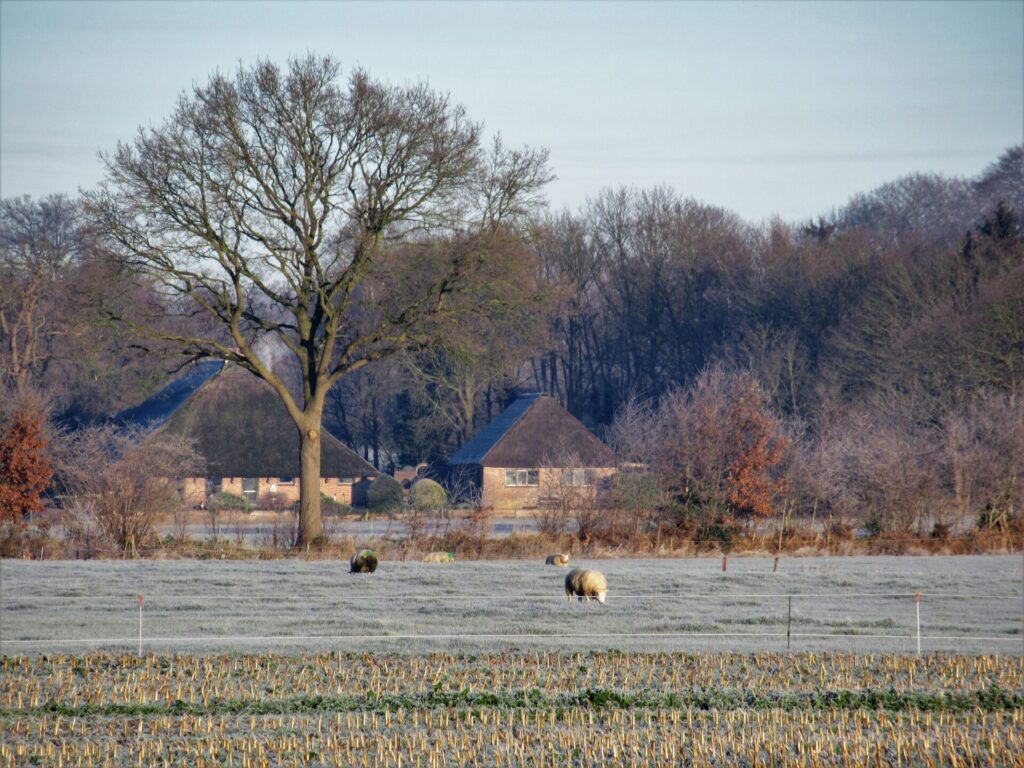
We are very fortunate to live here, and I never take it for granted. It’s not all idyllic, of course. But on some days even the local factory gets a magical quality, mirrored in a stream.
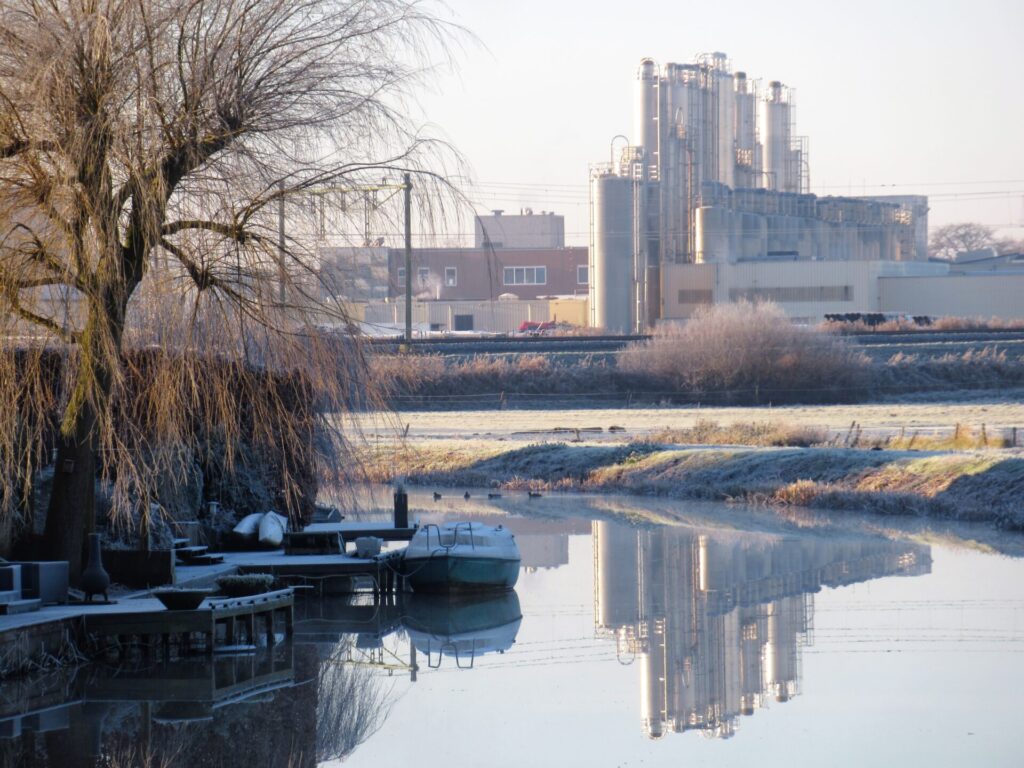
A little further on a blue heron is mirrored in the same stream.
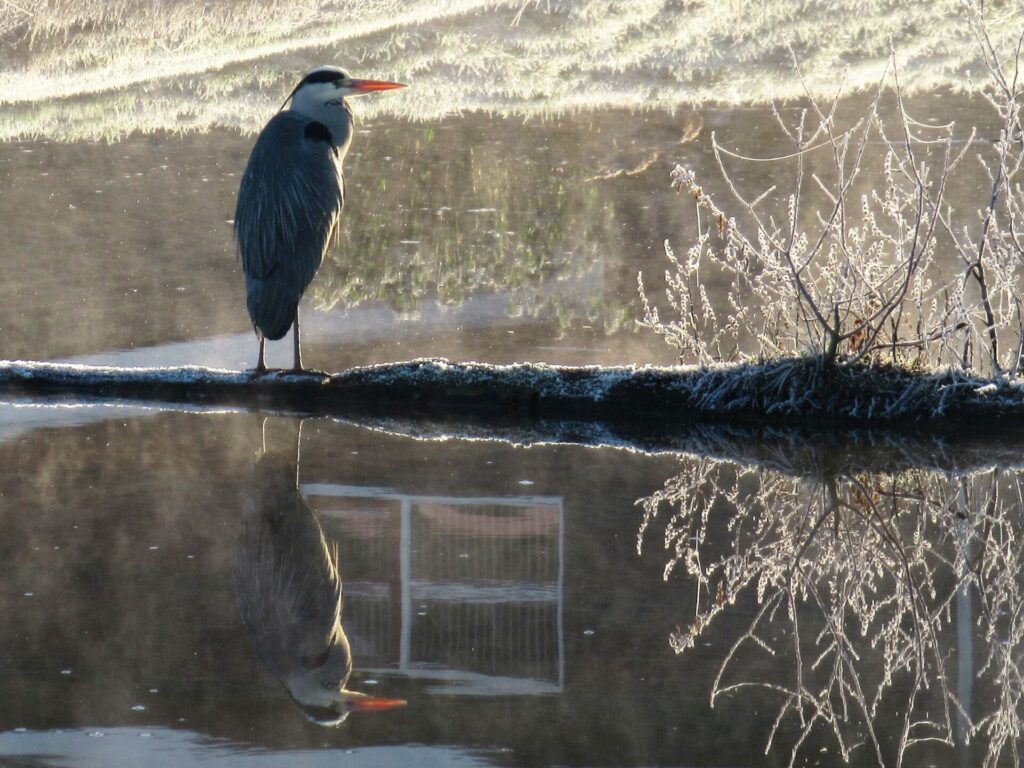
Father Frost has covered the plants with icy needles.
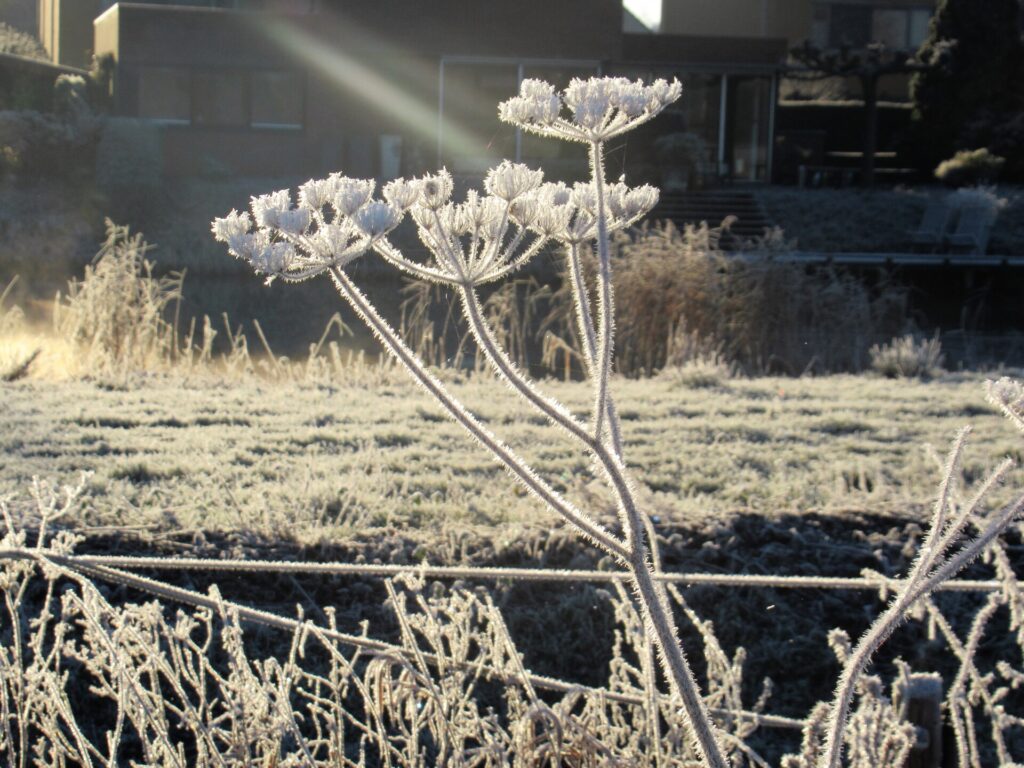
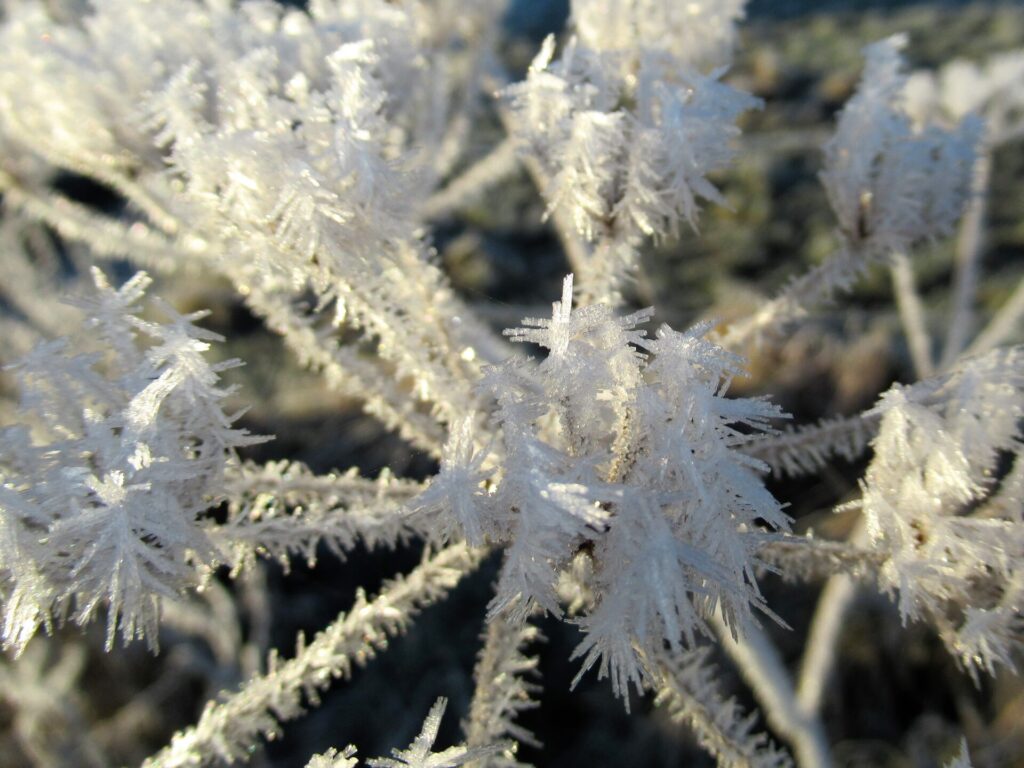
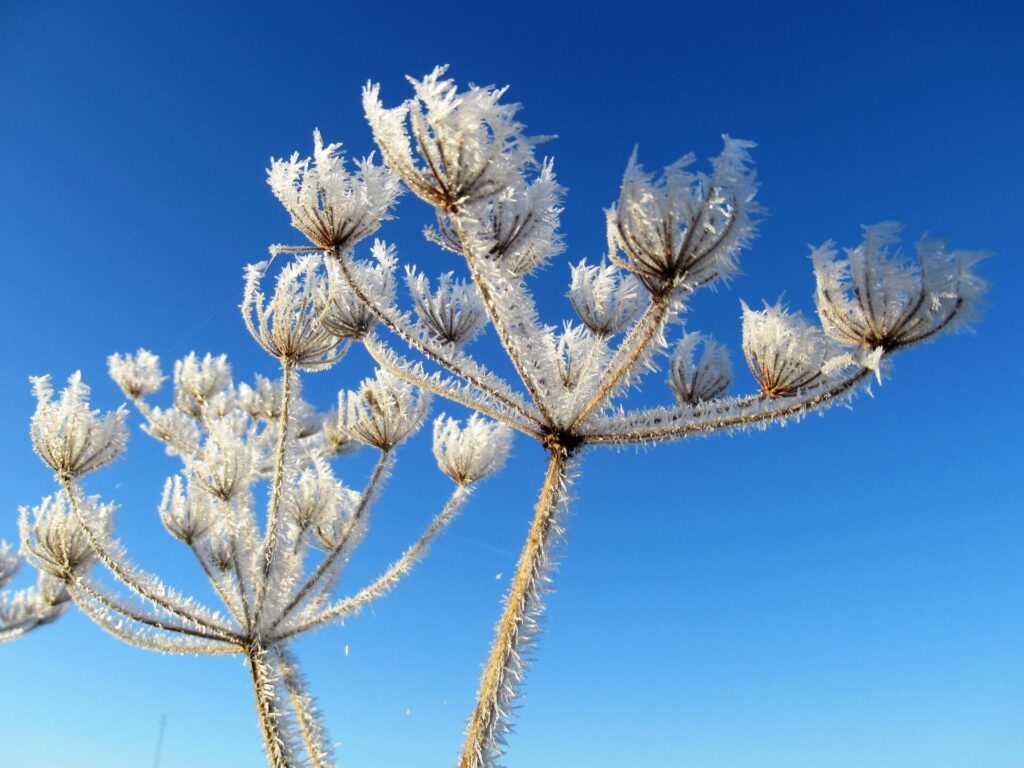
Truly magical.
Well, I think it’s time to head back home and light a few candles. Thank you so much for stopping by – I really, really appreciate your spending some time with me here. Apart from all of you, we’re expecting very few real-life visitors over the coming days and weeks. Only two, in fact. And we won’t be going anywhere either. We love seeing friends and family and spreading good cheer, but we’d hate to spread the virus, so we’re keeping ourselves to ourselves this year.
I’m taking a break from my blog for a while, to just sit and knit (and read, go for walks, eat some delicious things prepared by my other half, and watch The Lord of the Rings for the umpteenth time).
All the best for a safe and peaceful festive season and I hope to see you here again in the New Year!
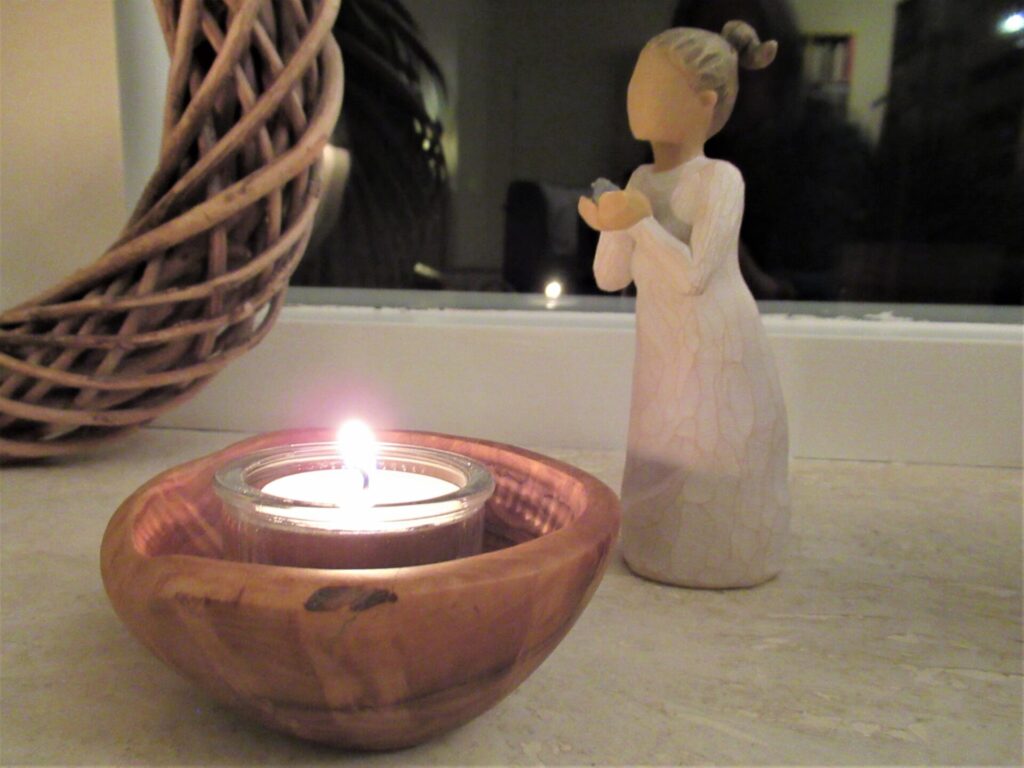
The other episodes in this series:
